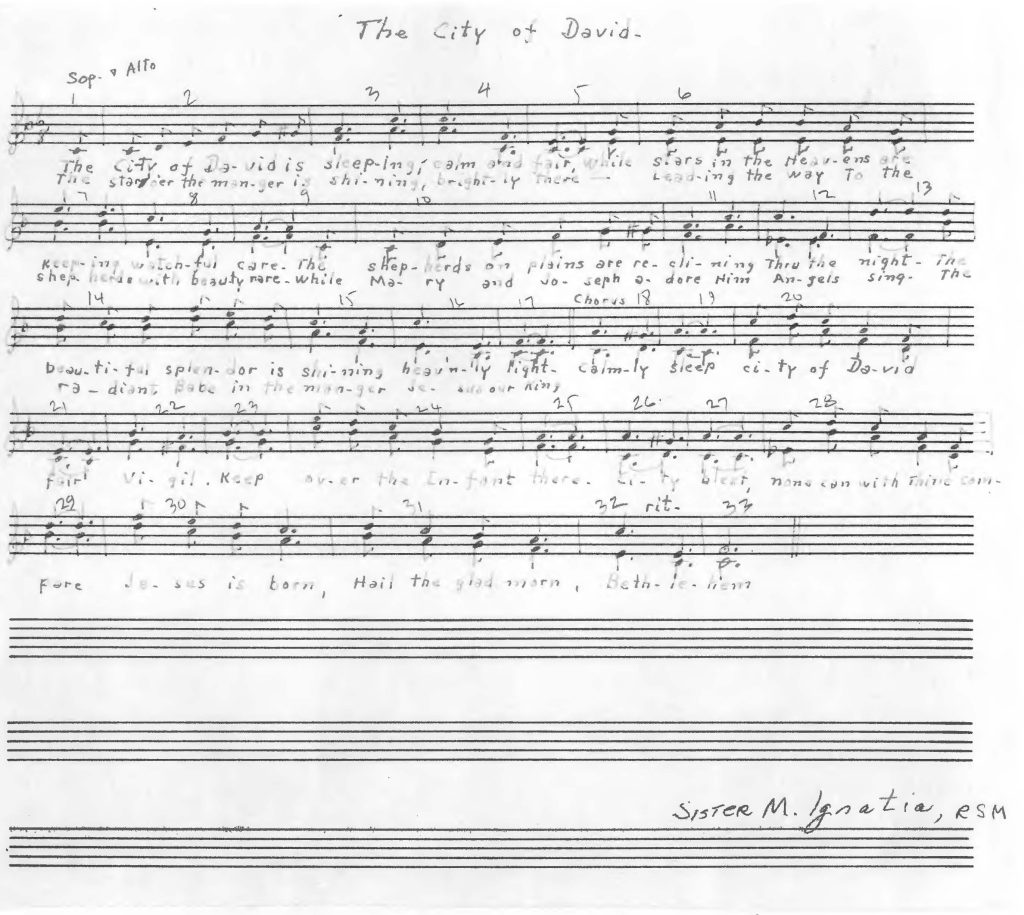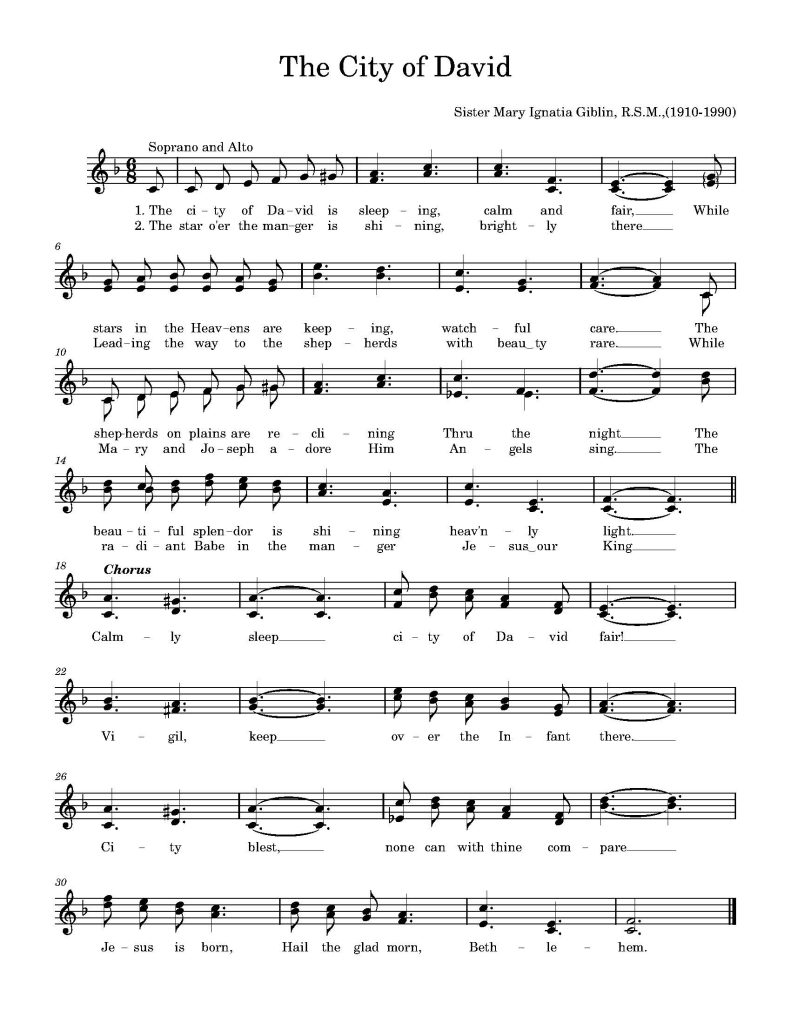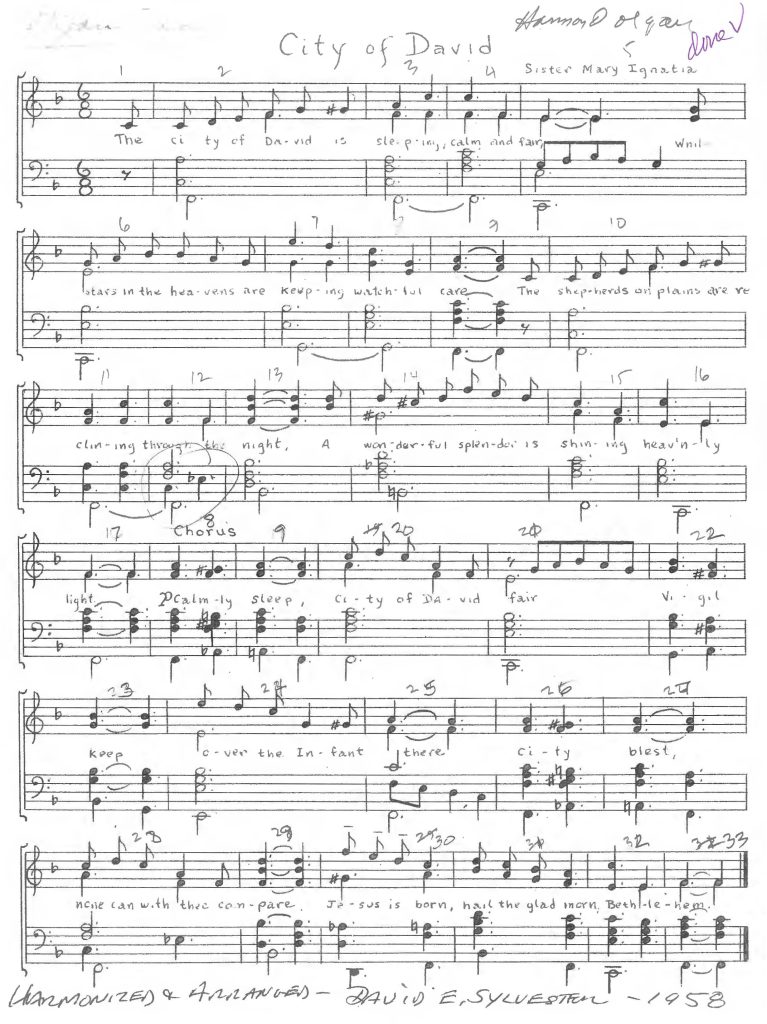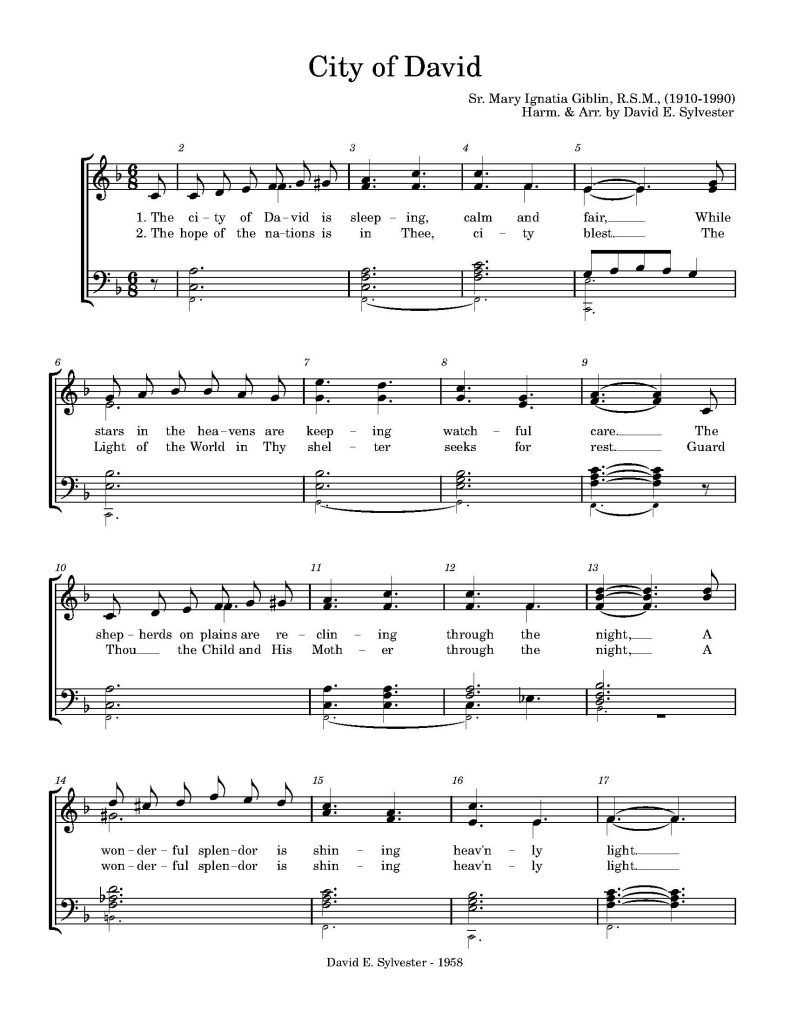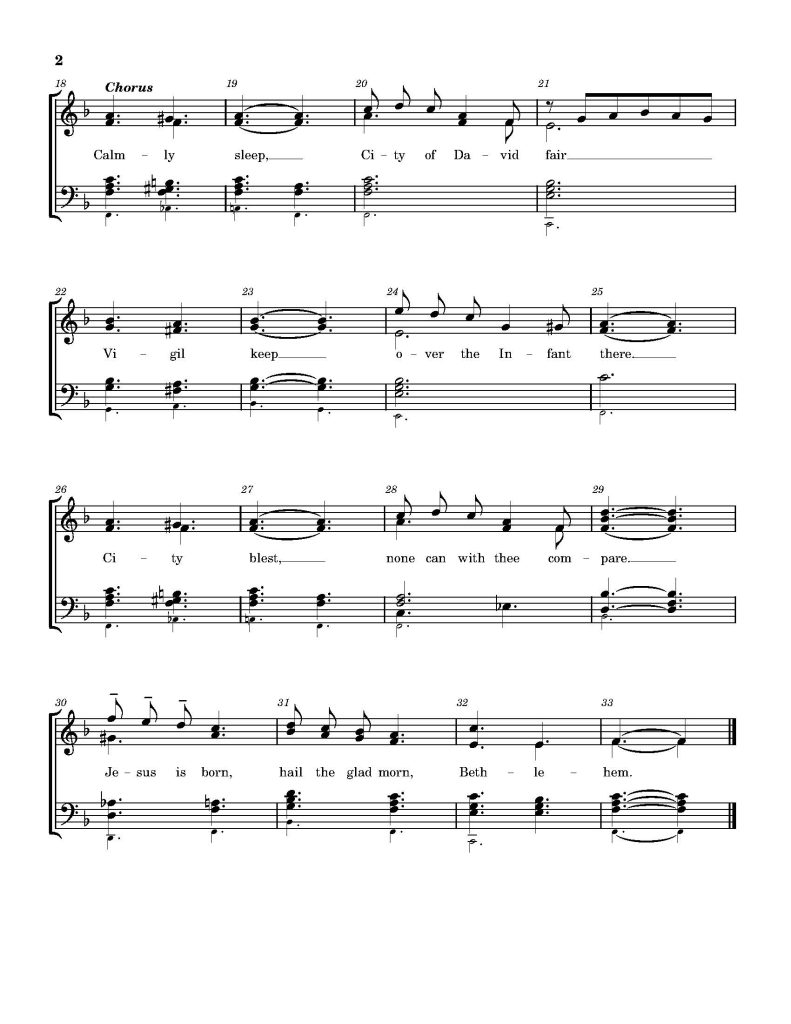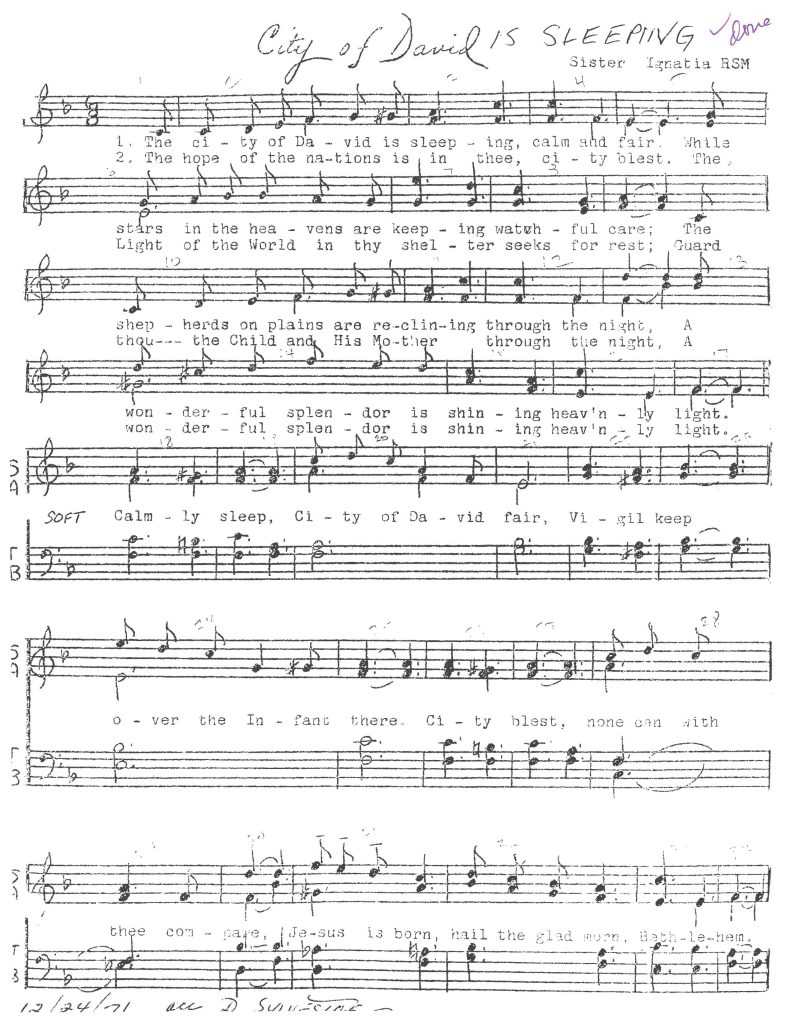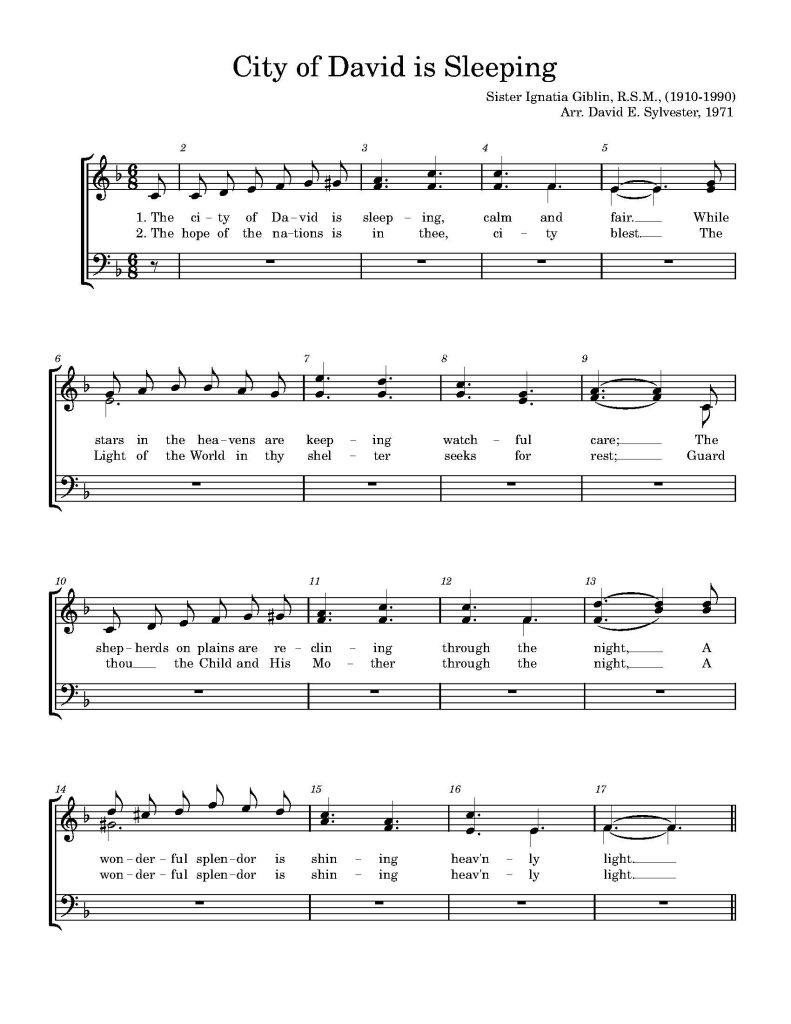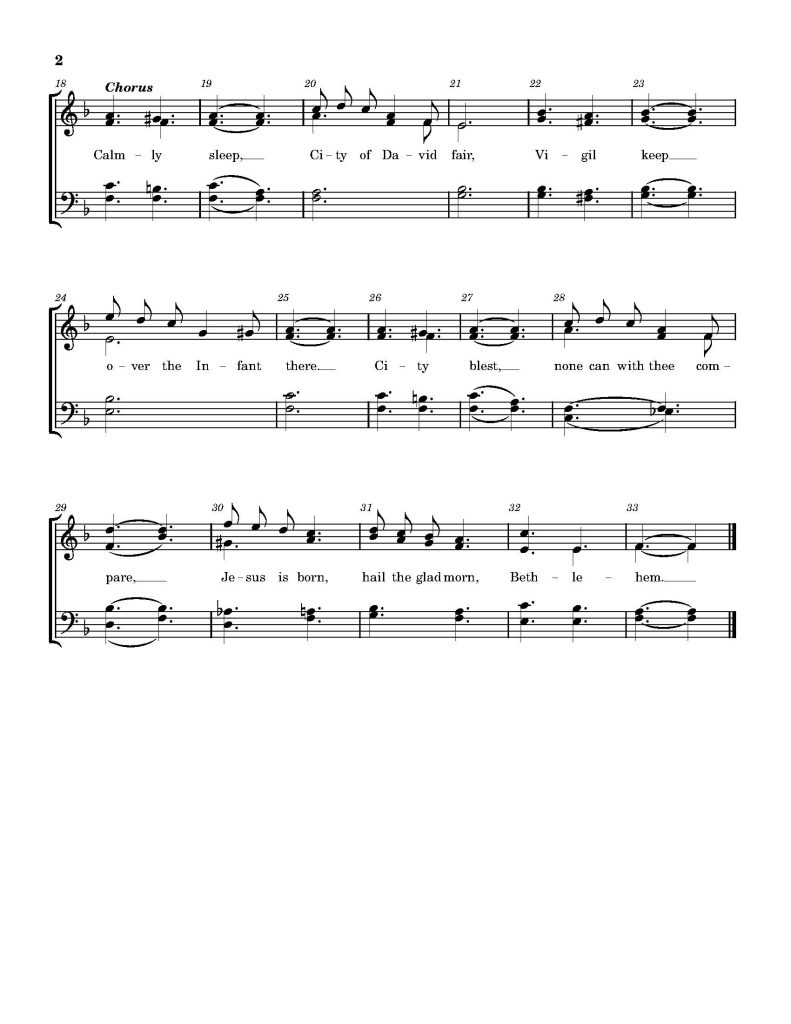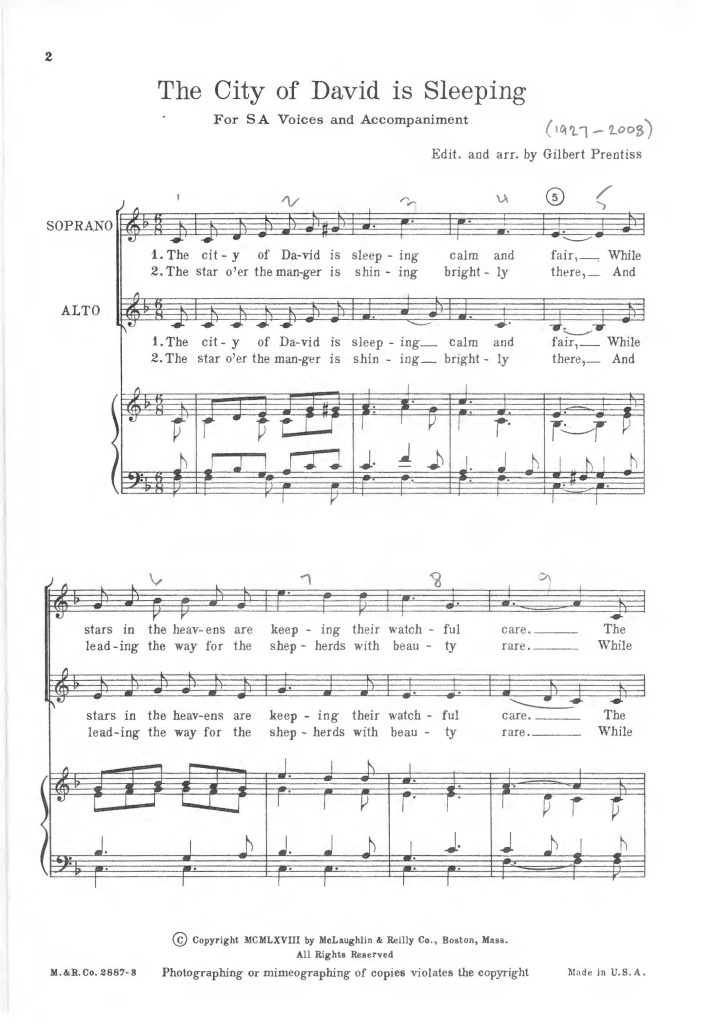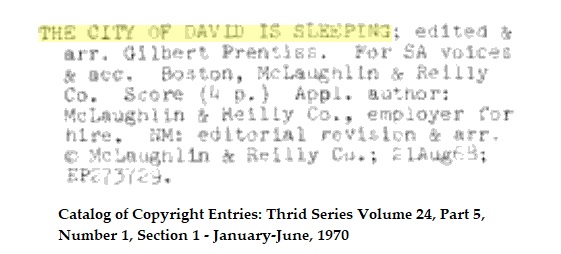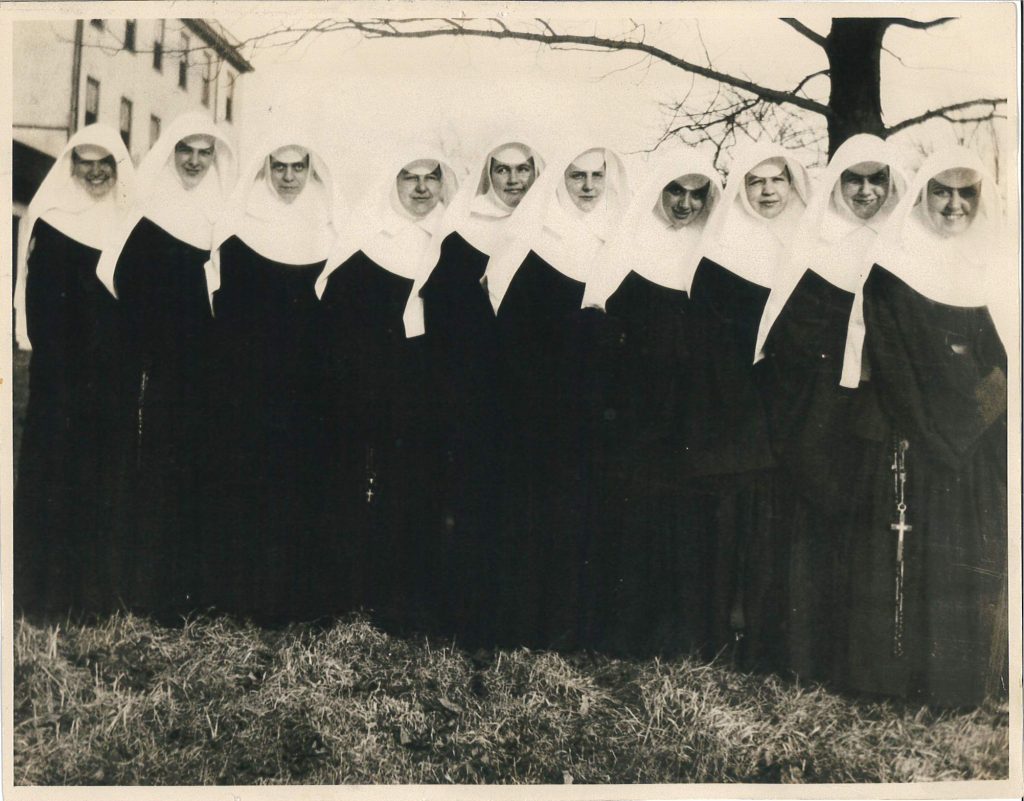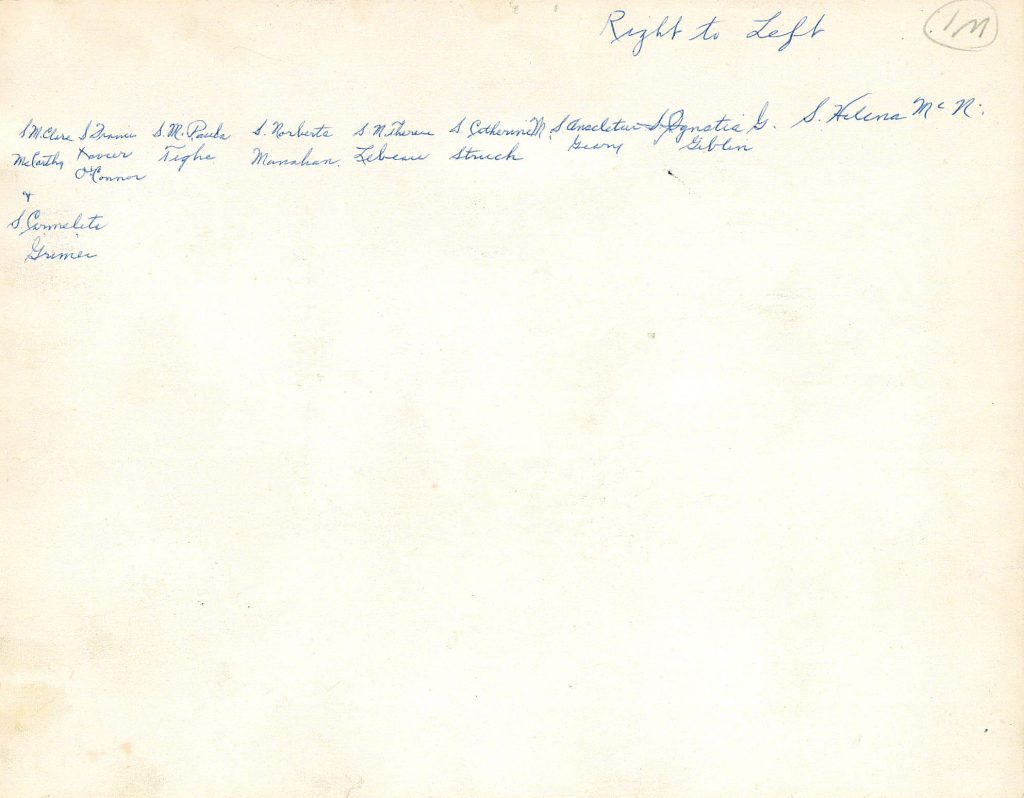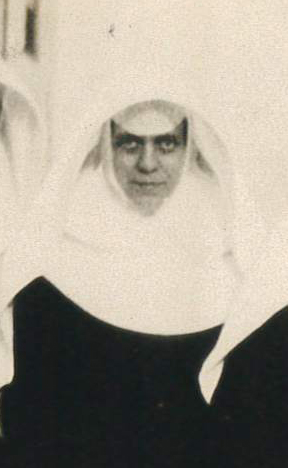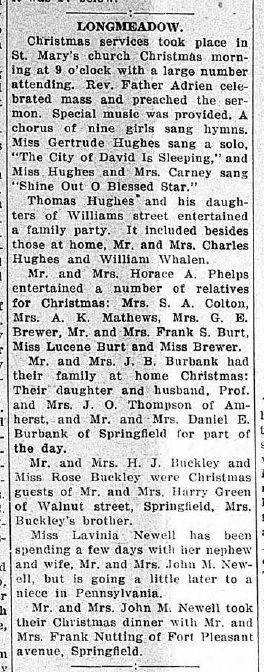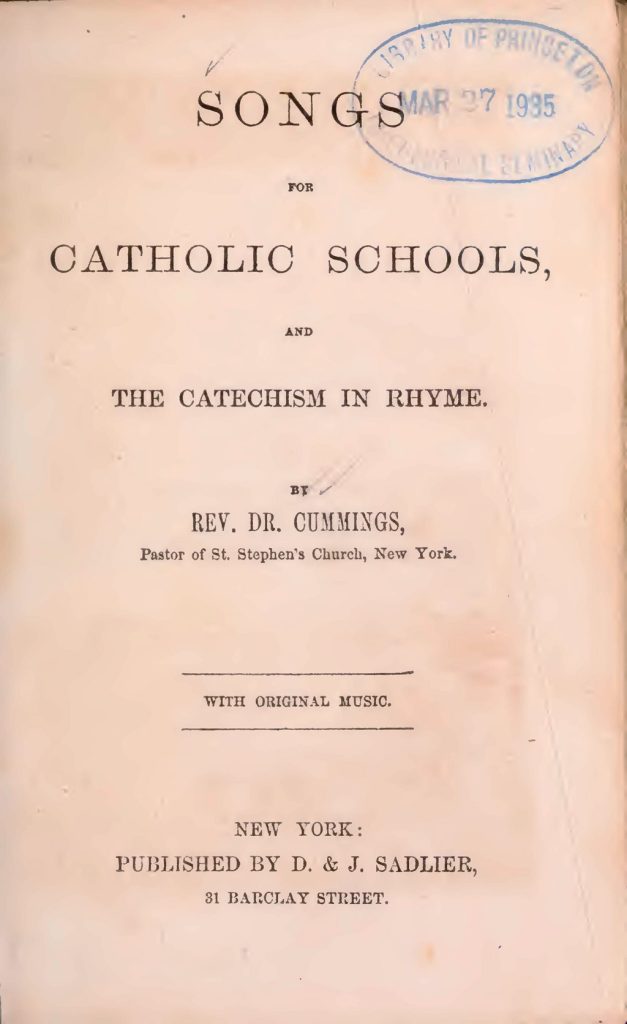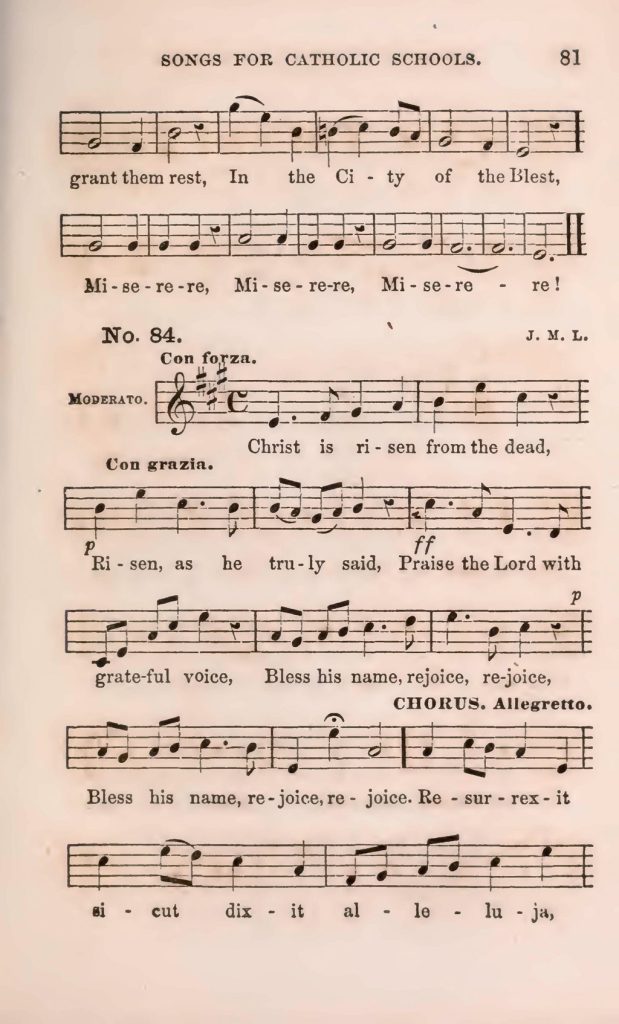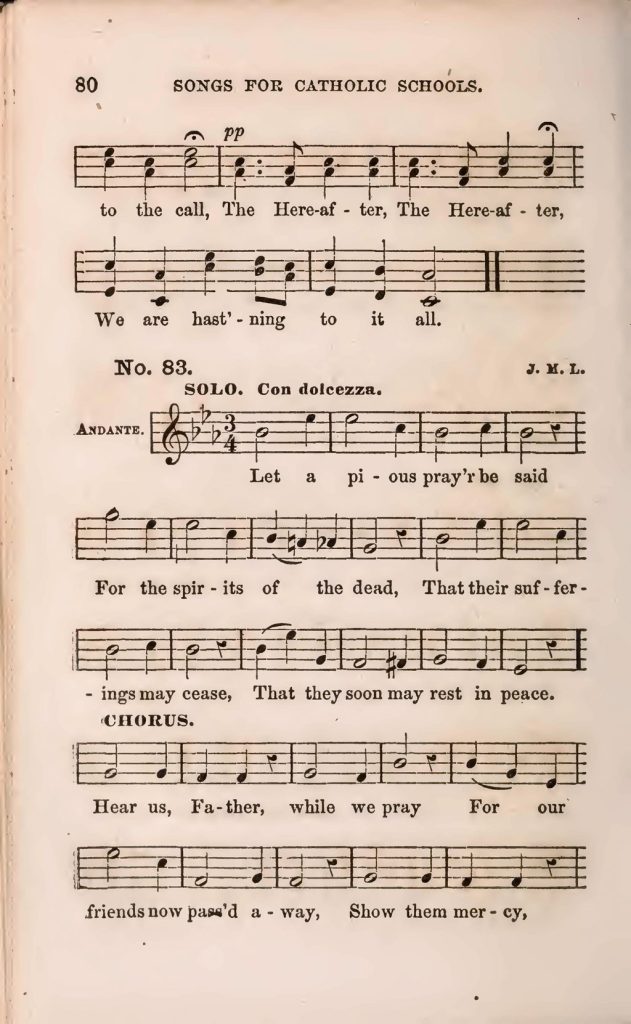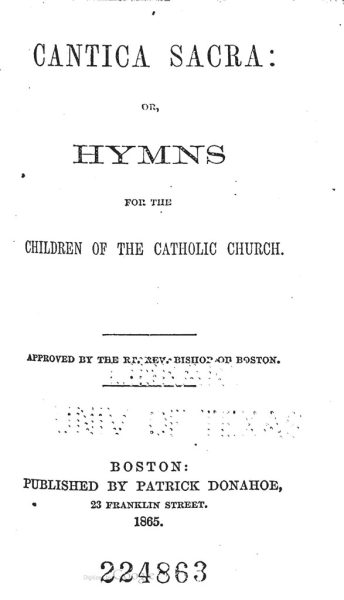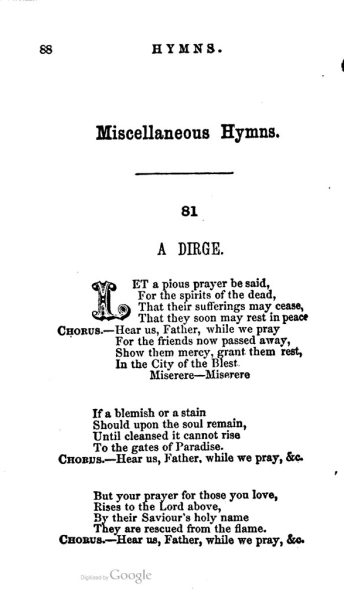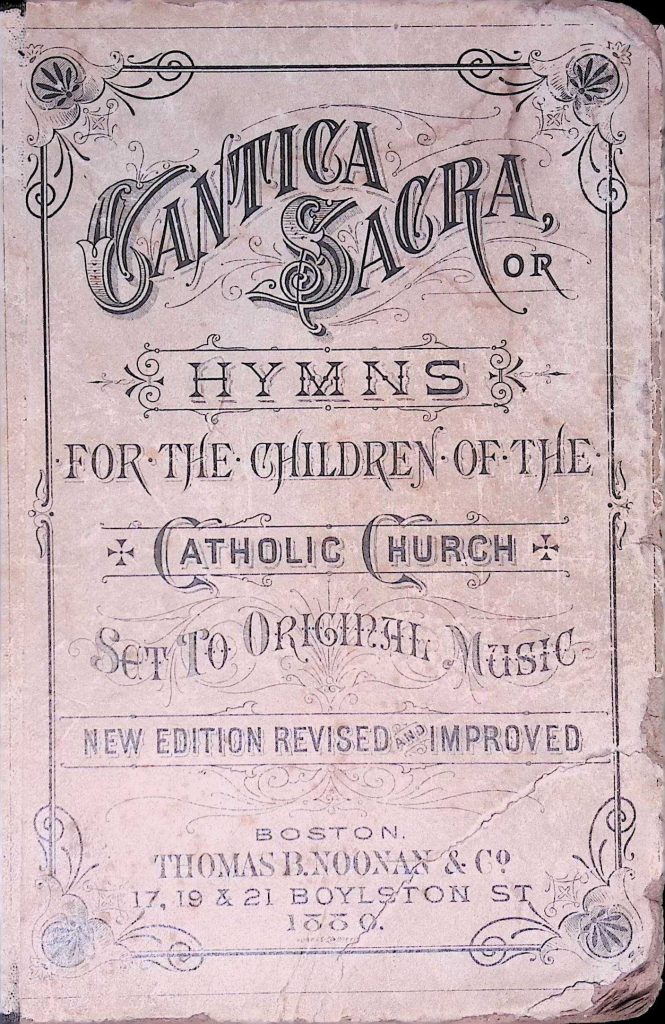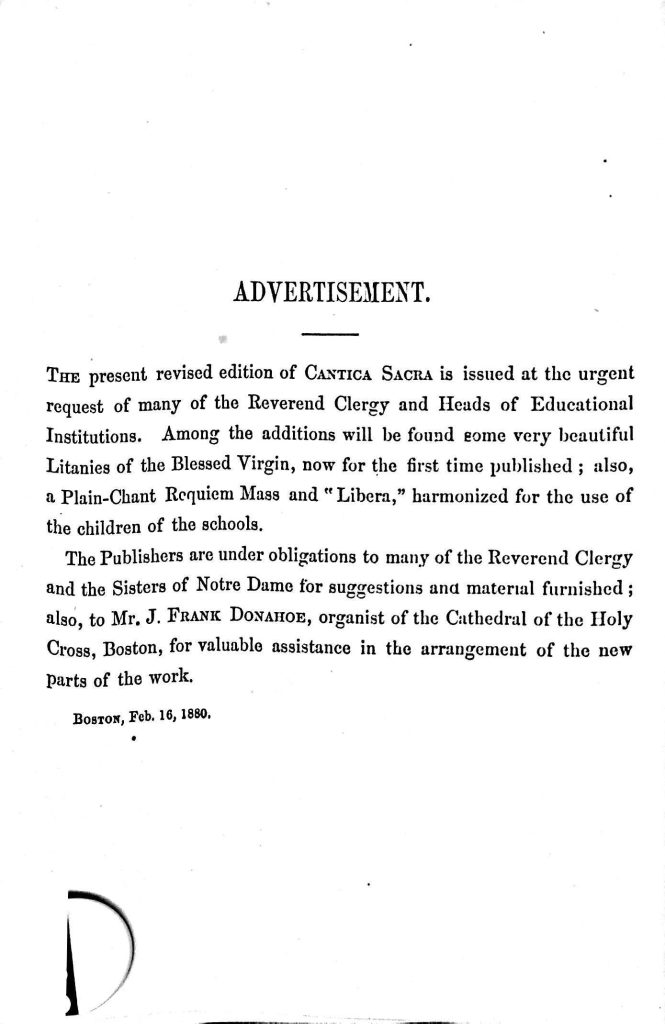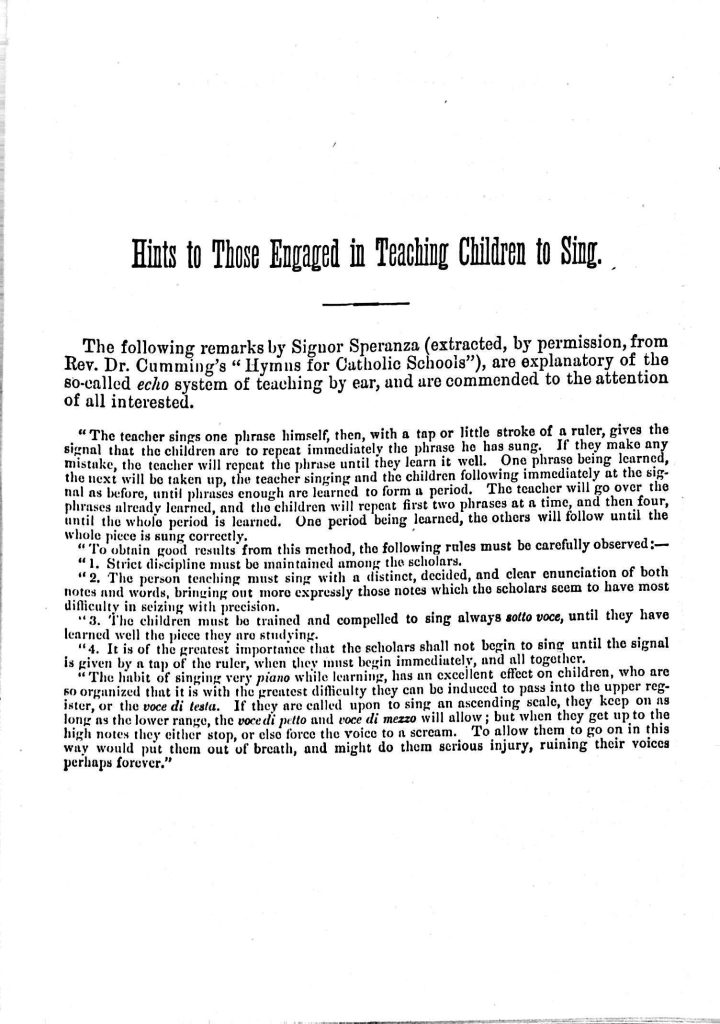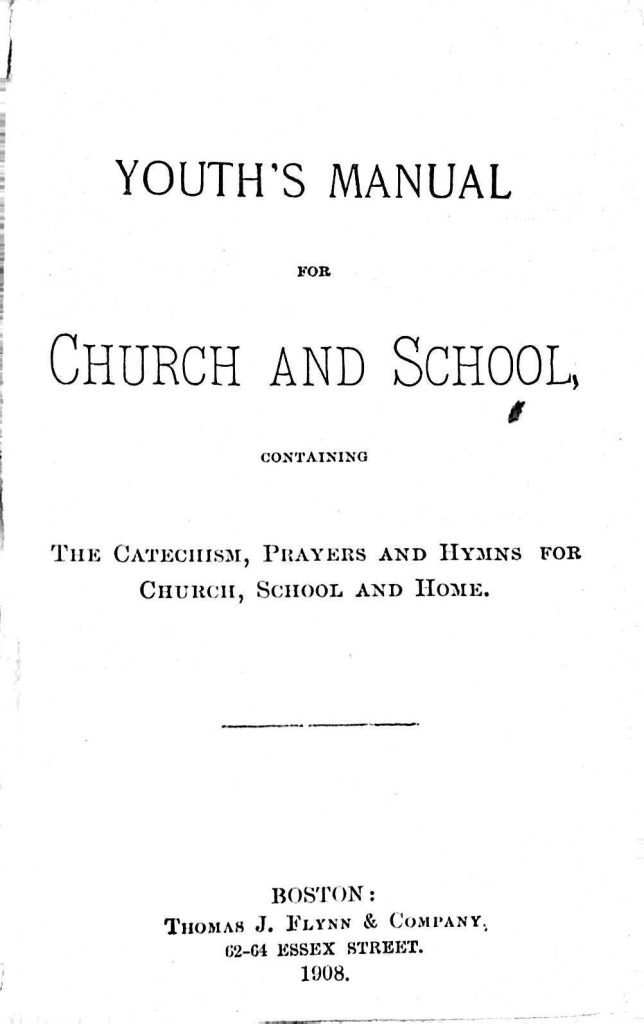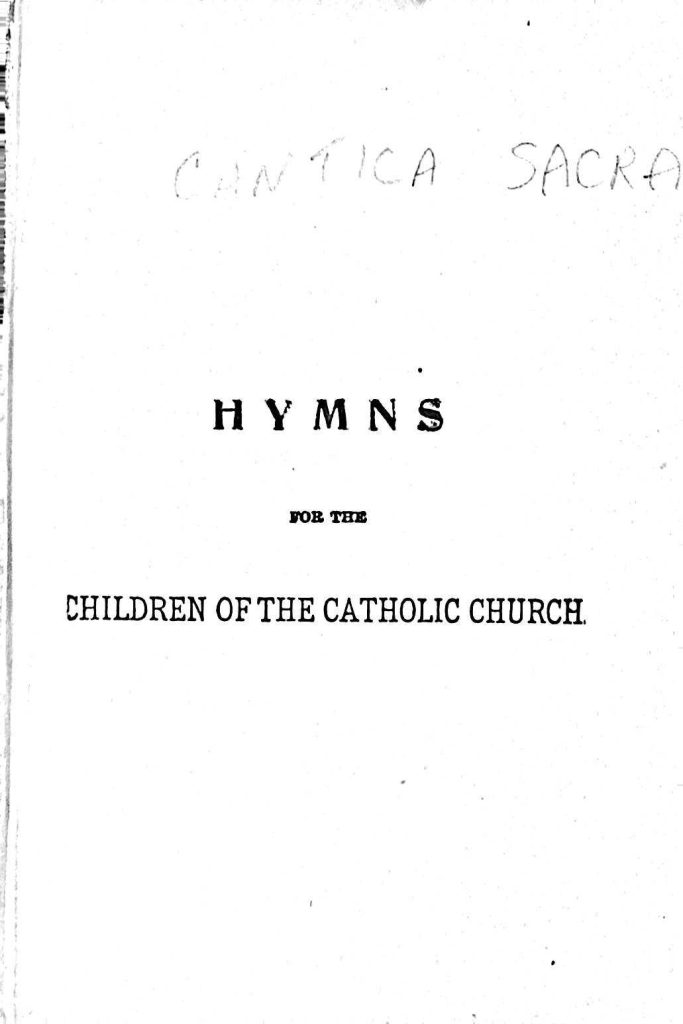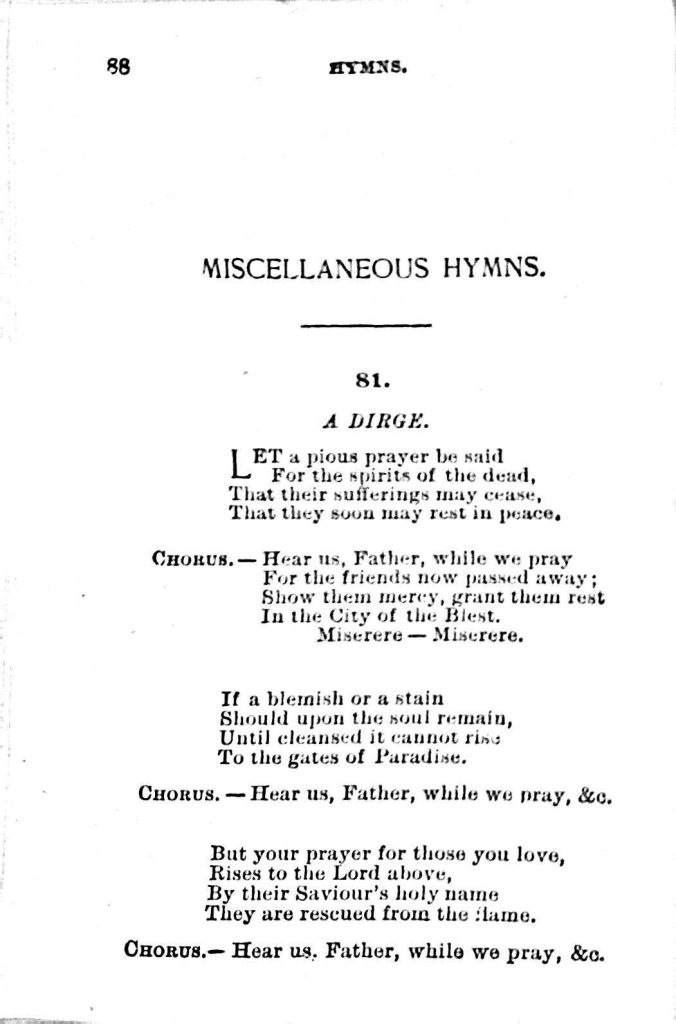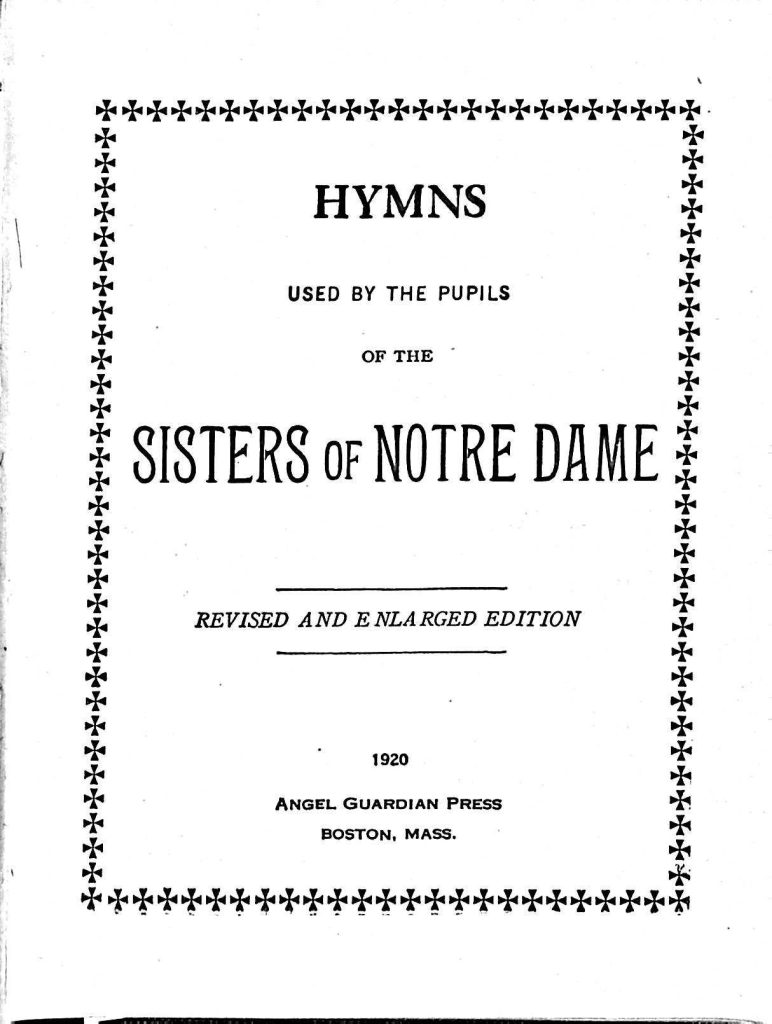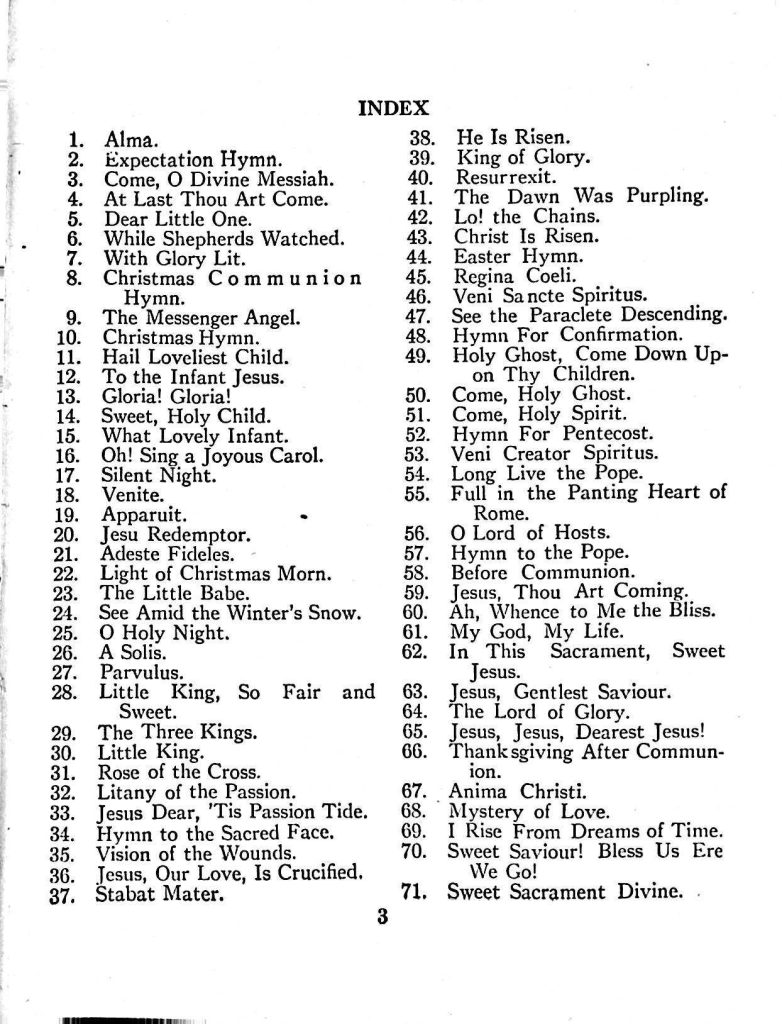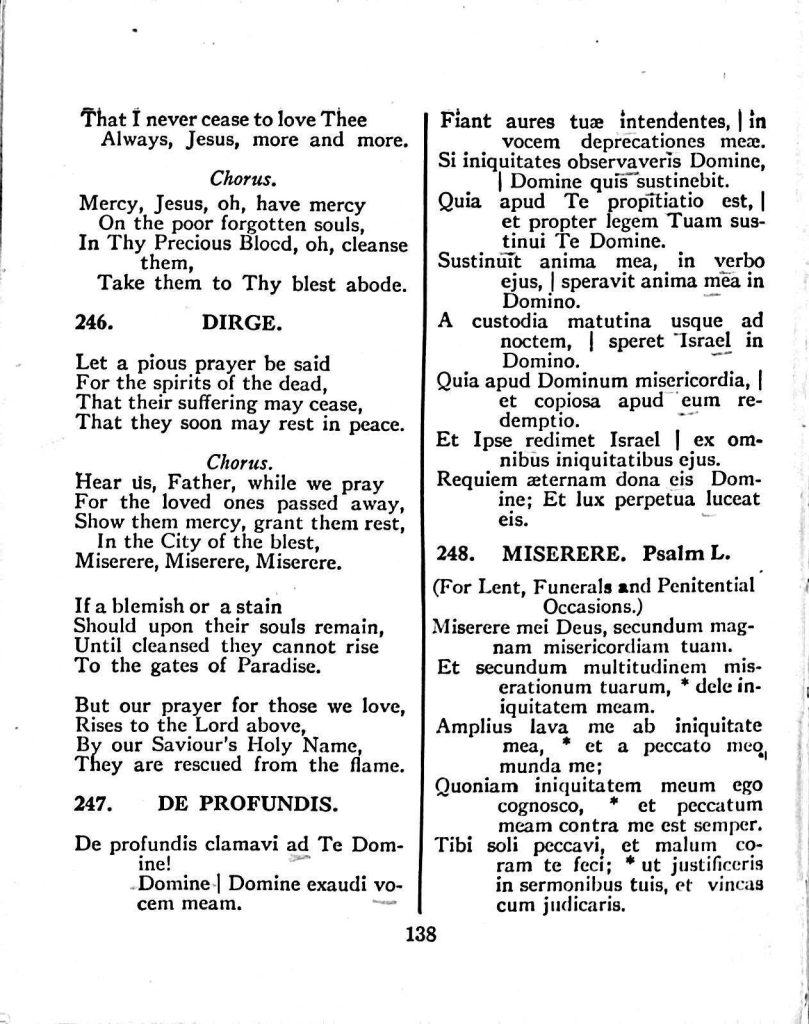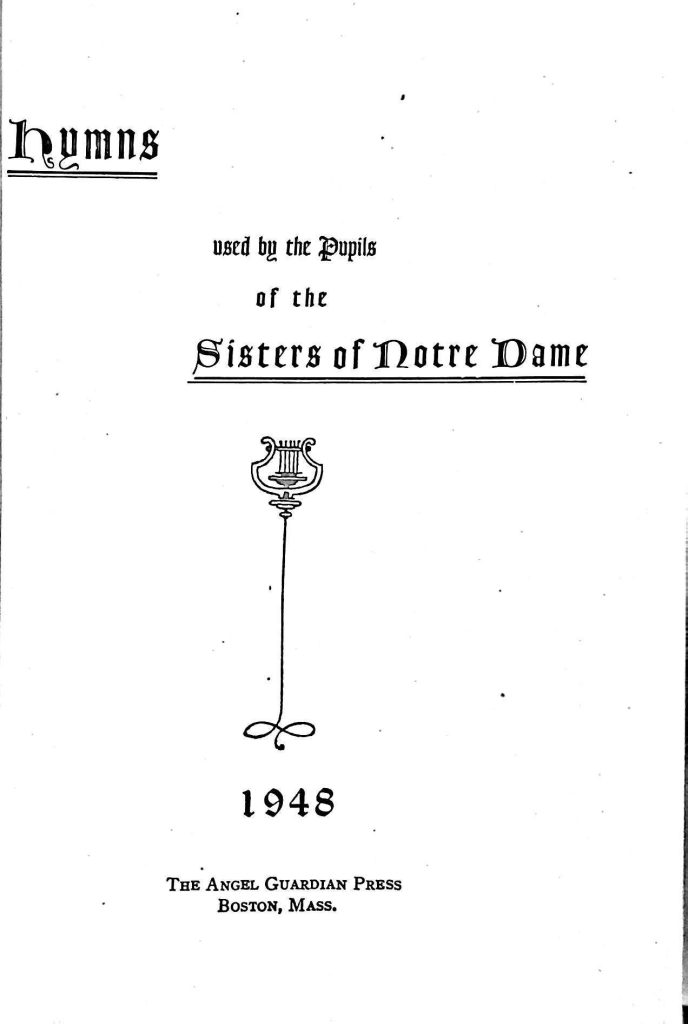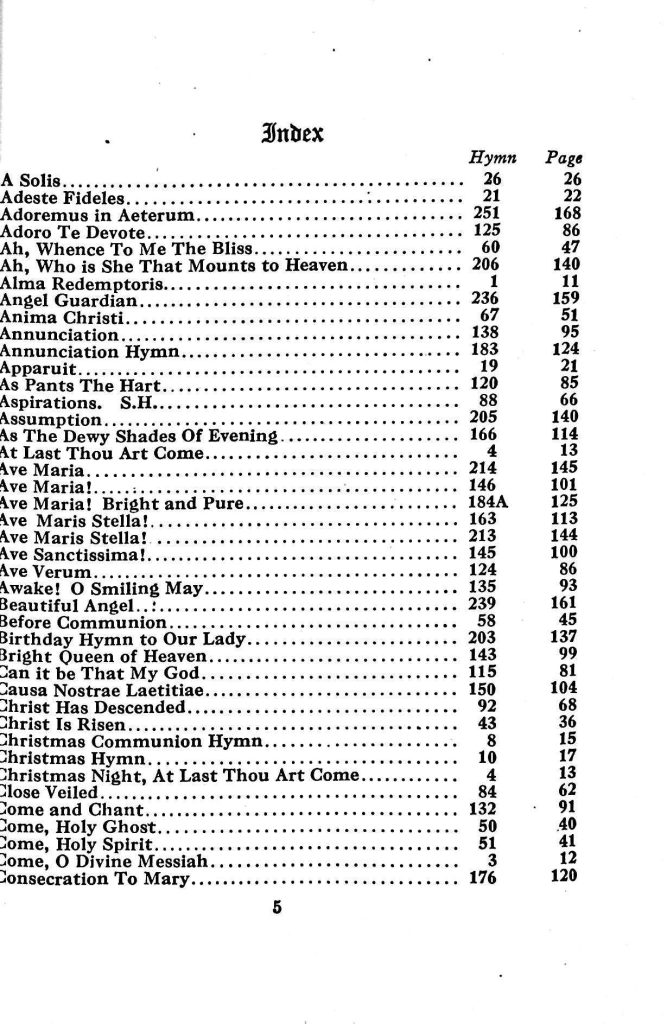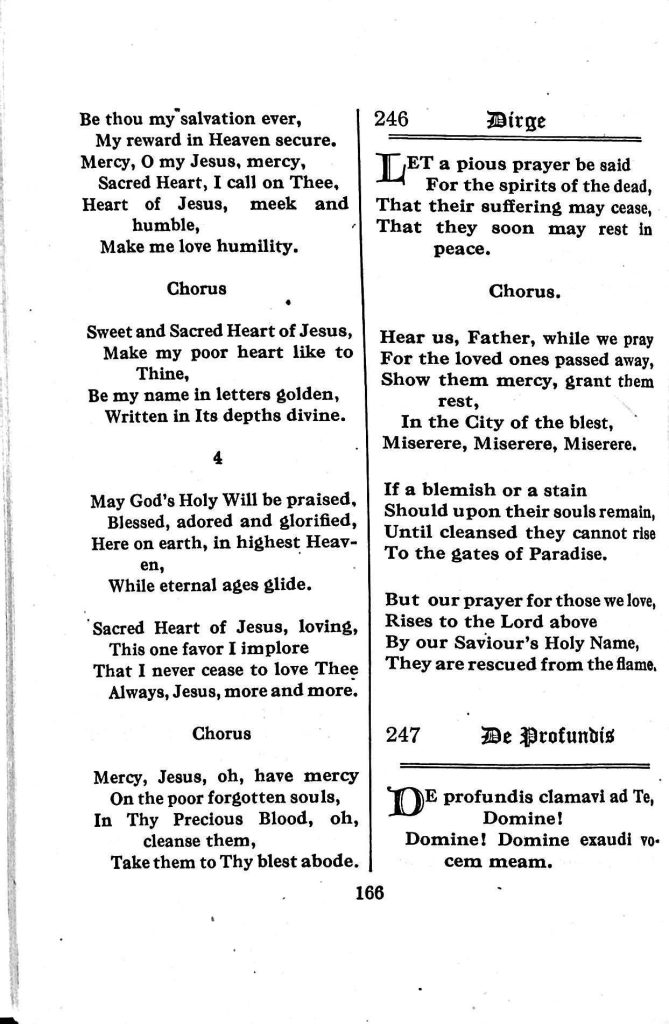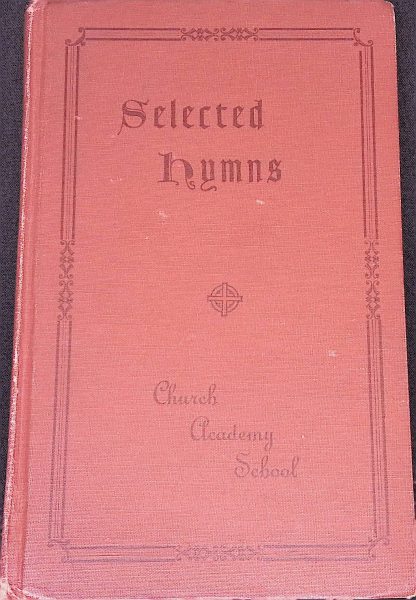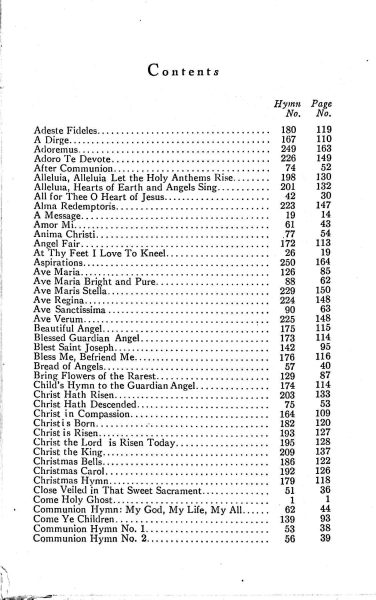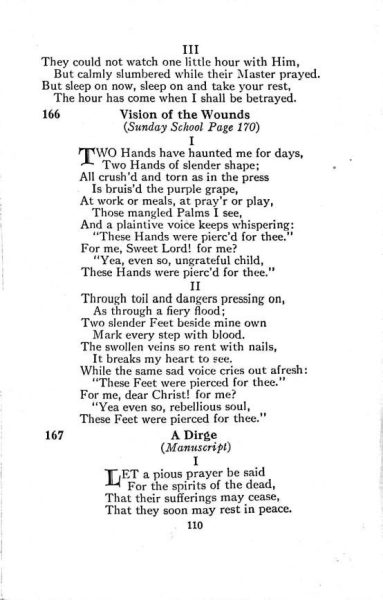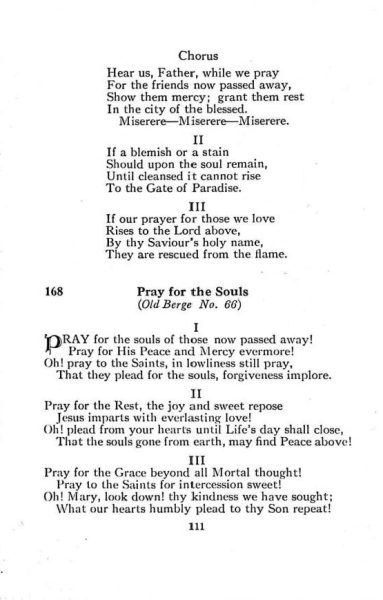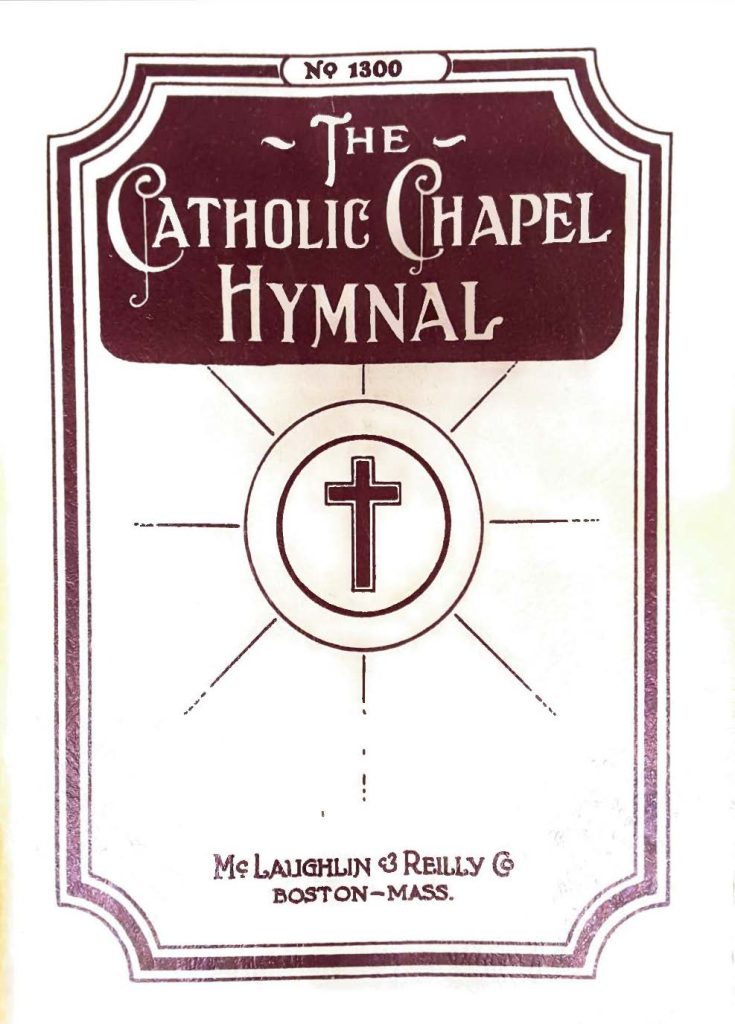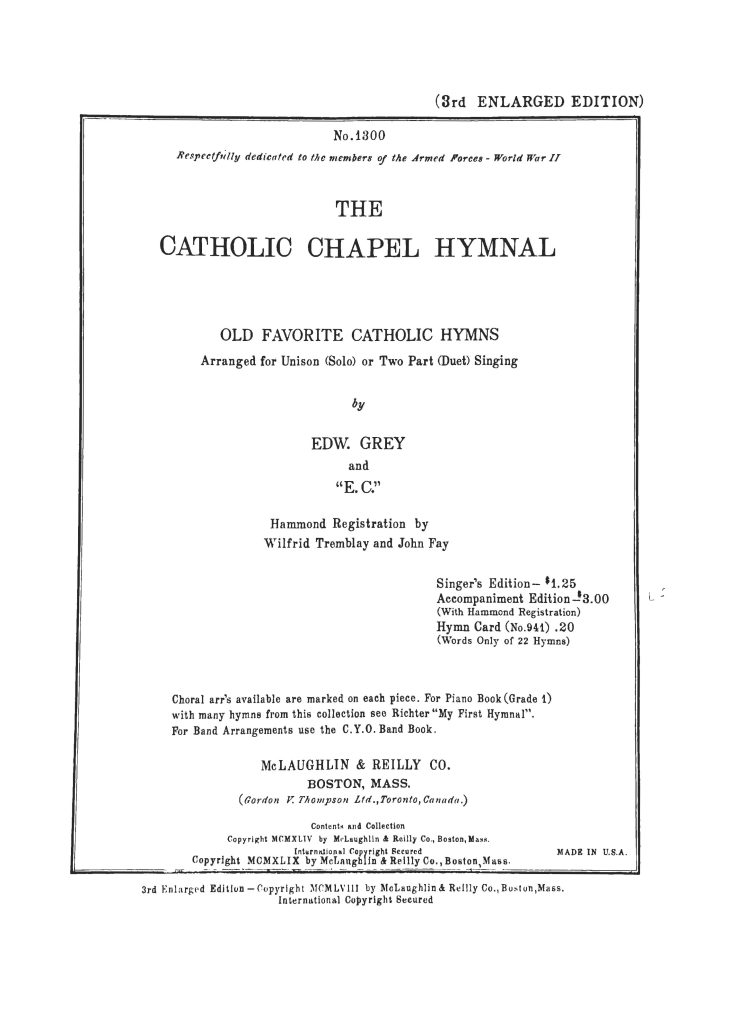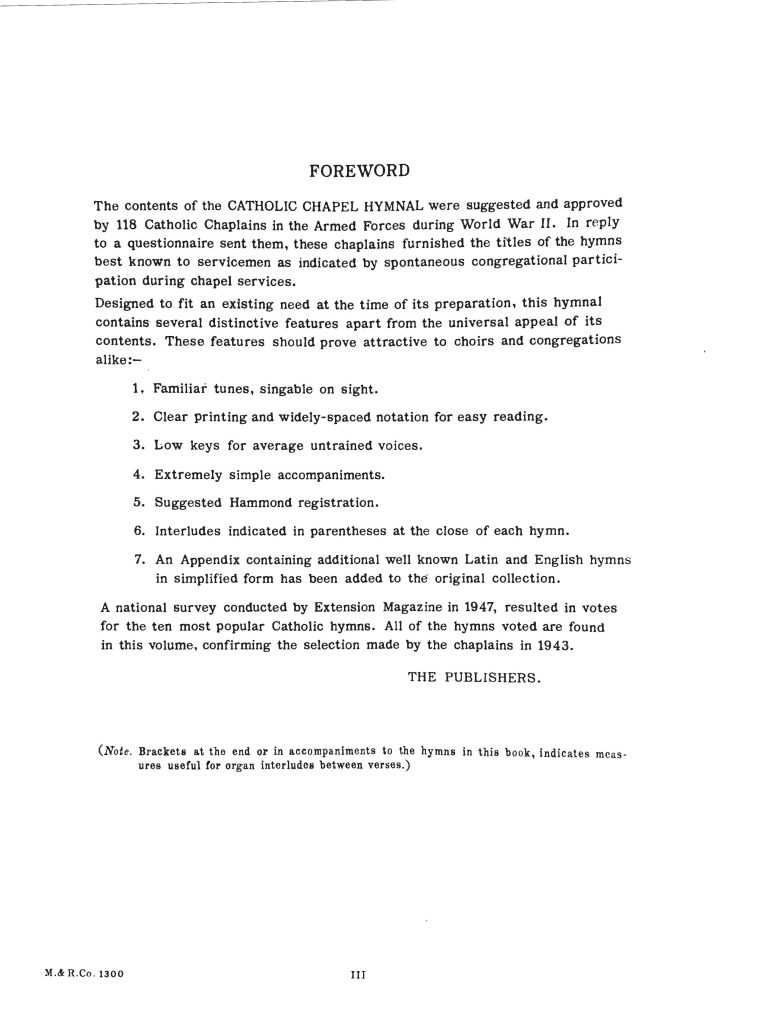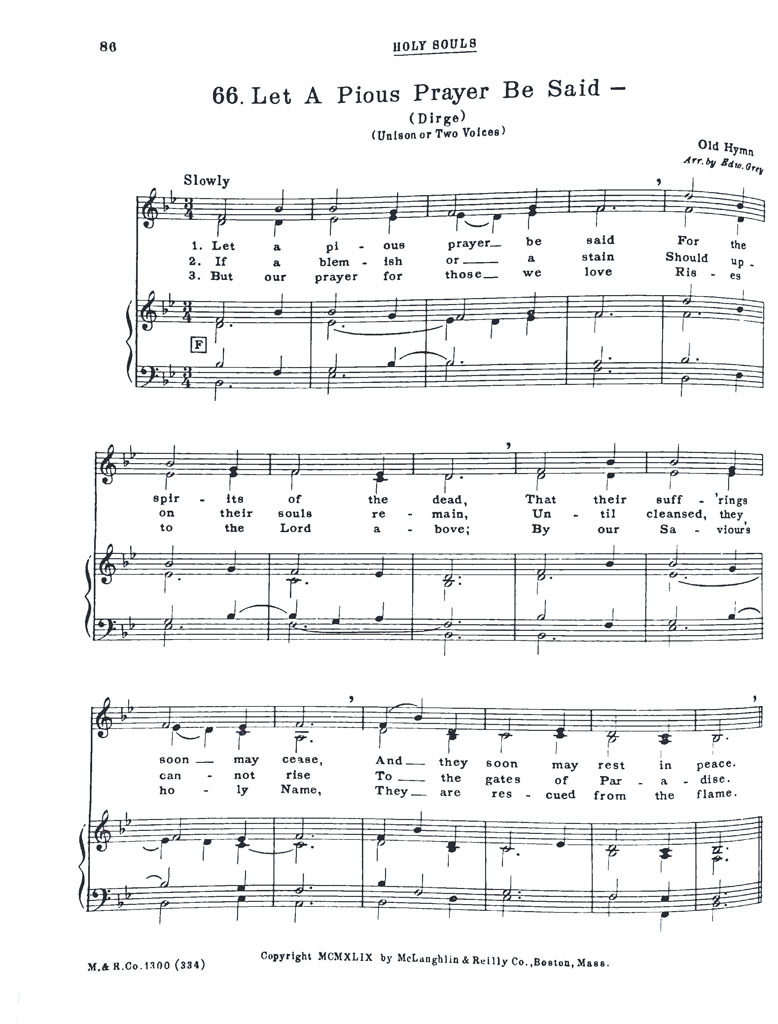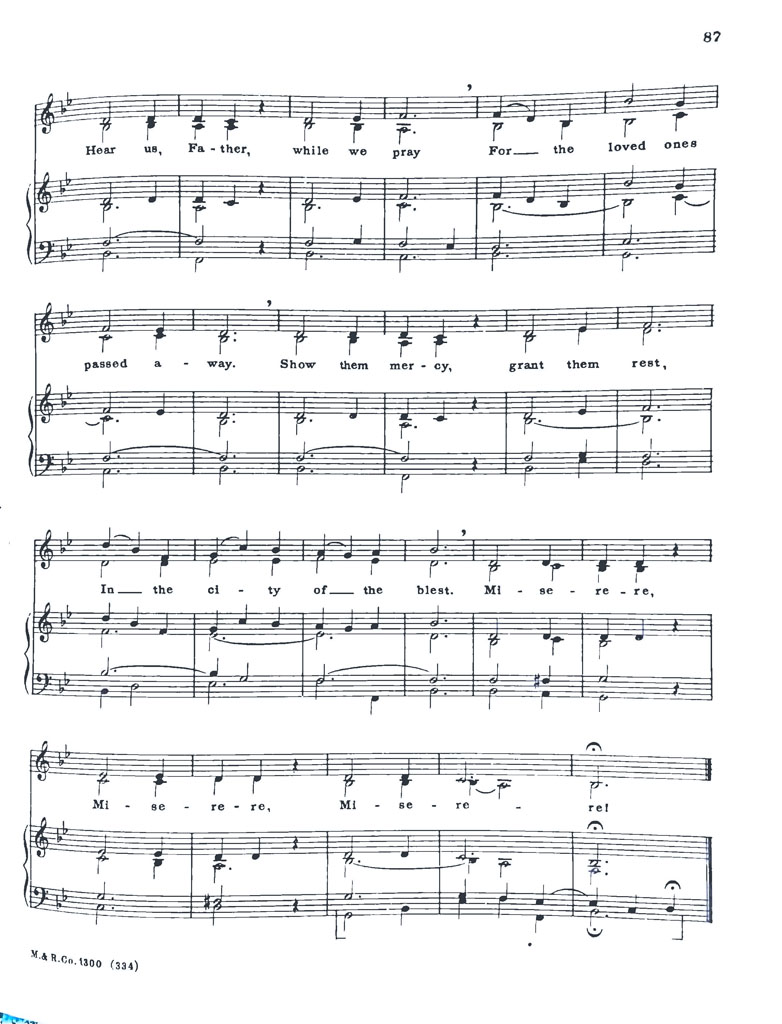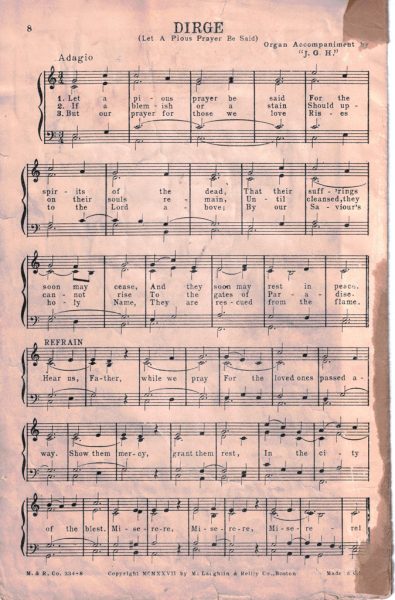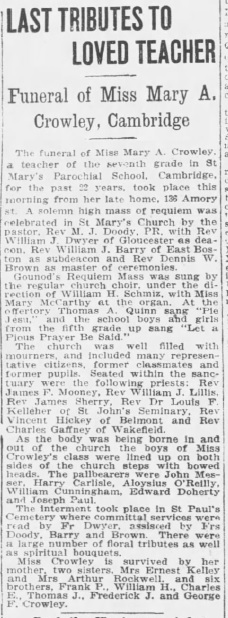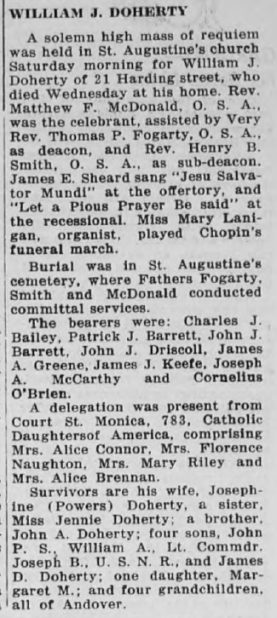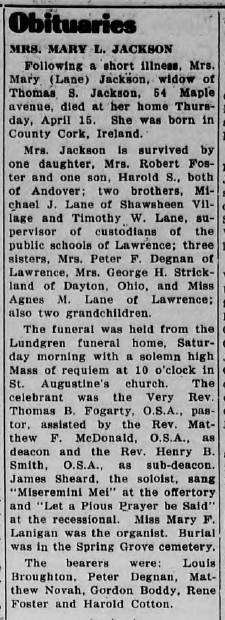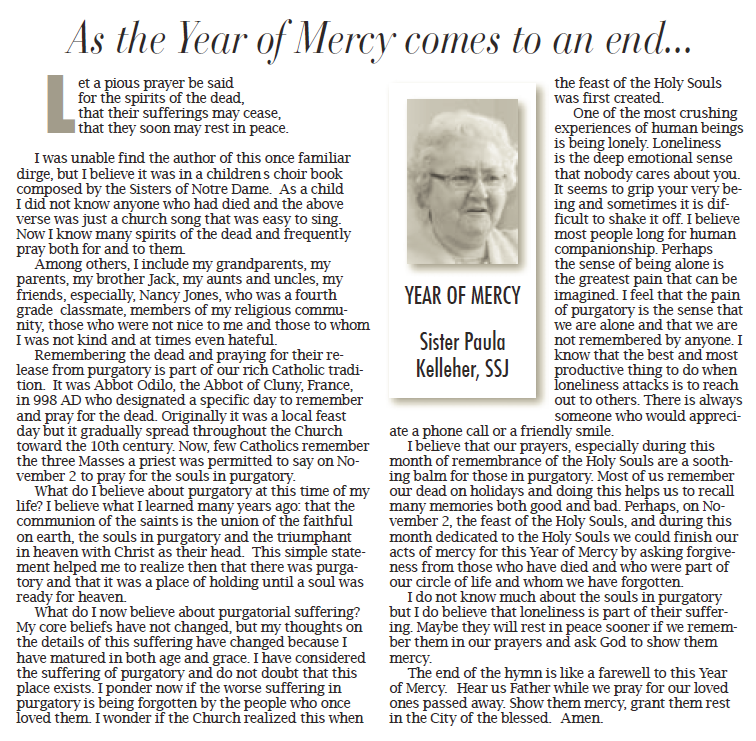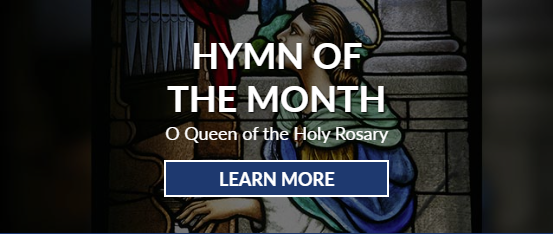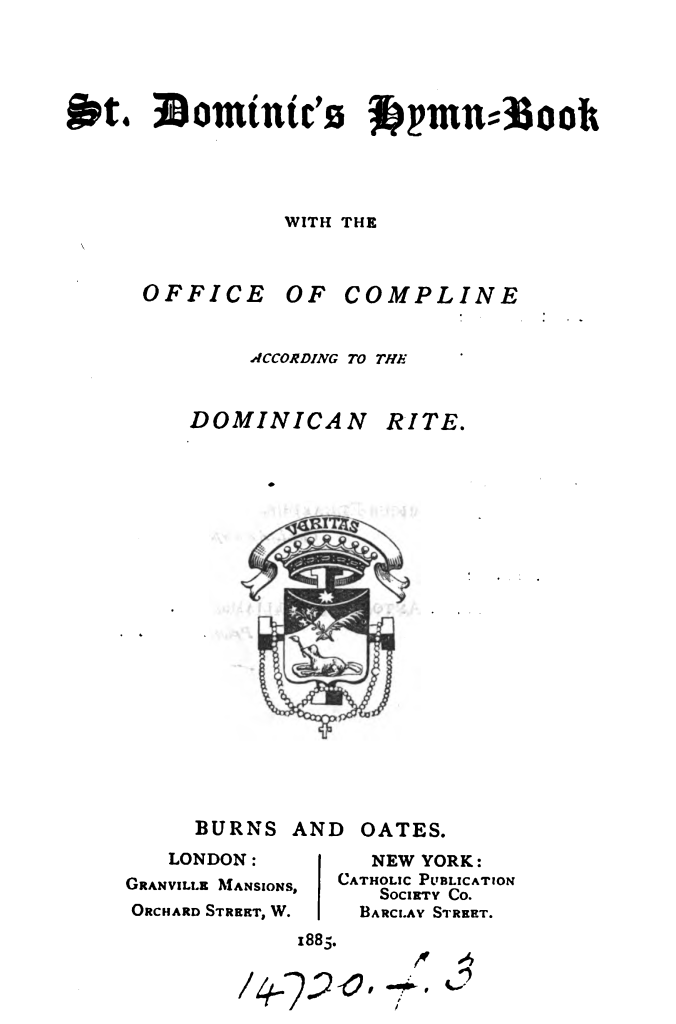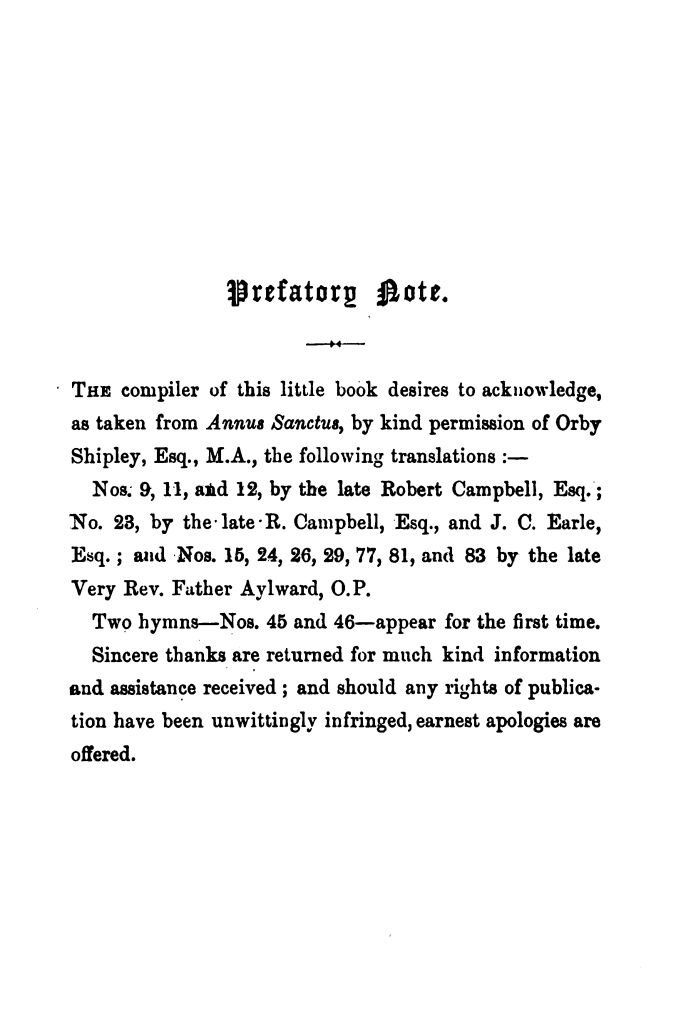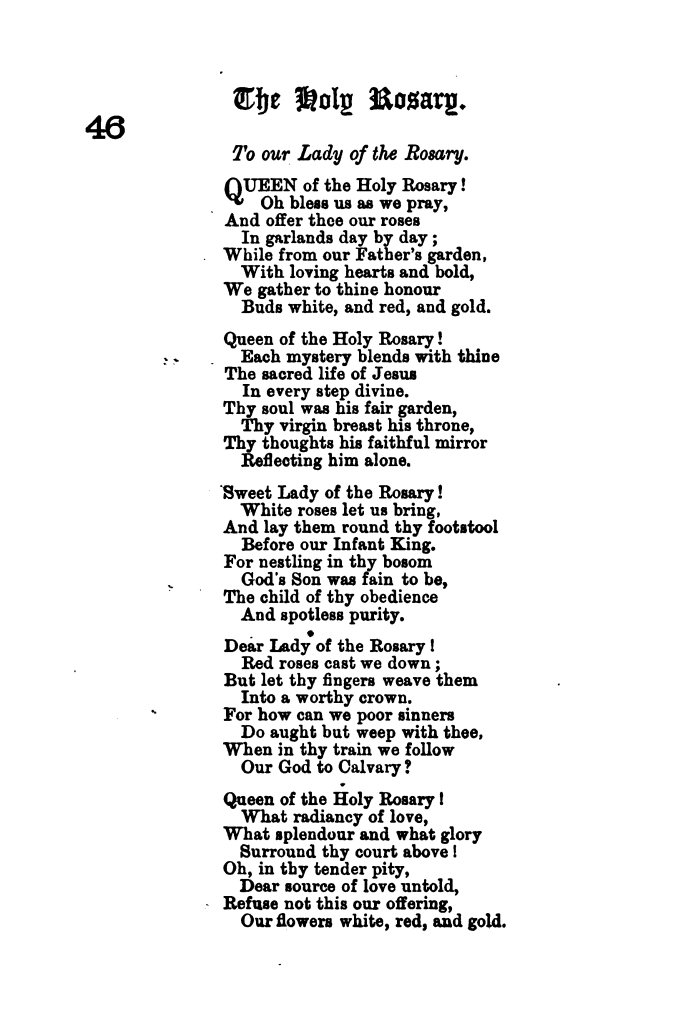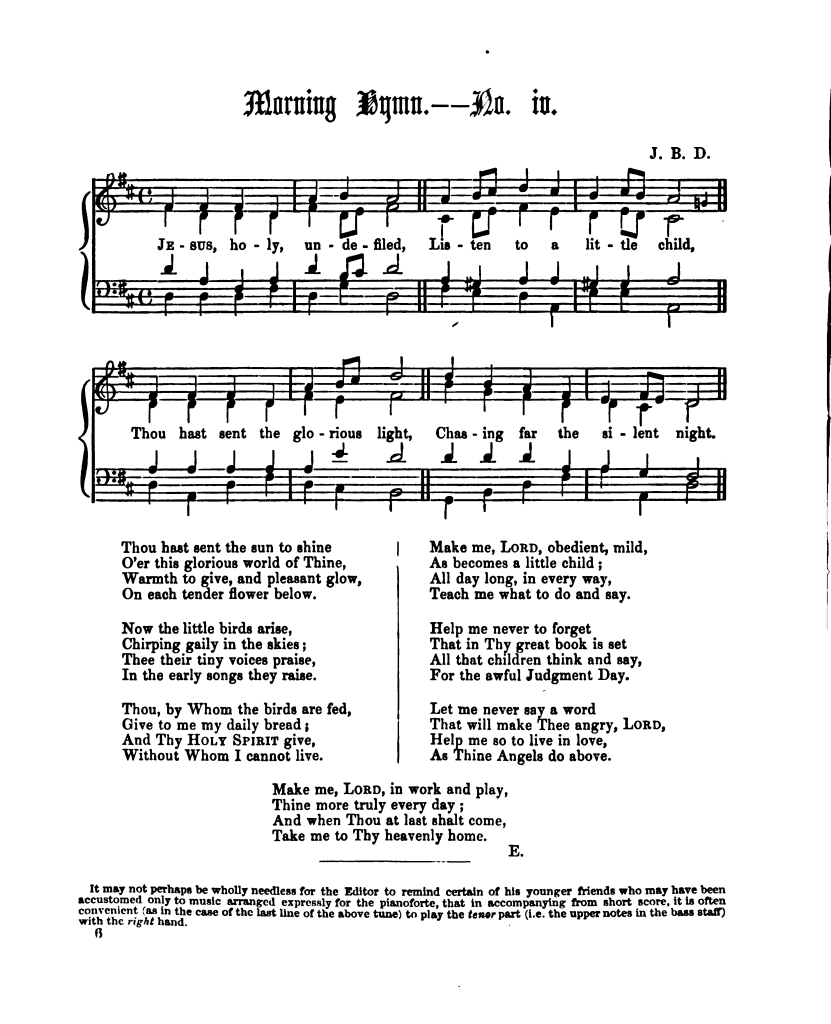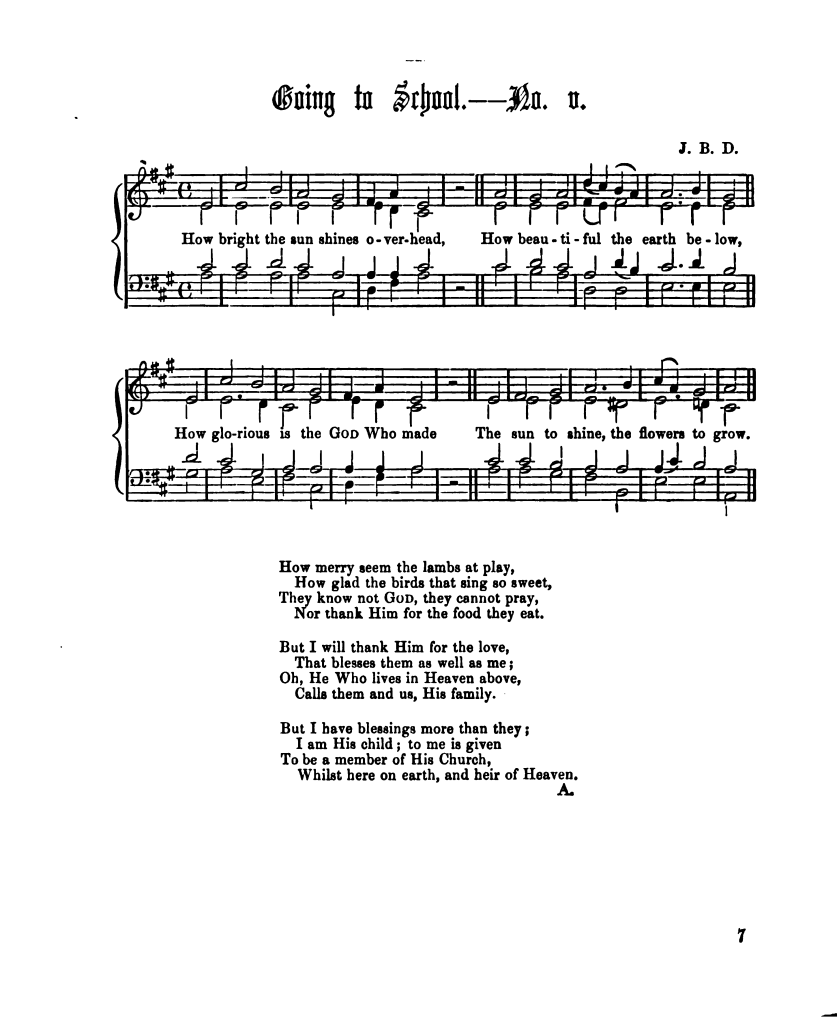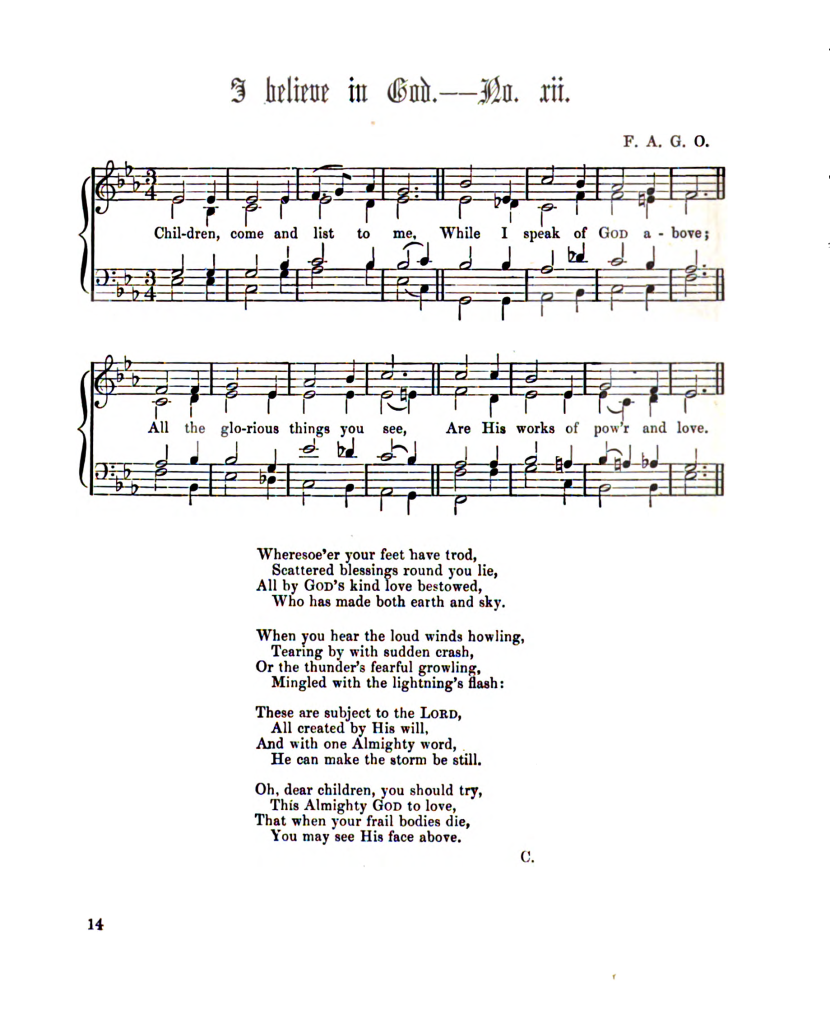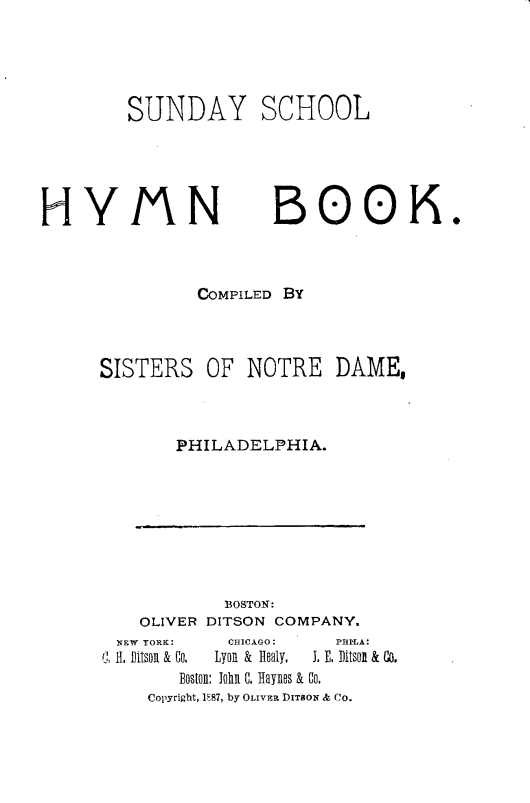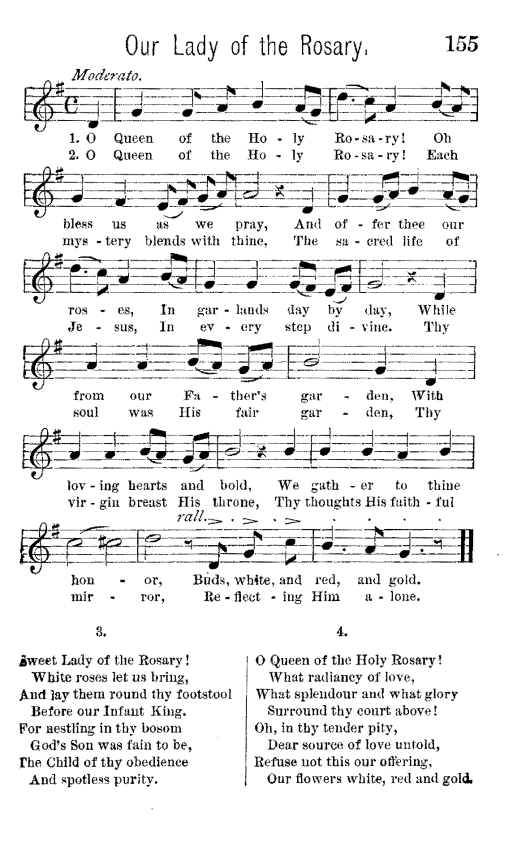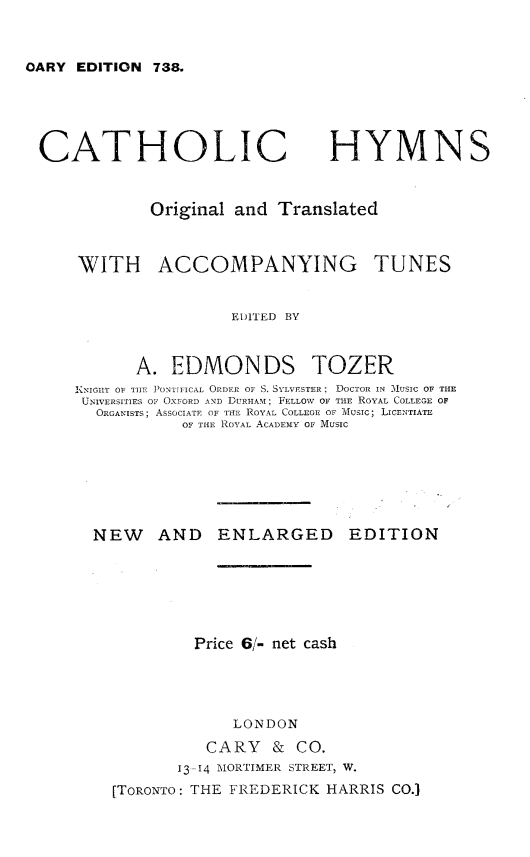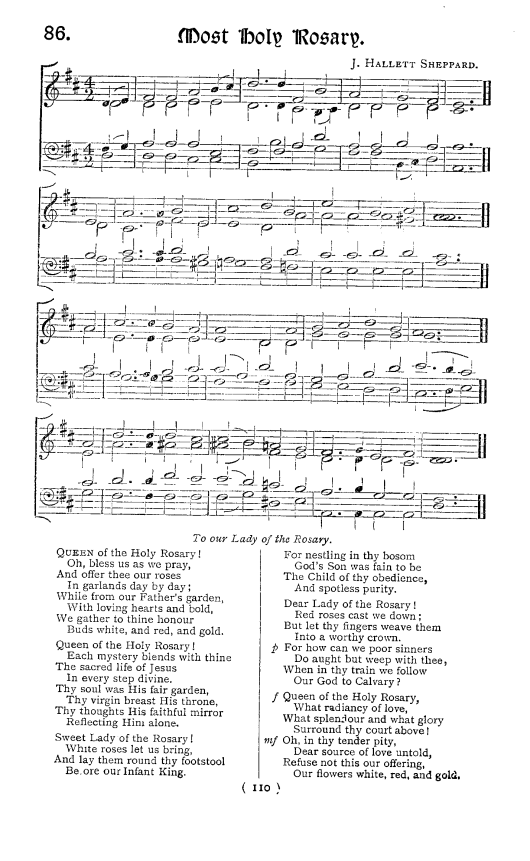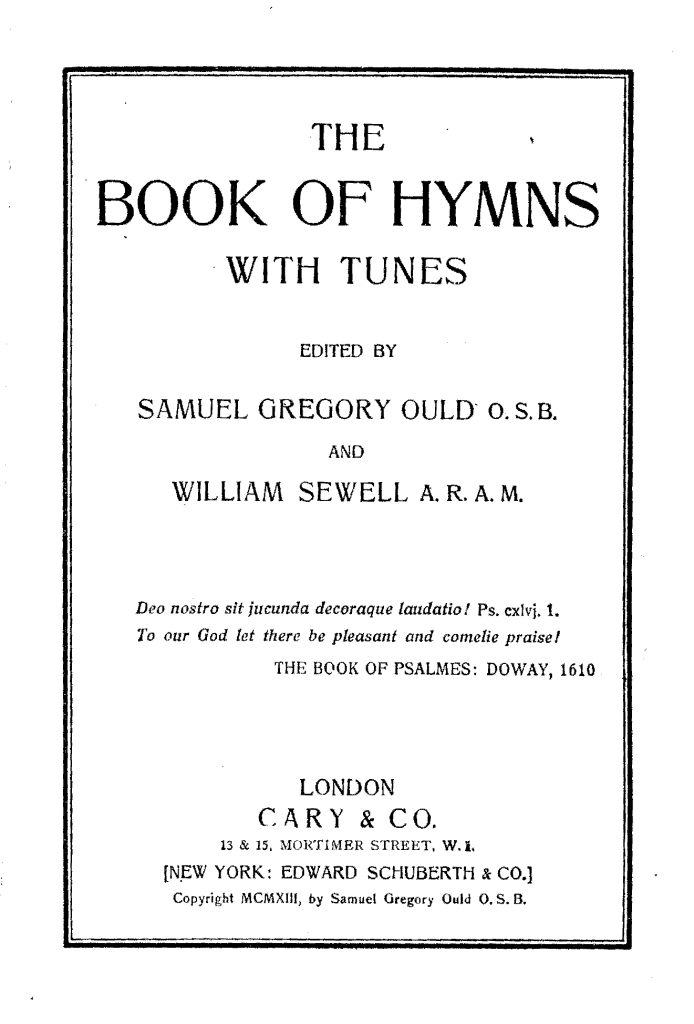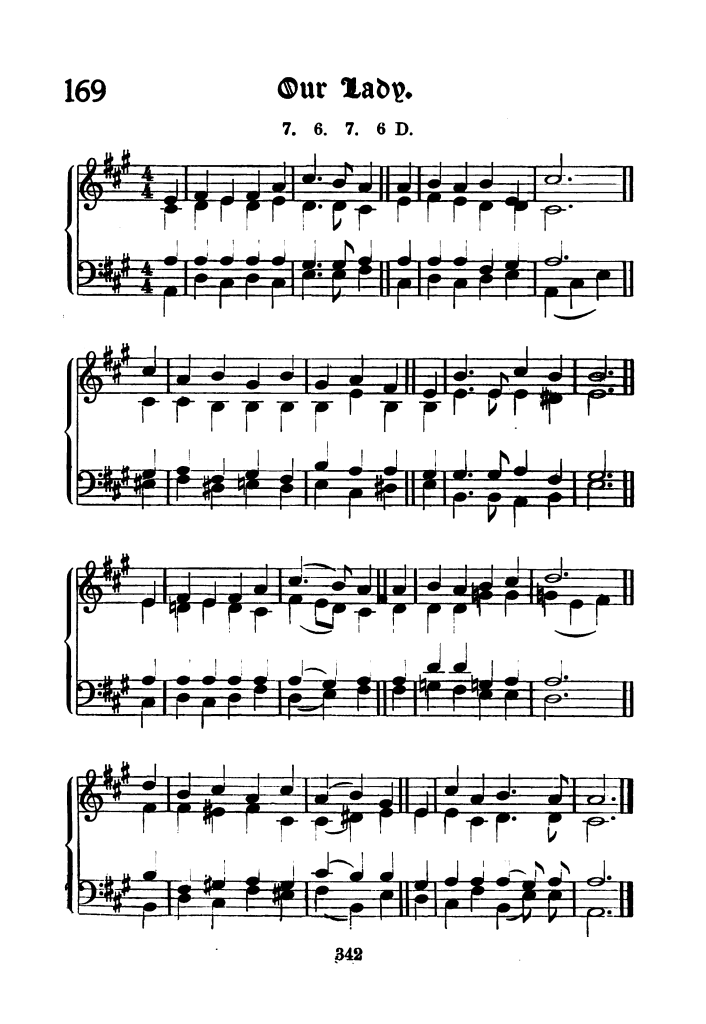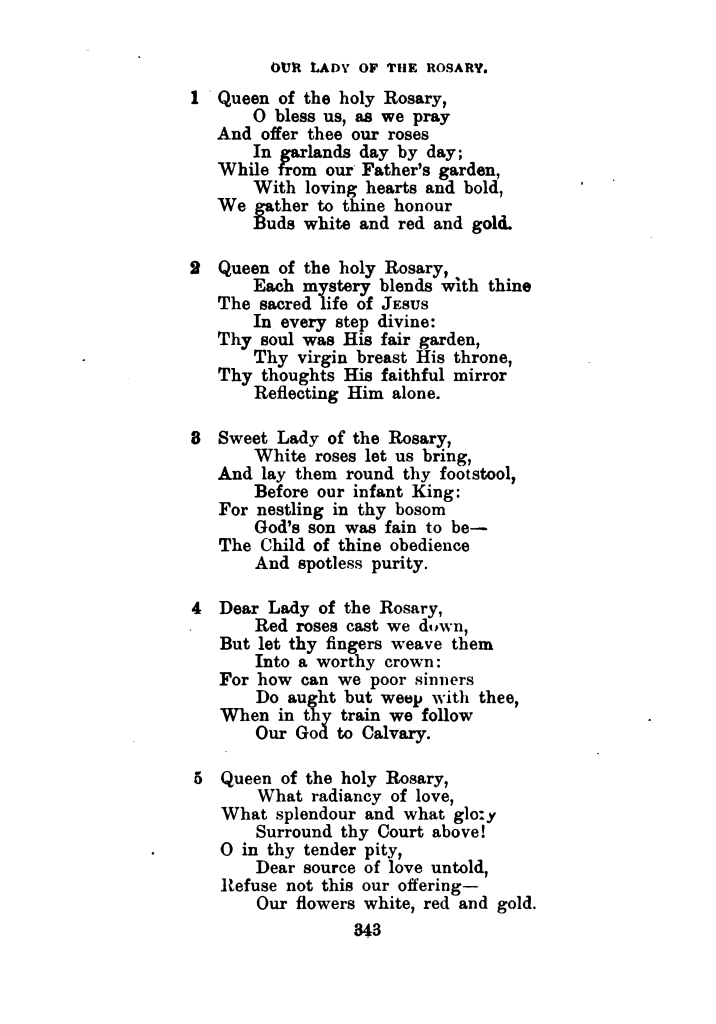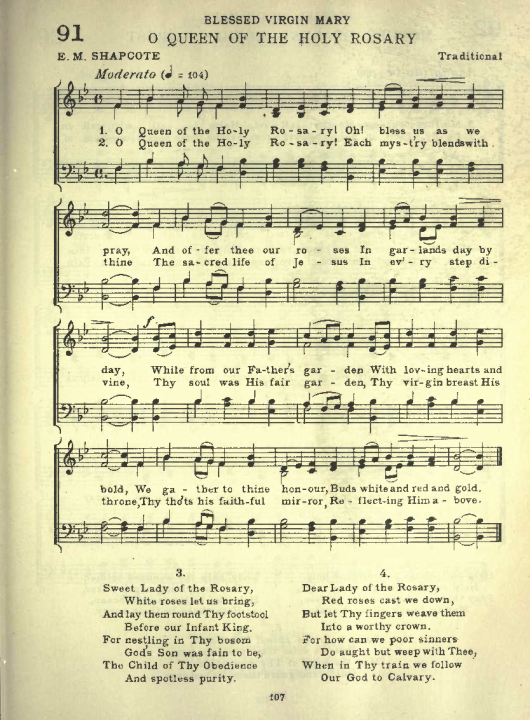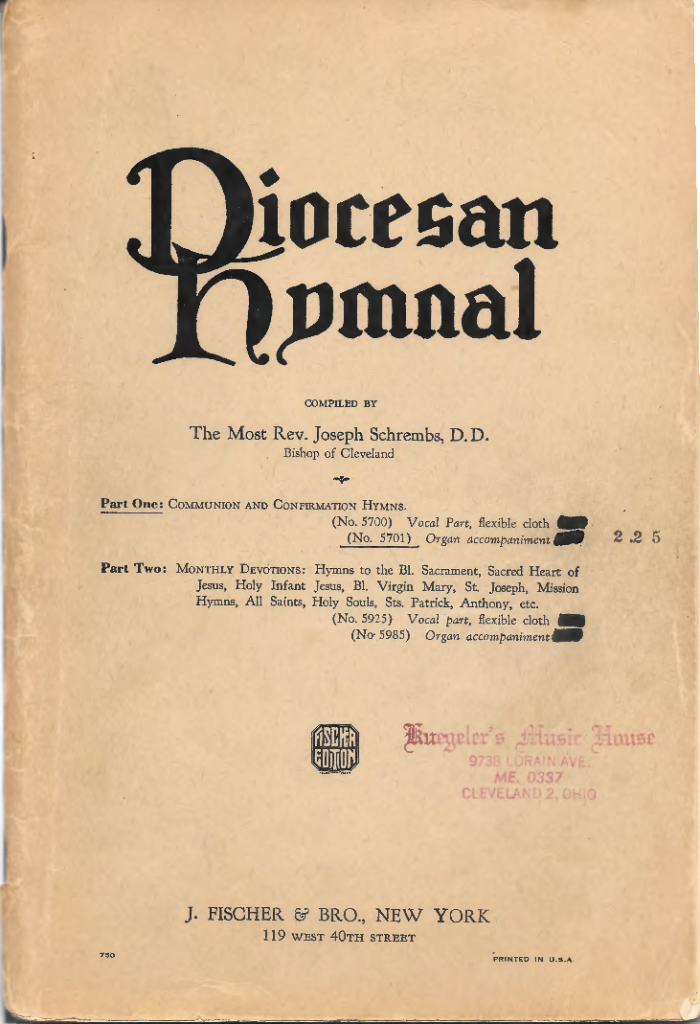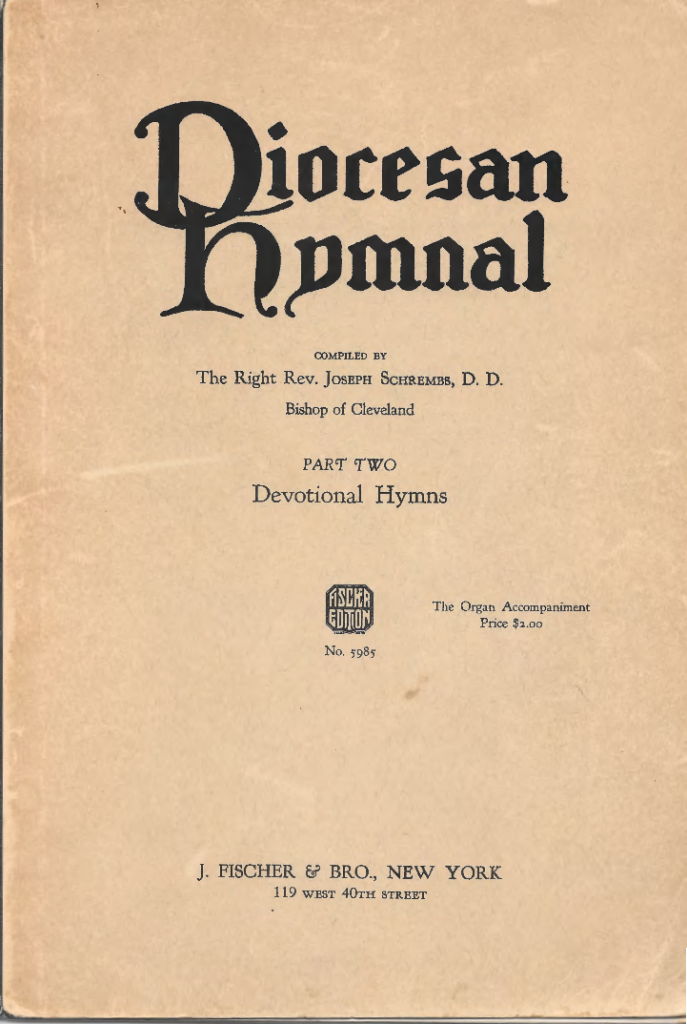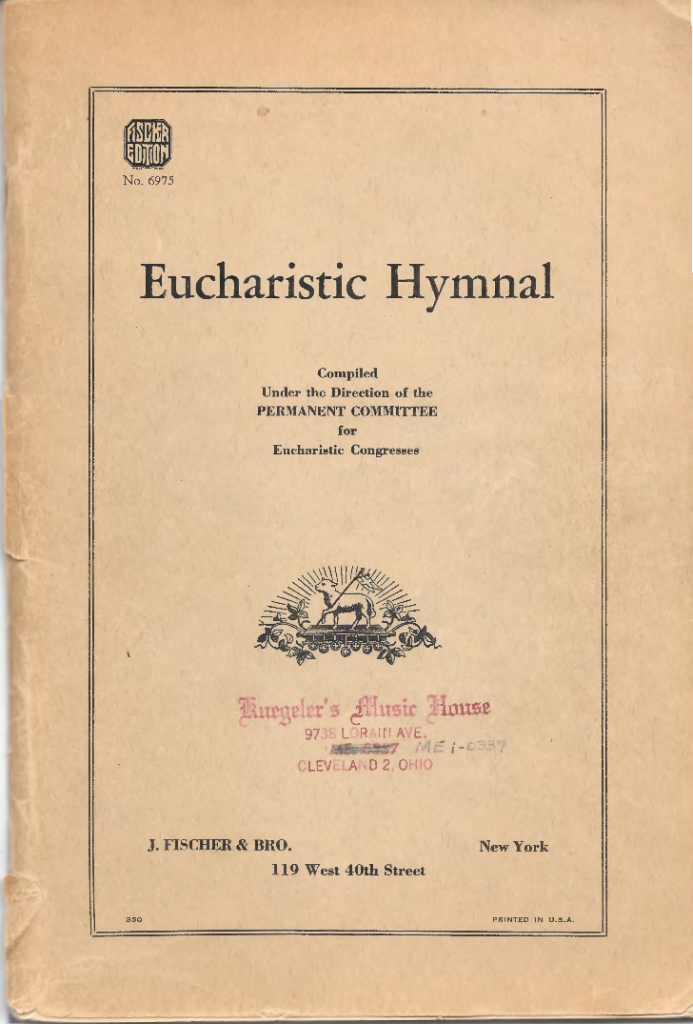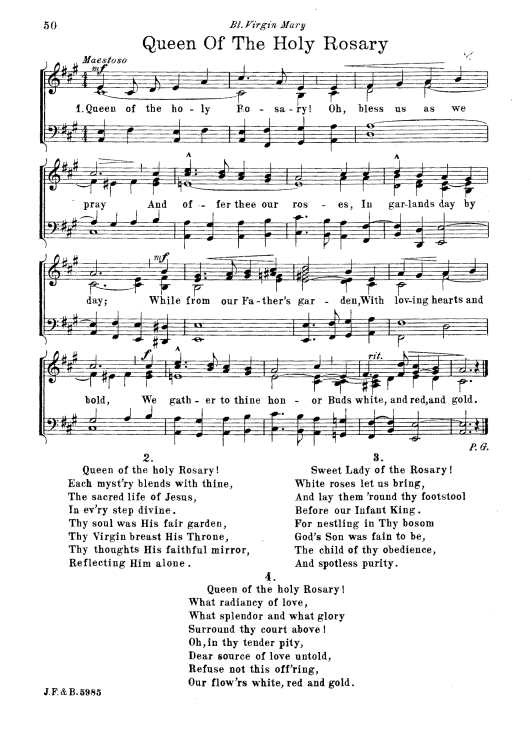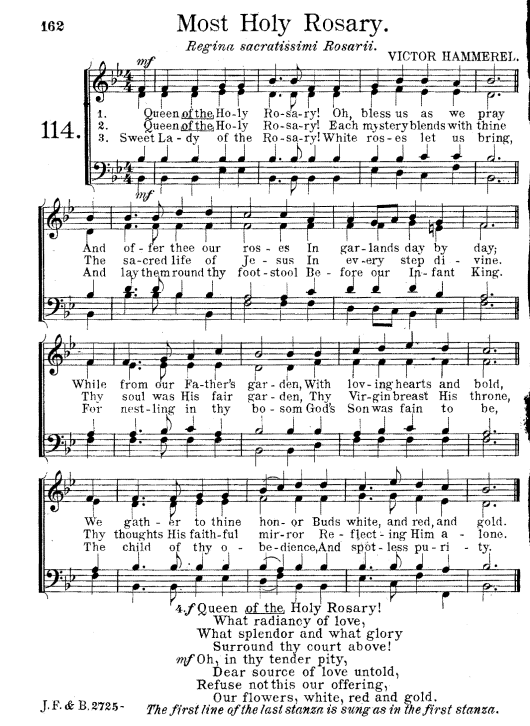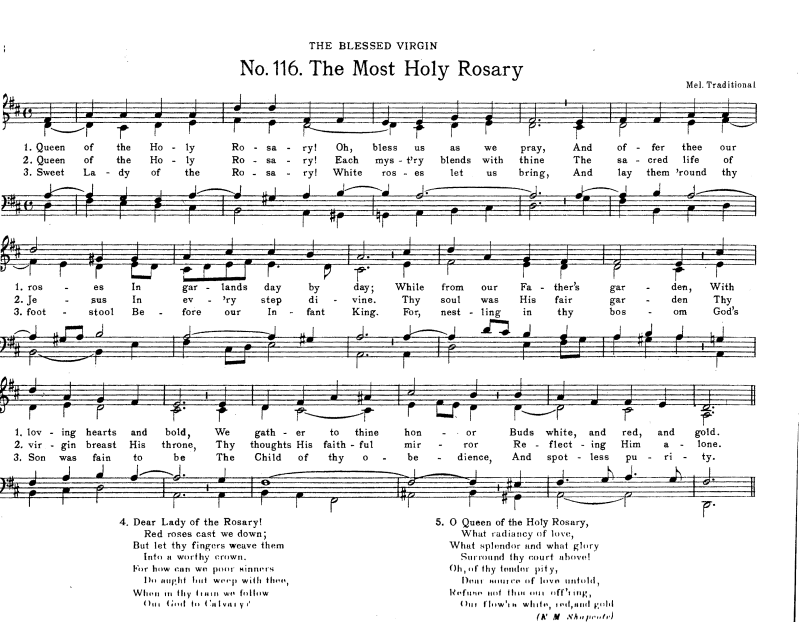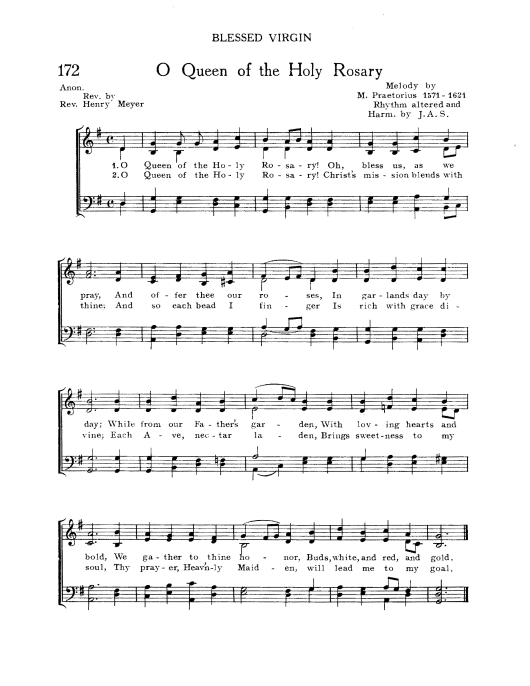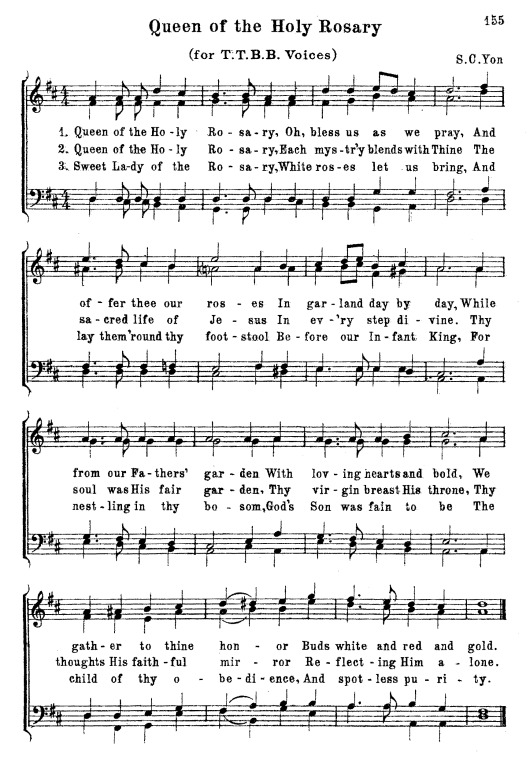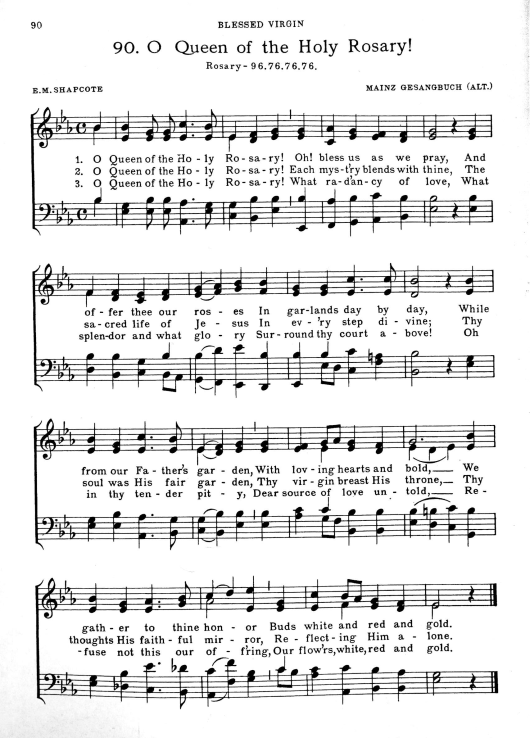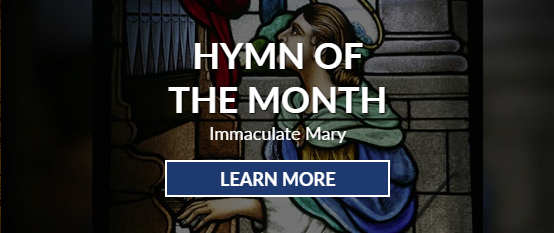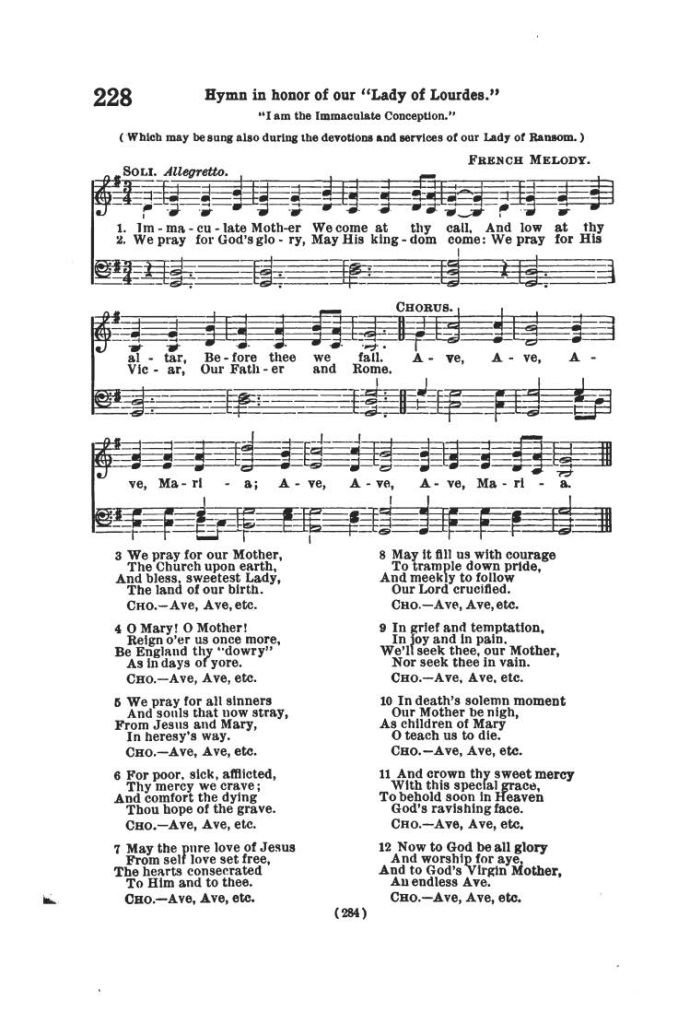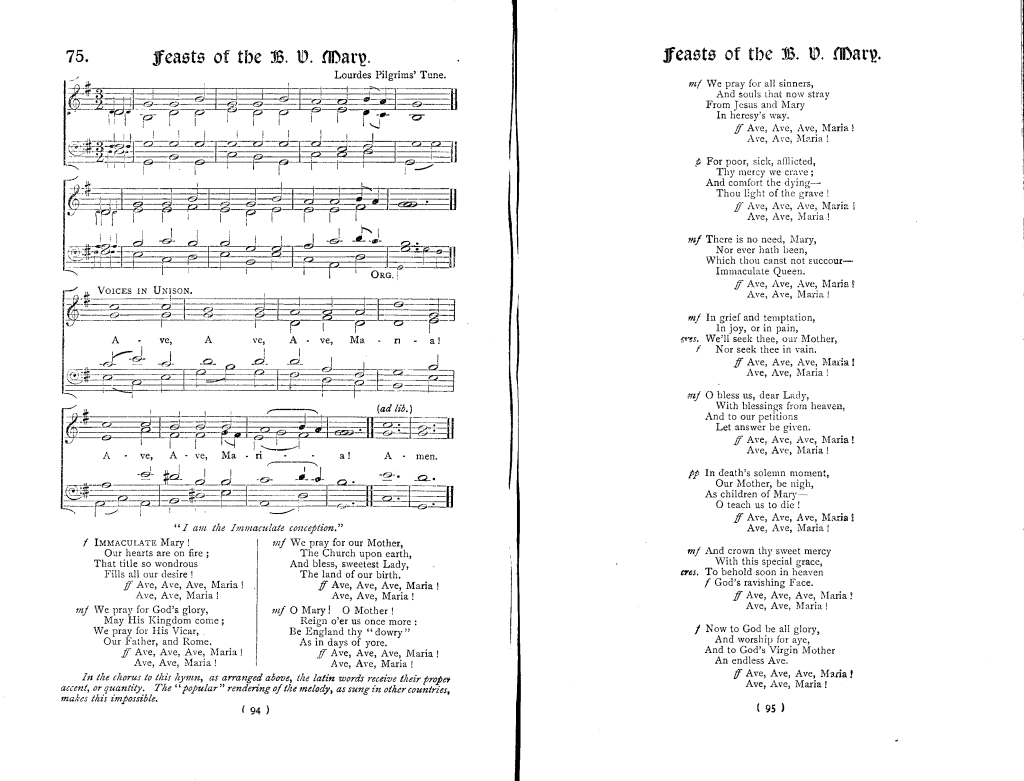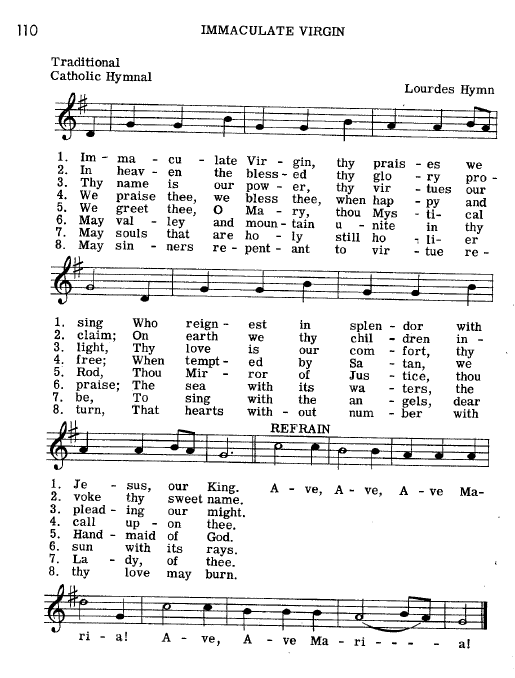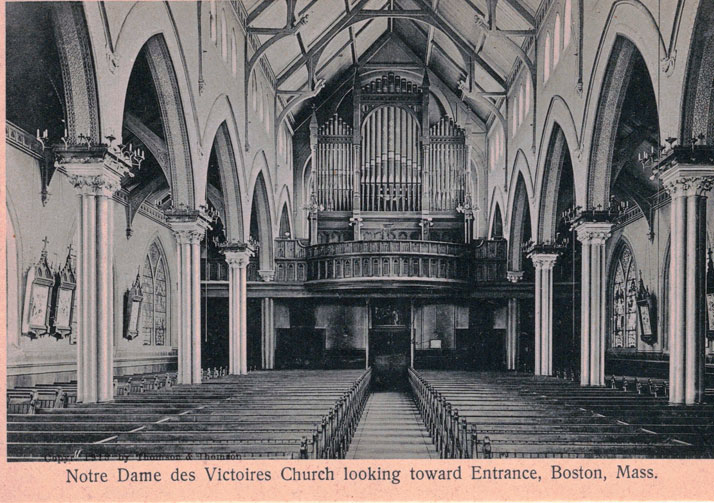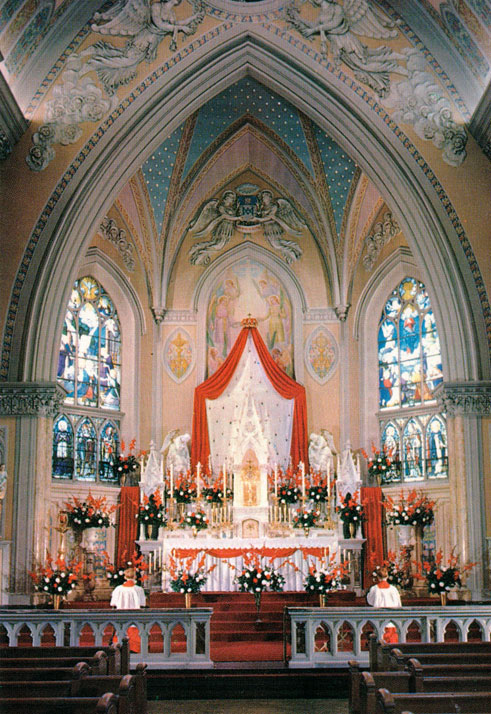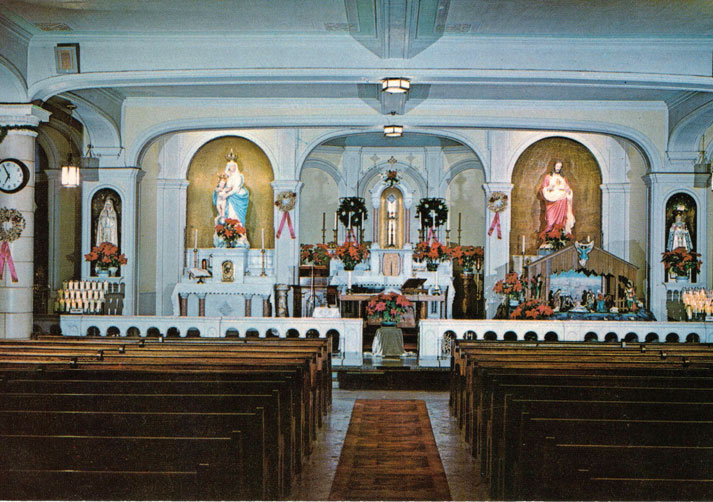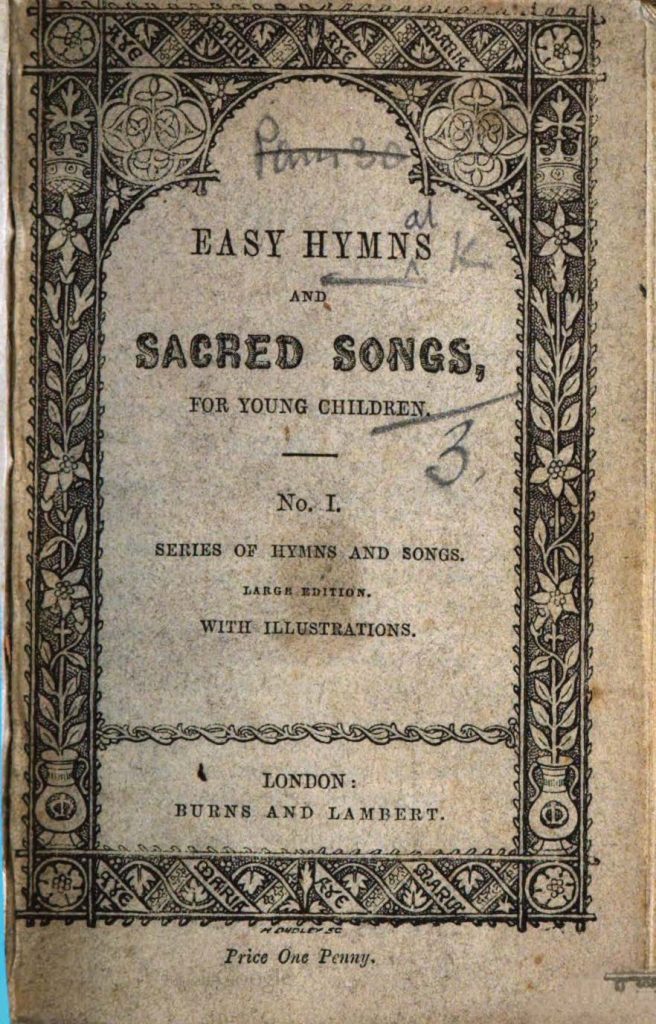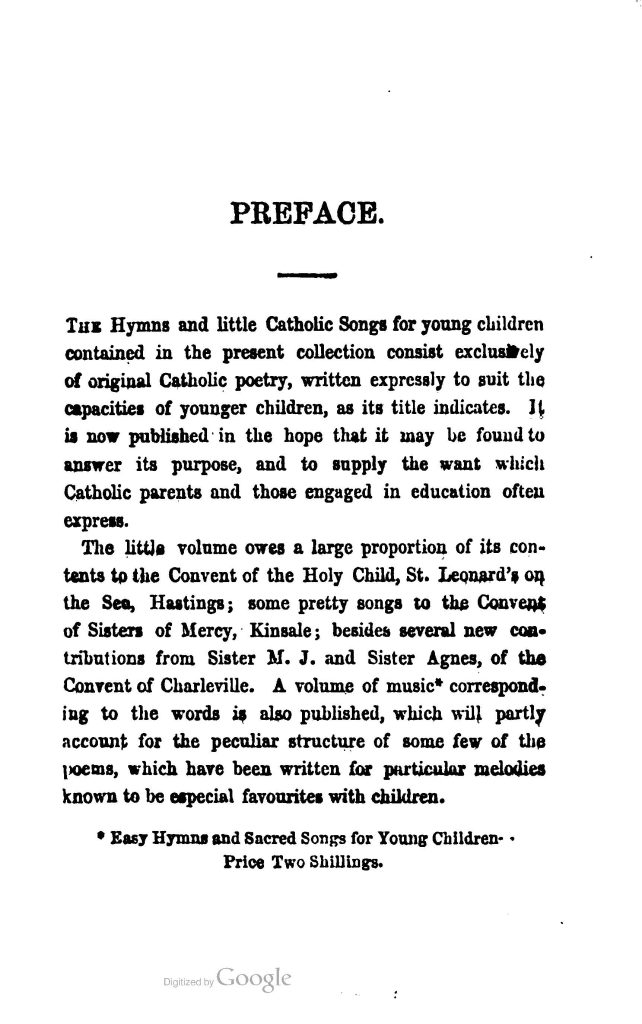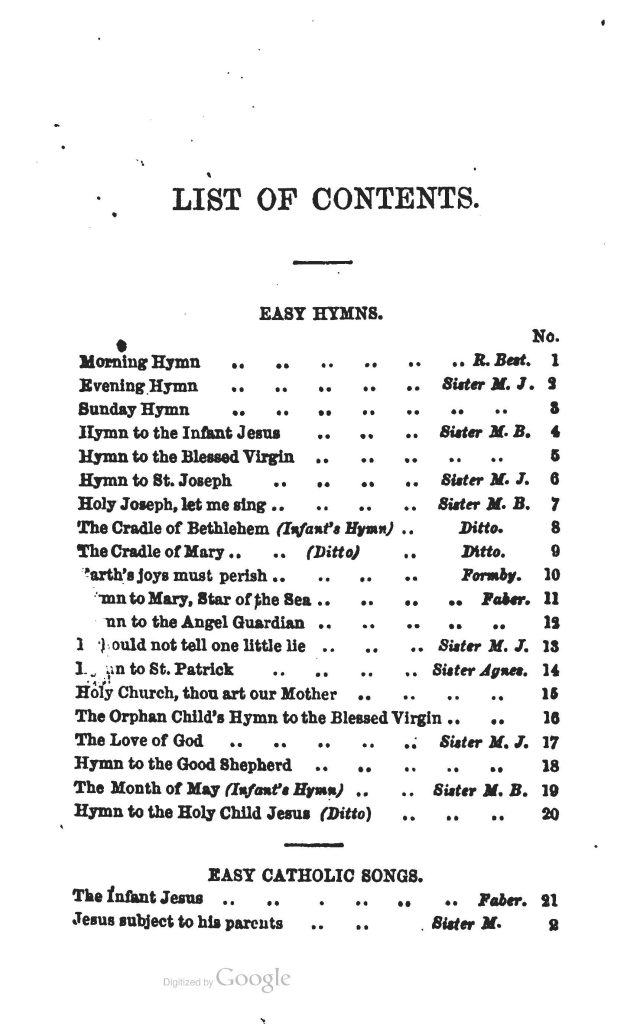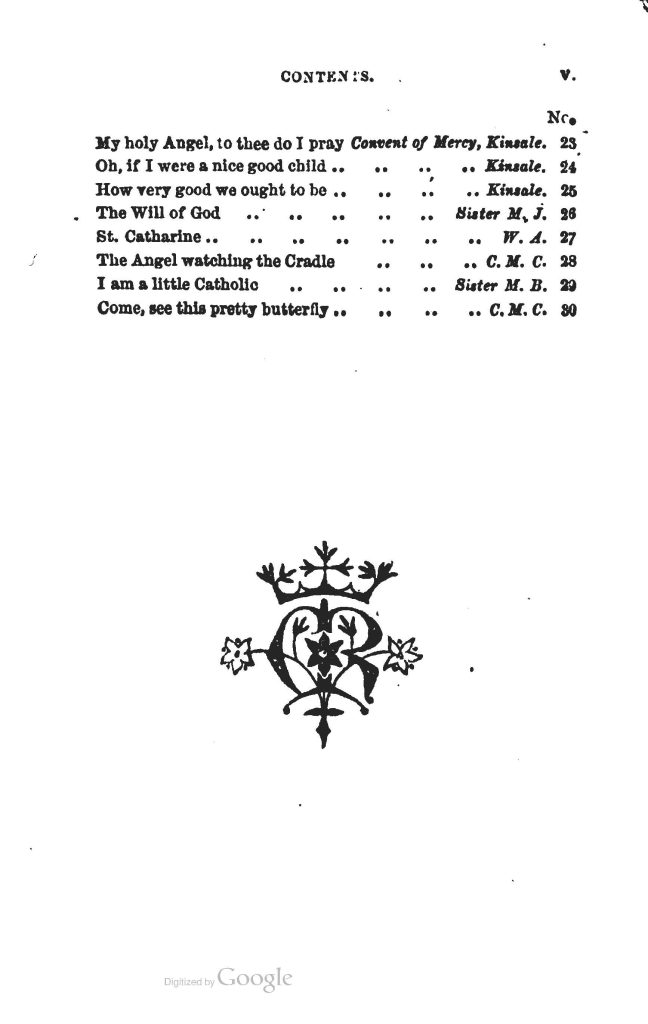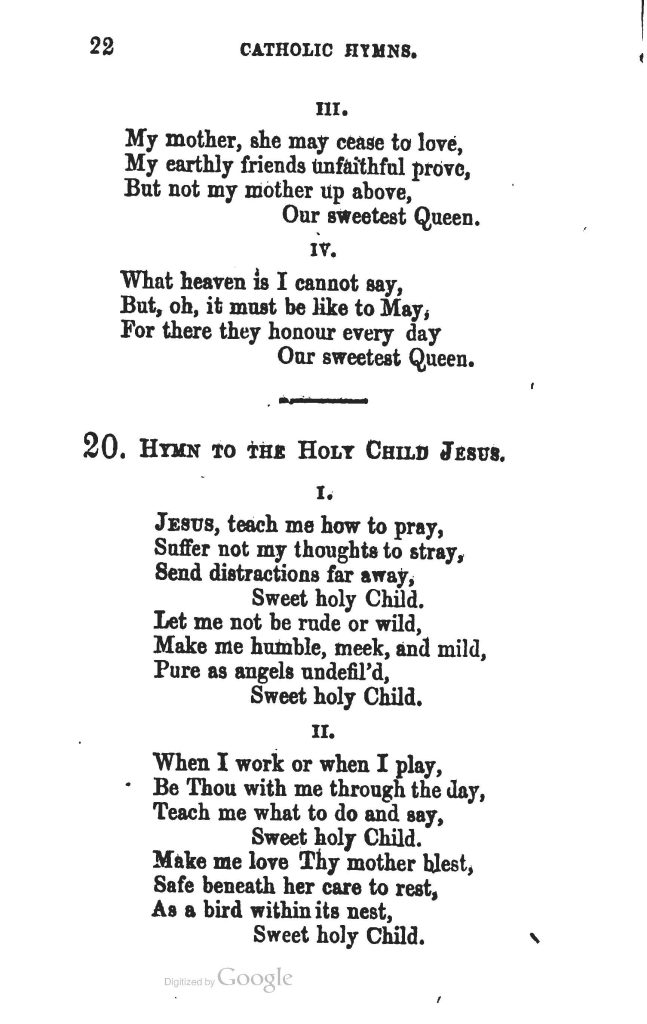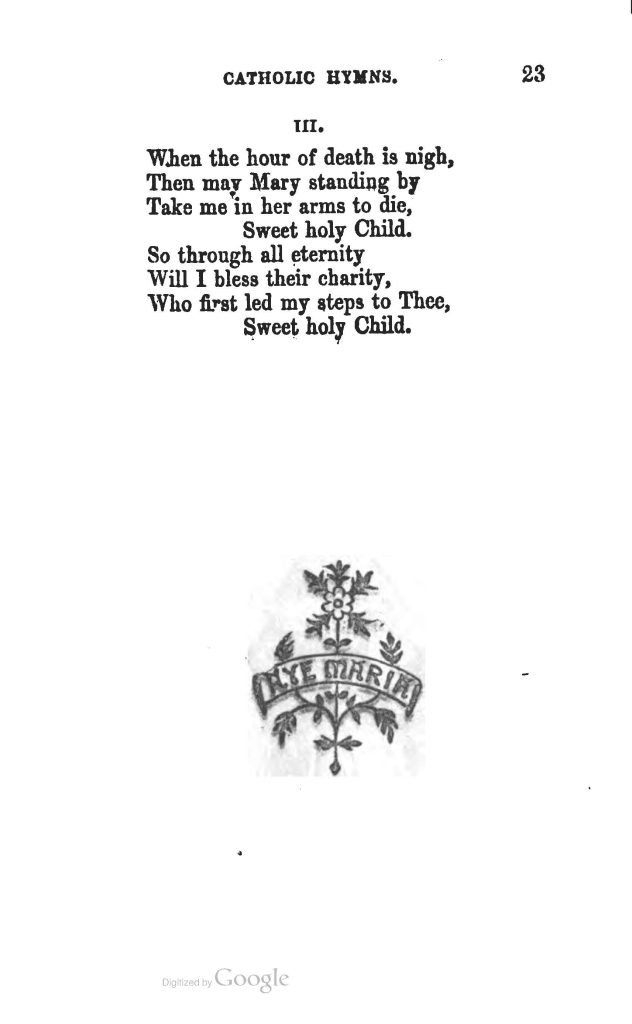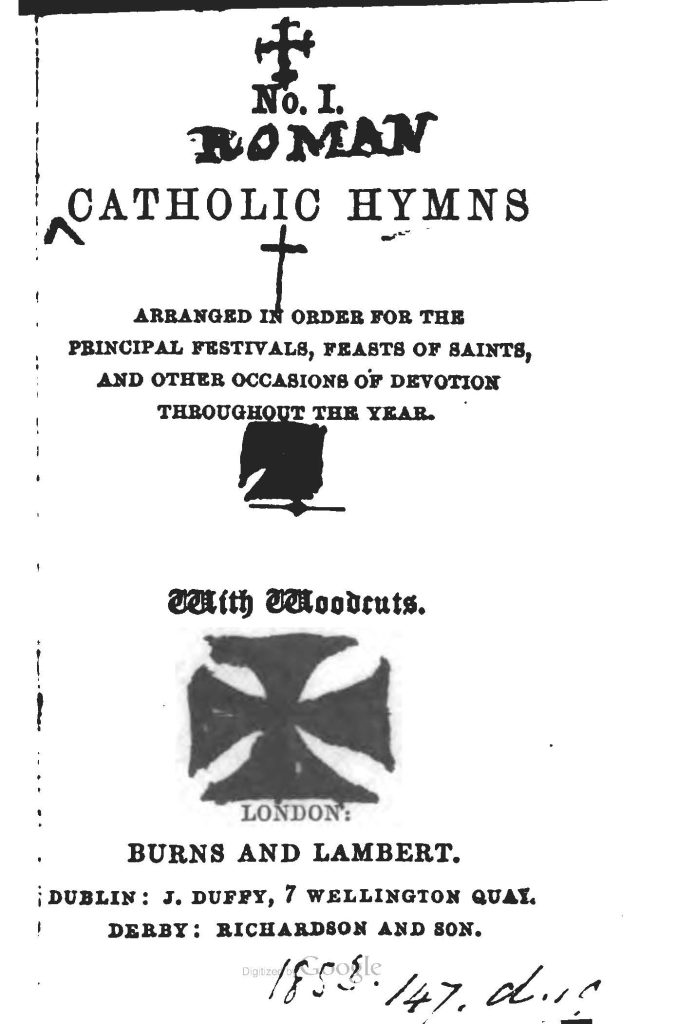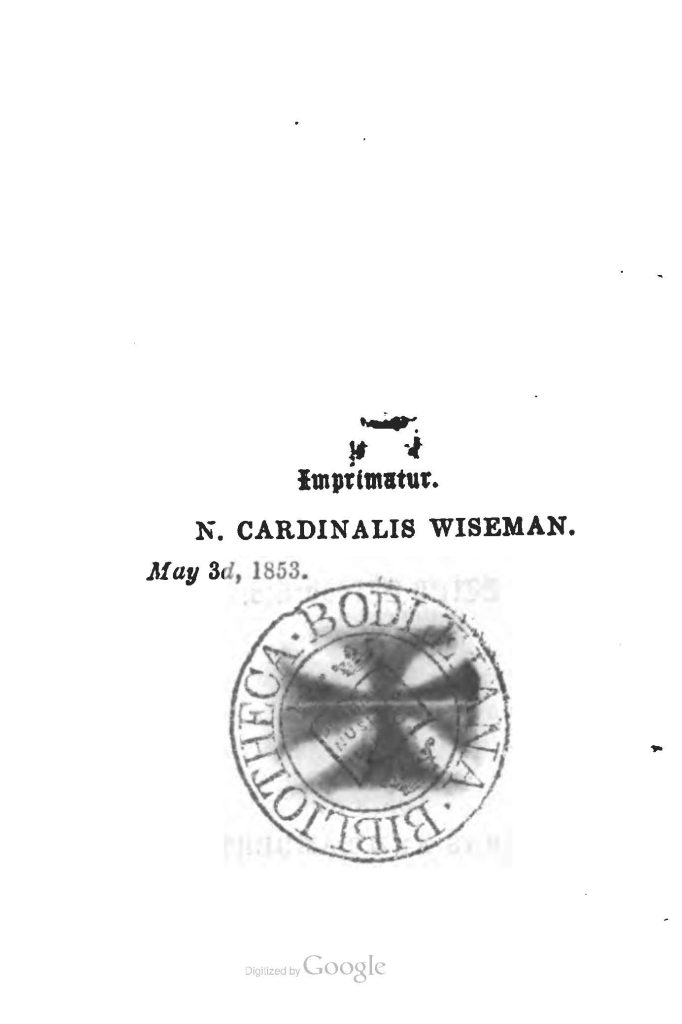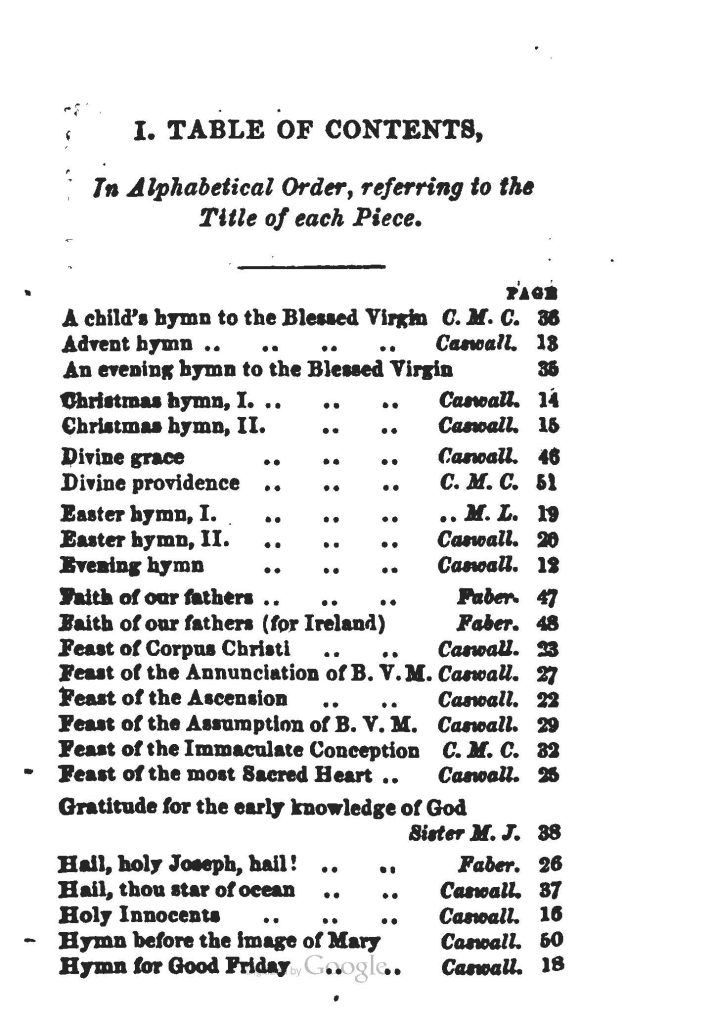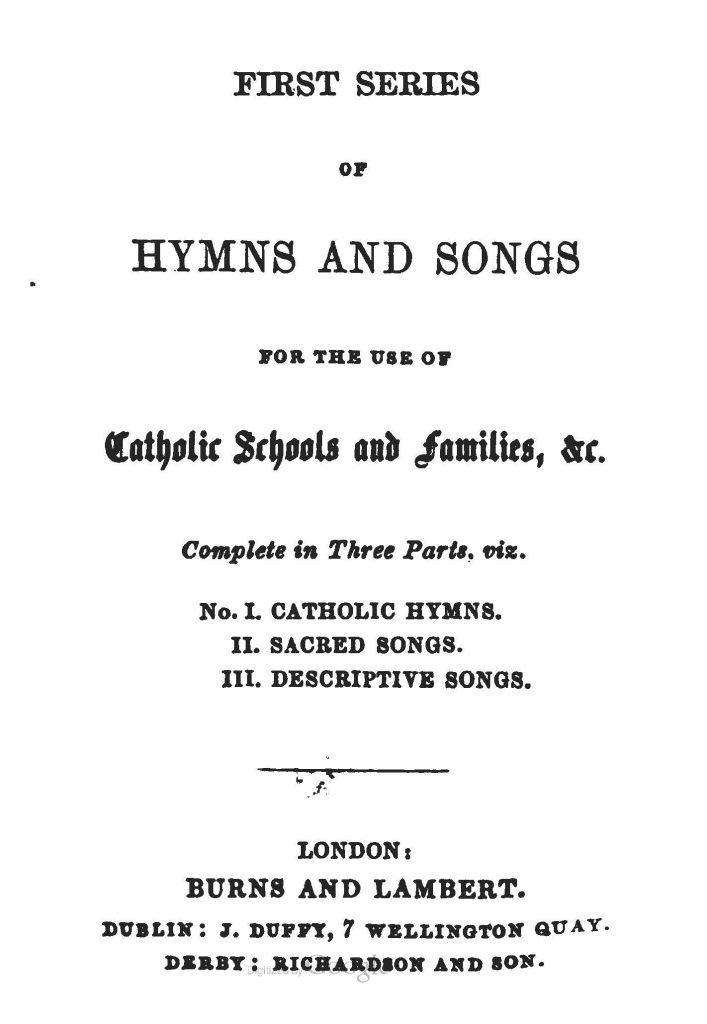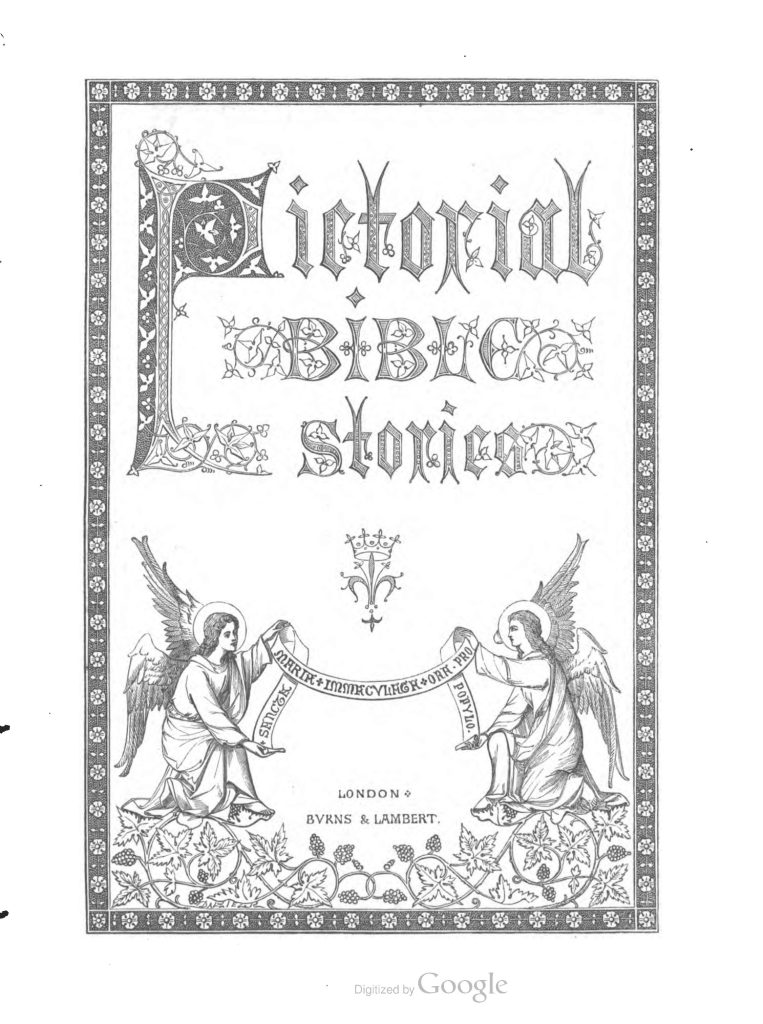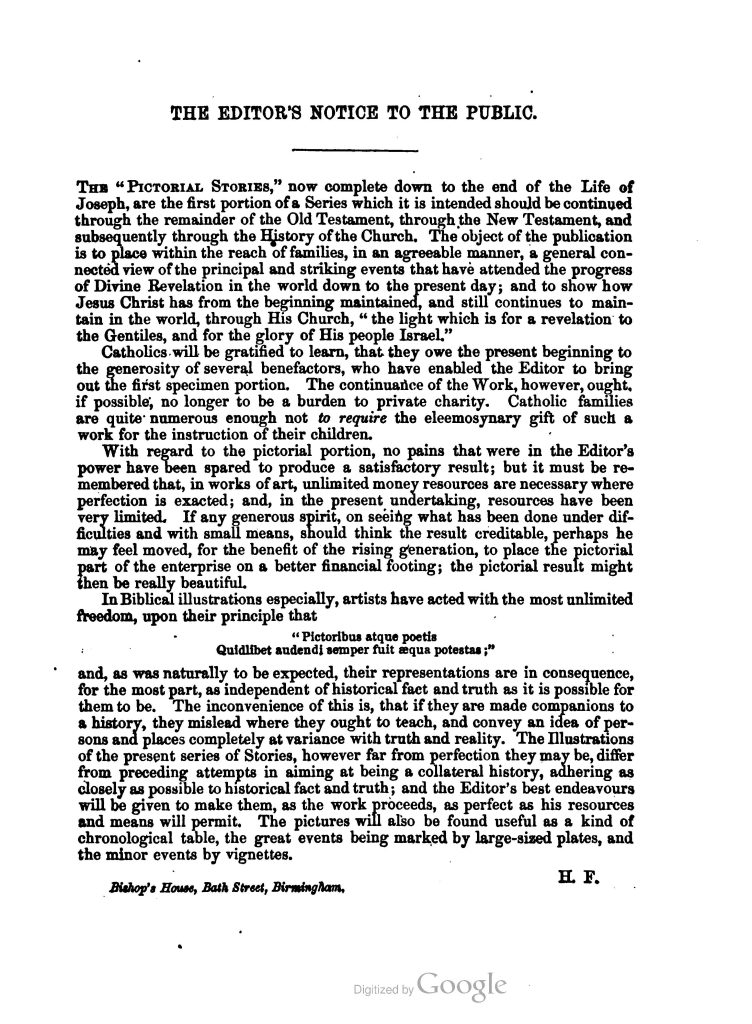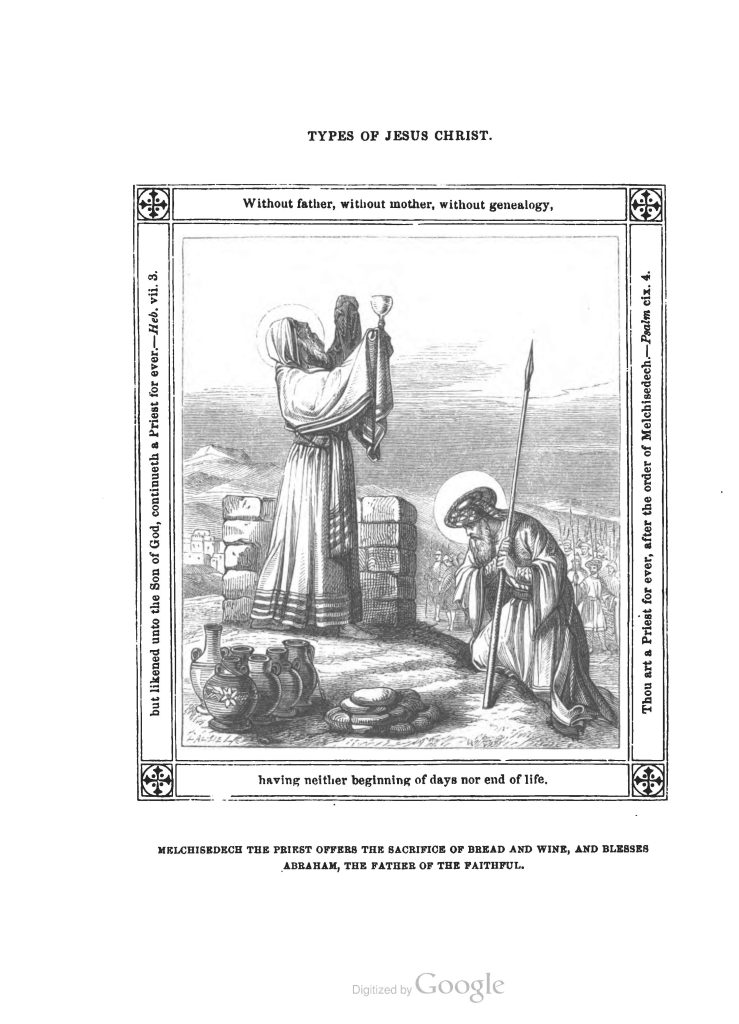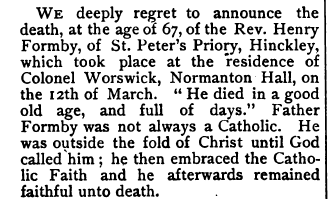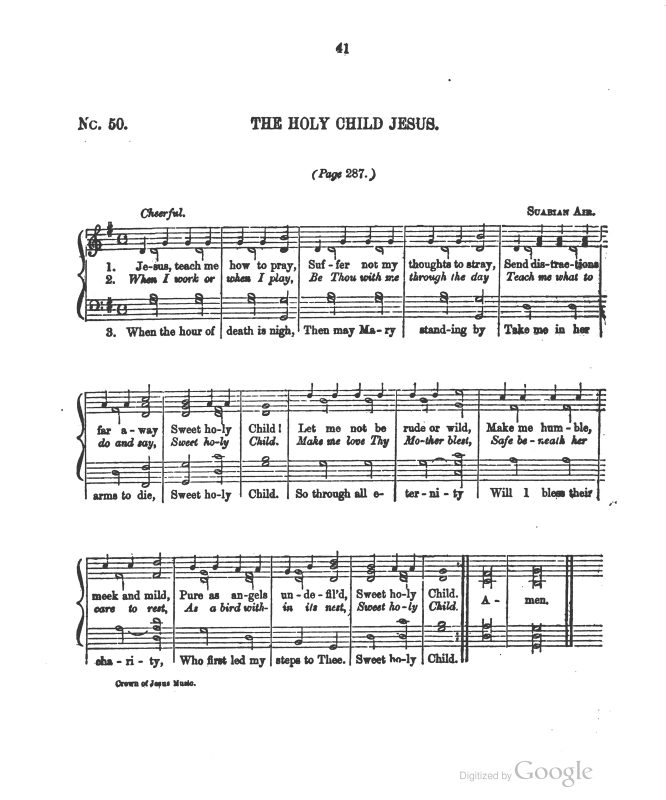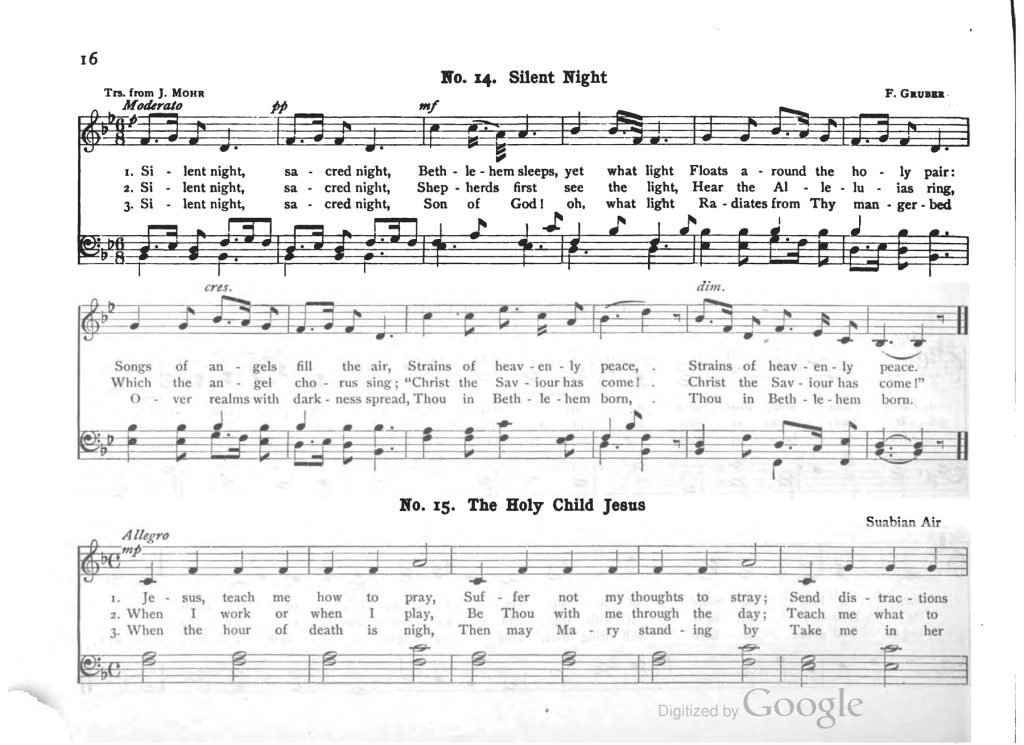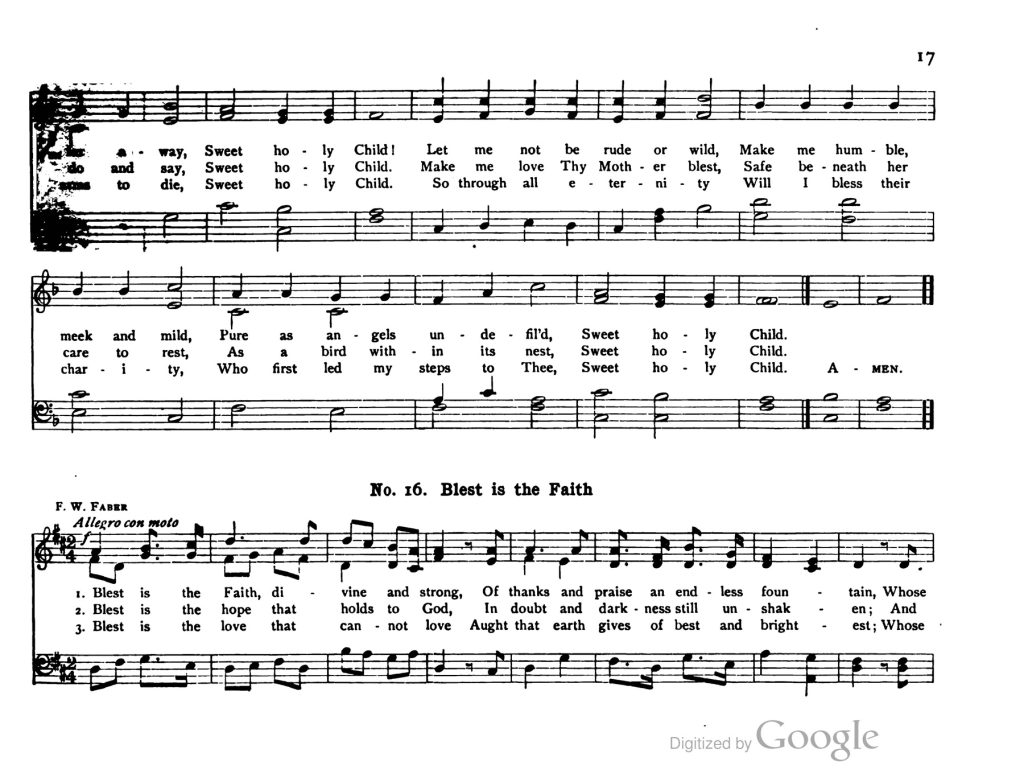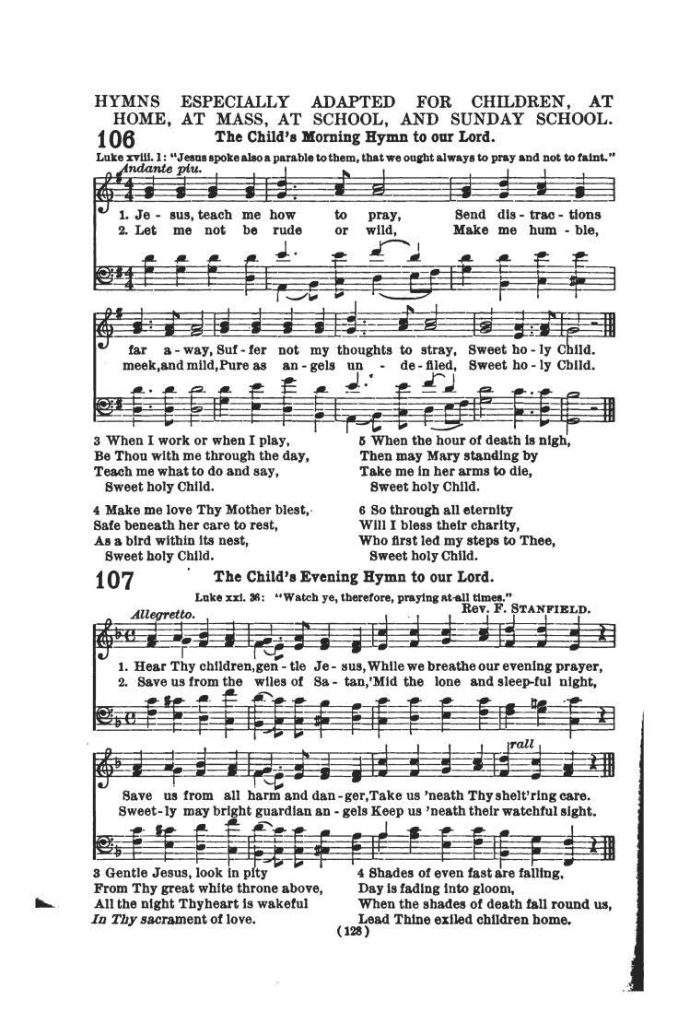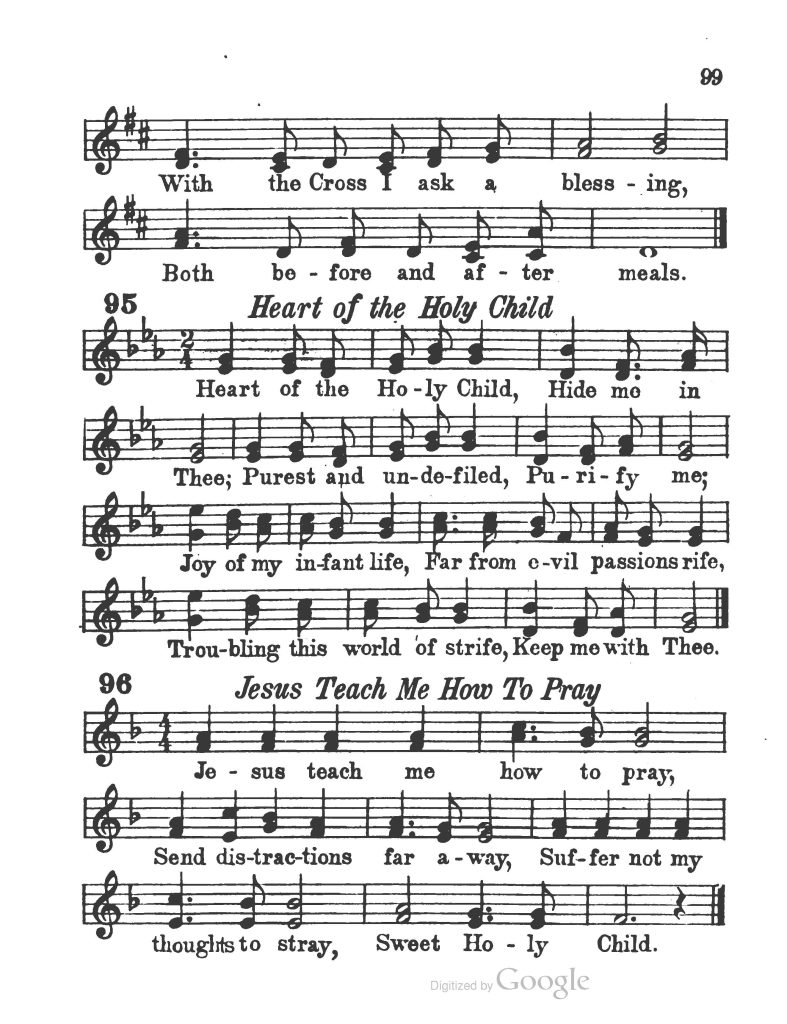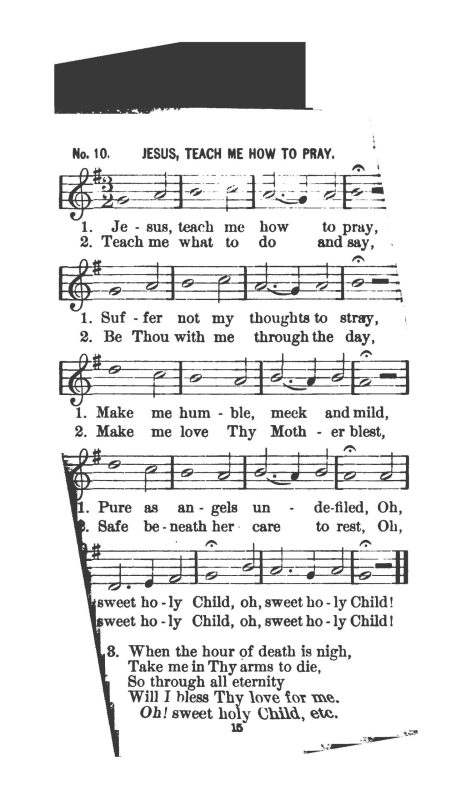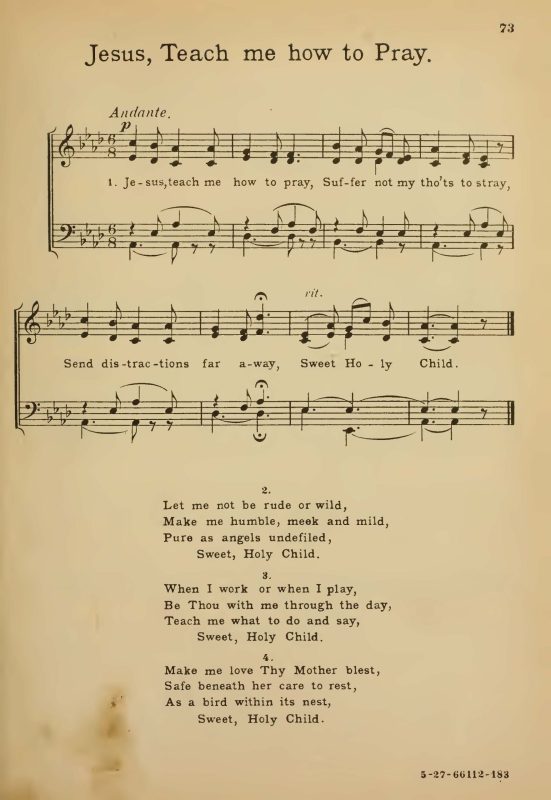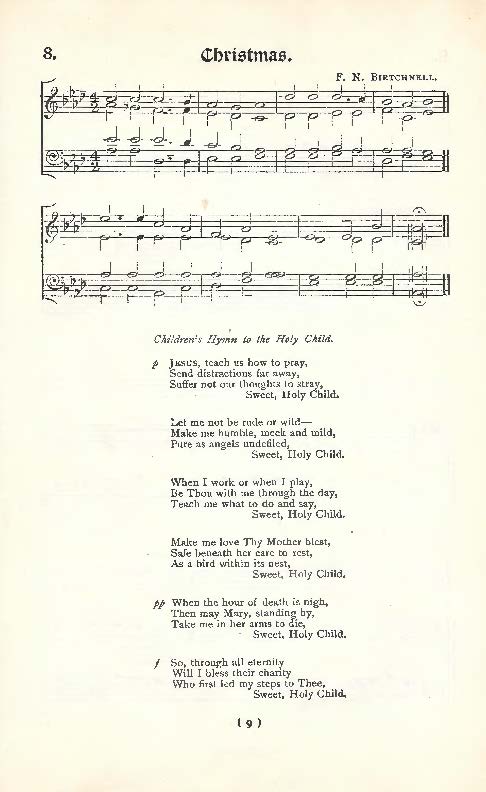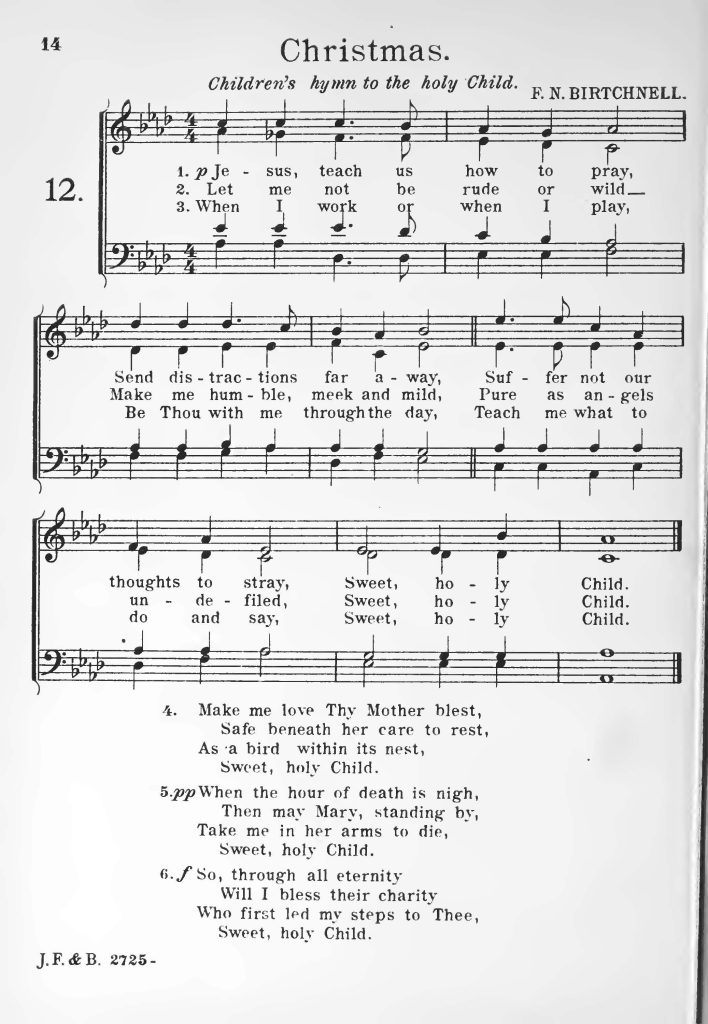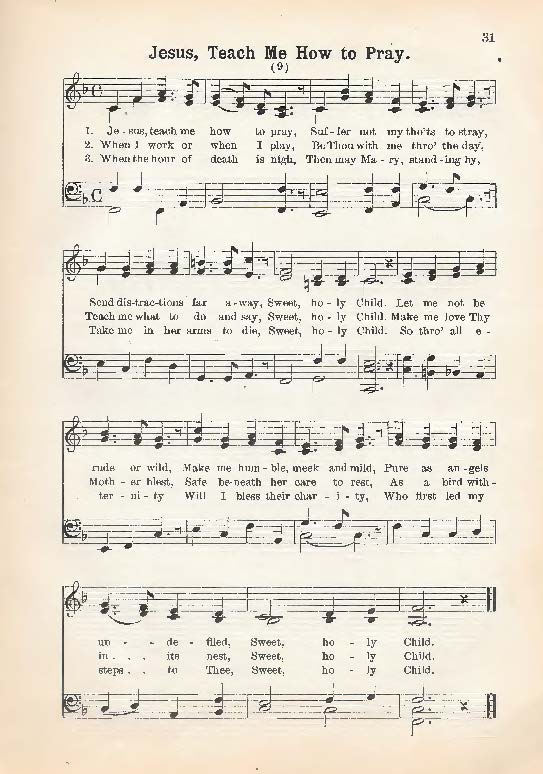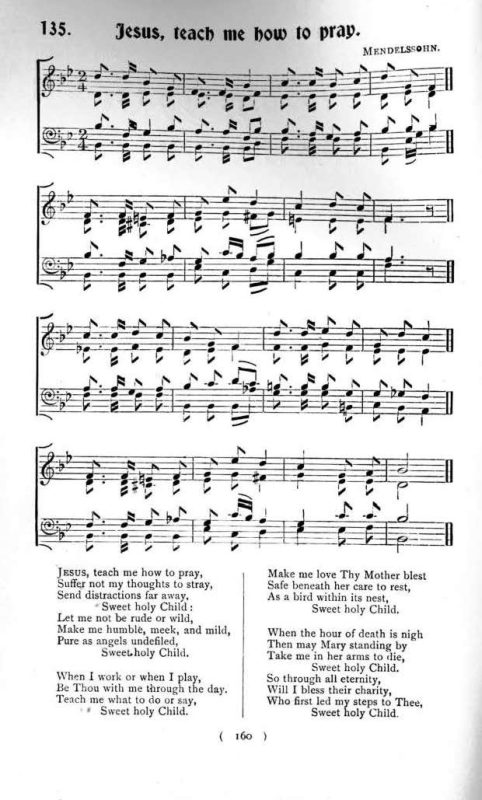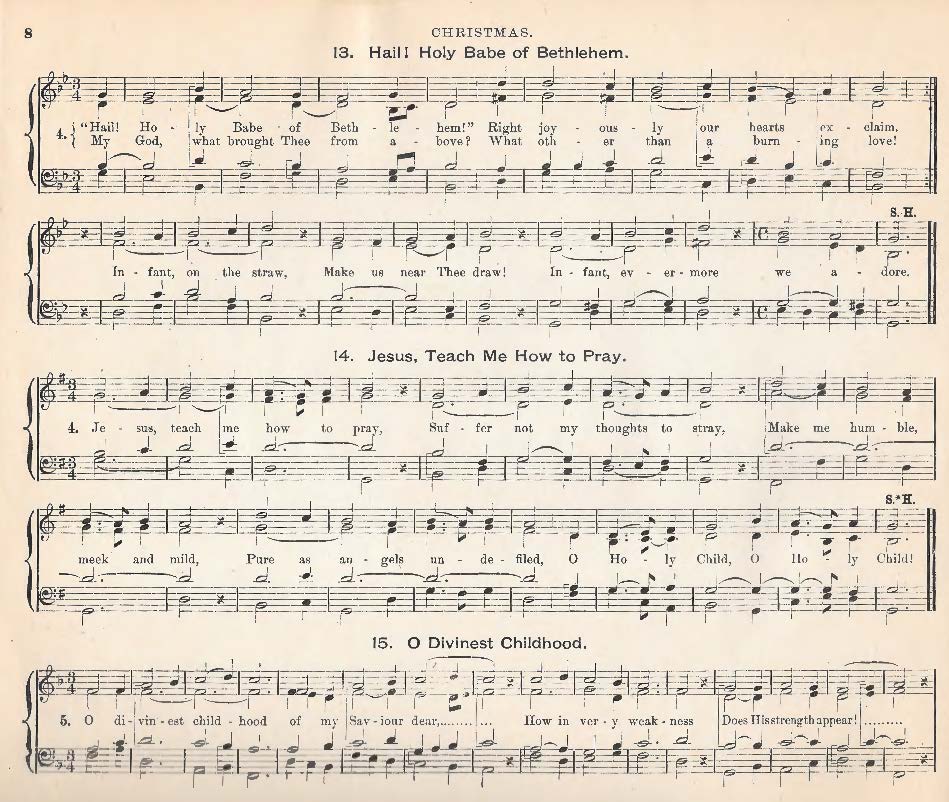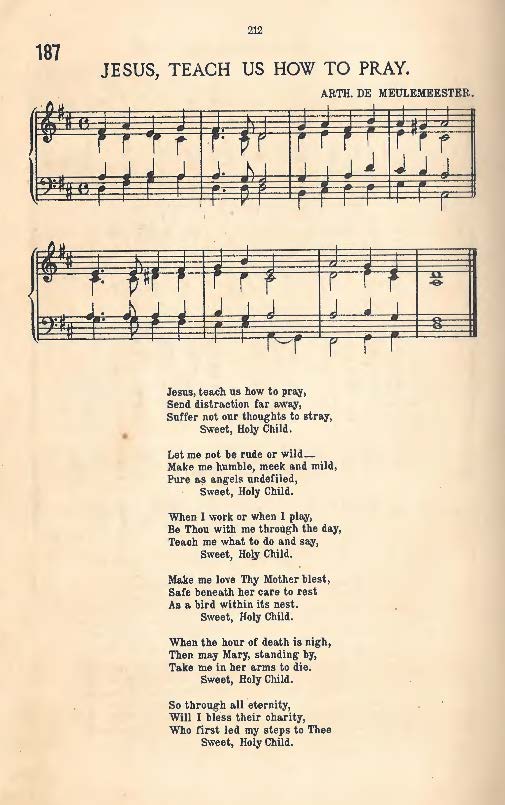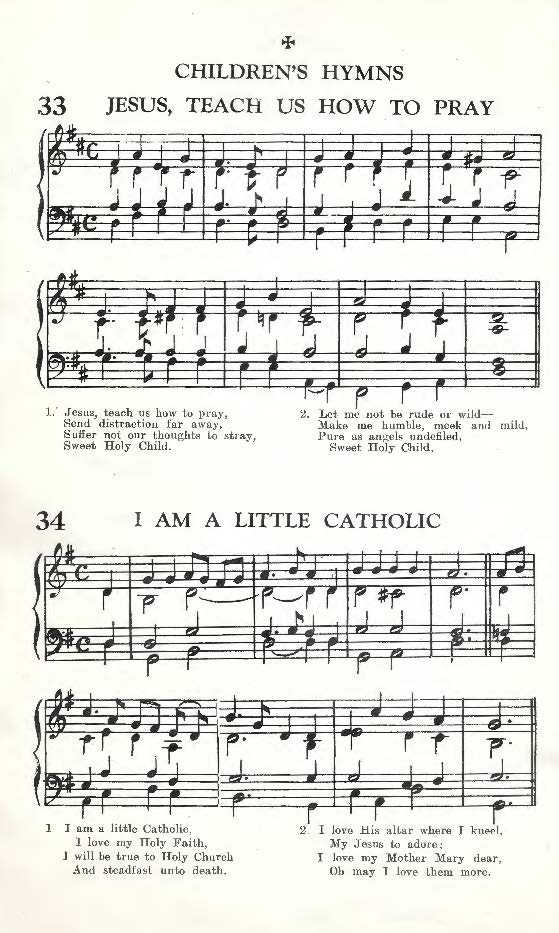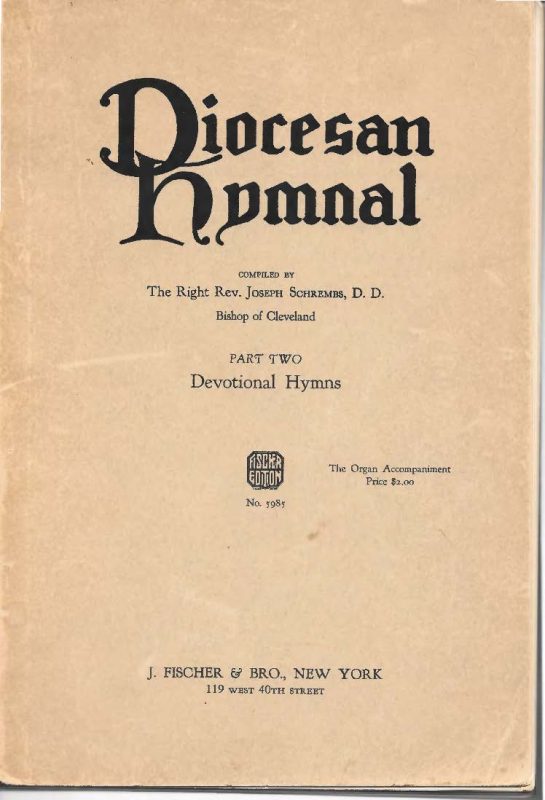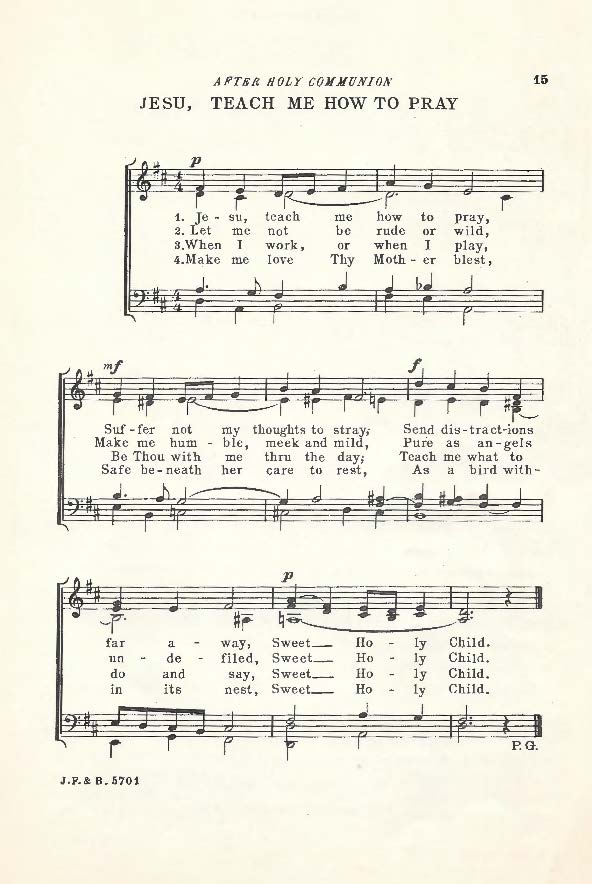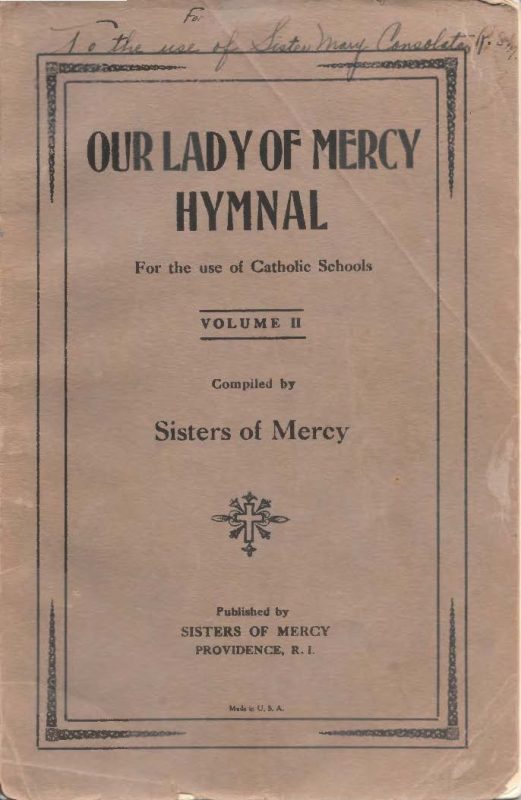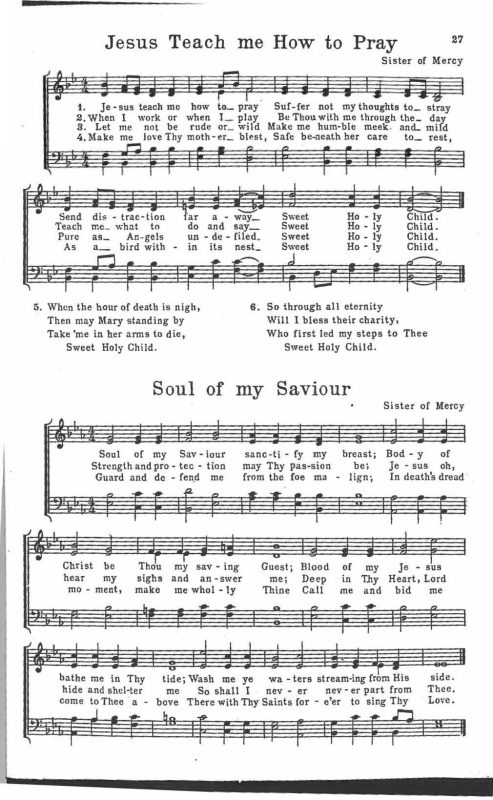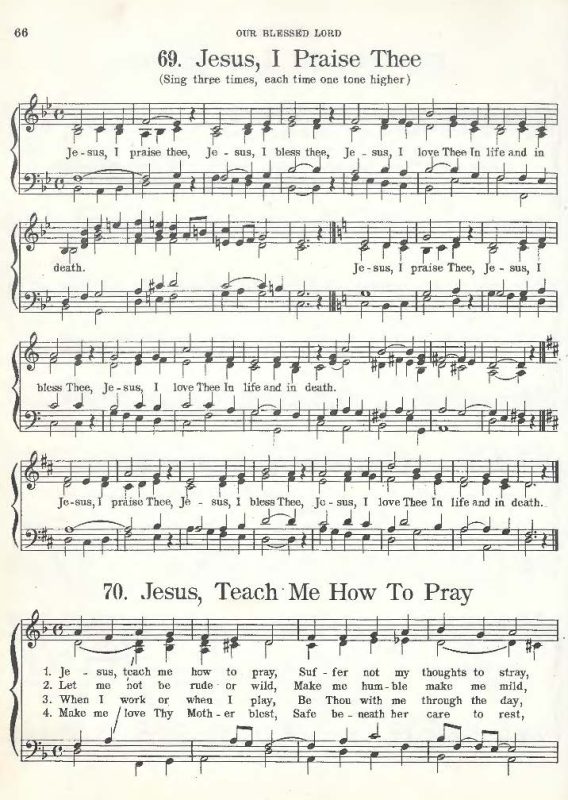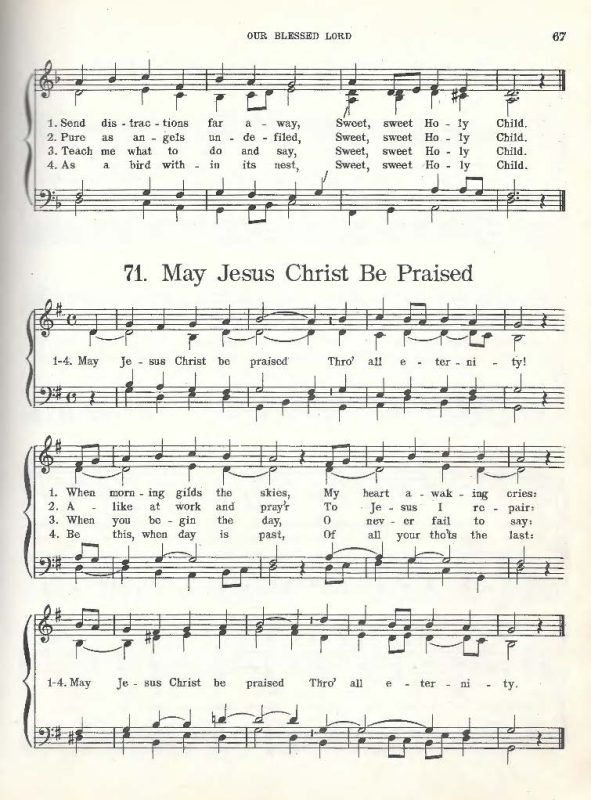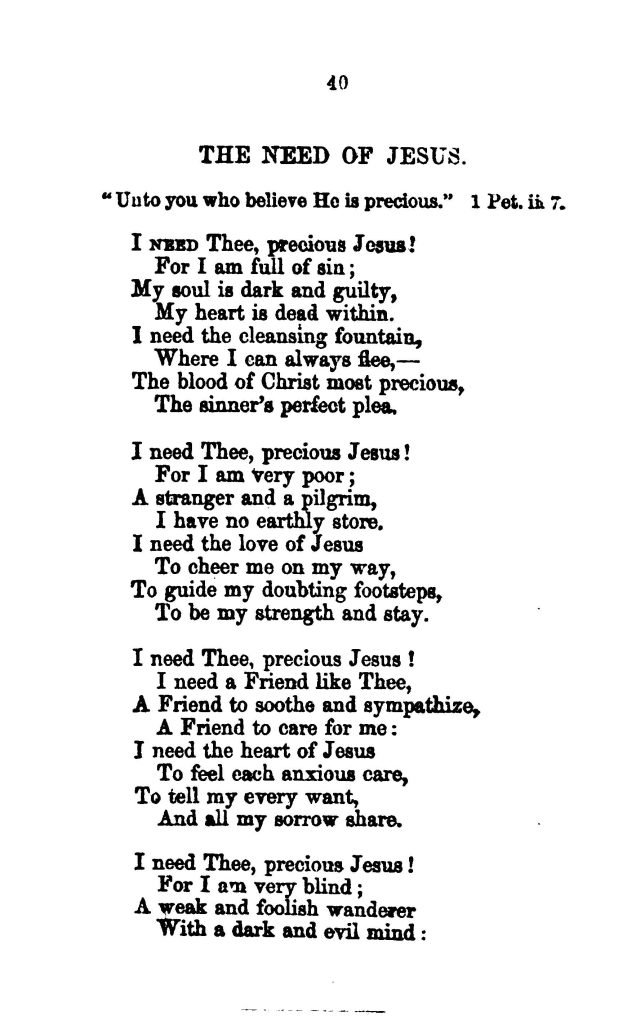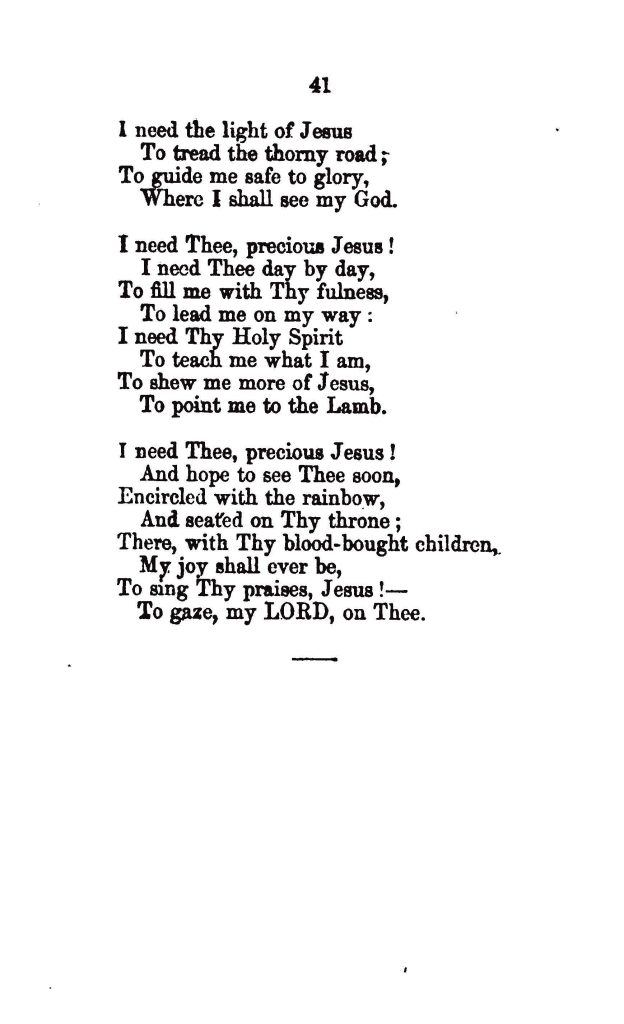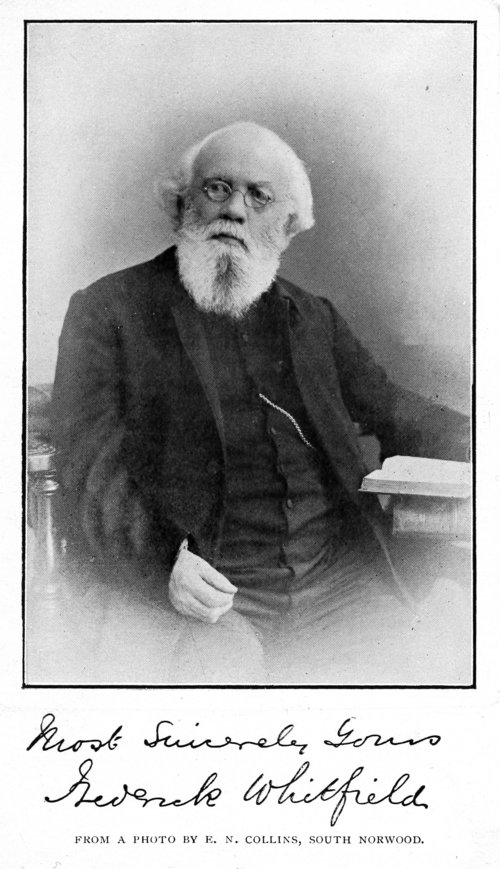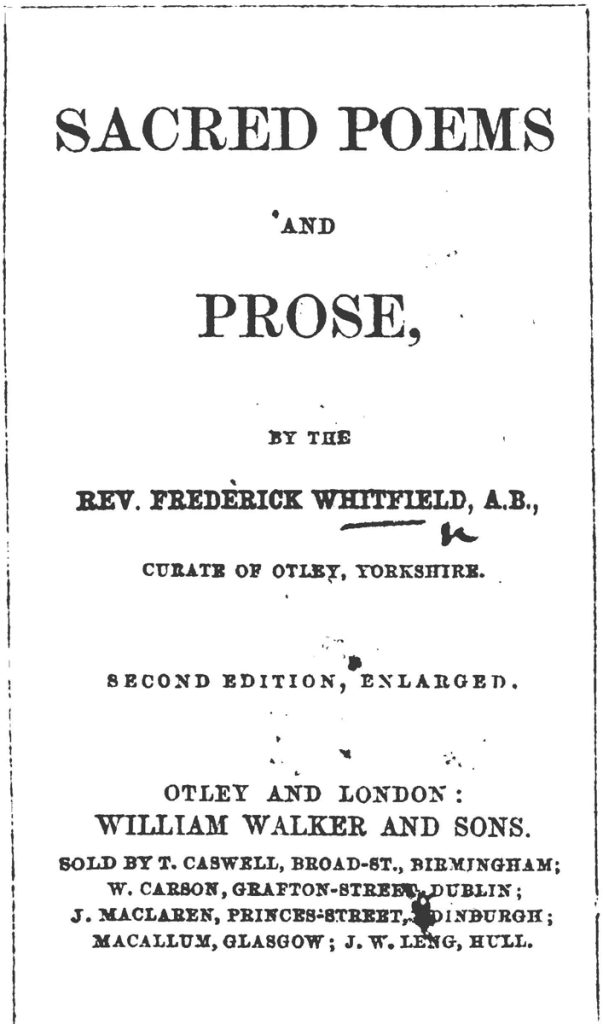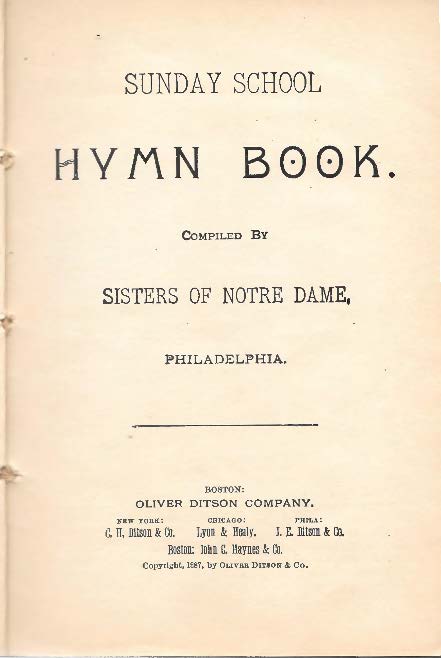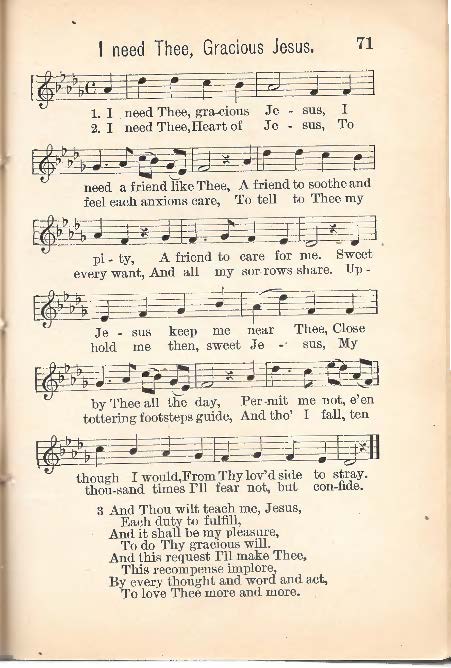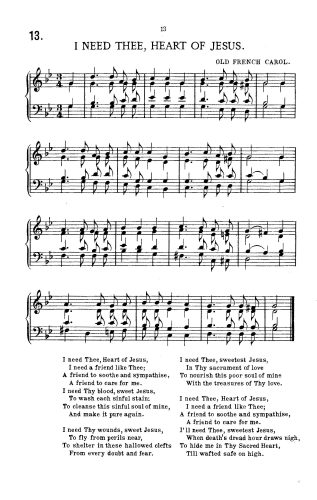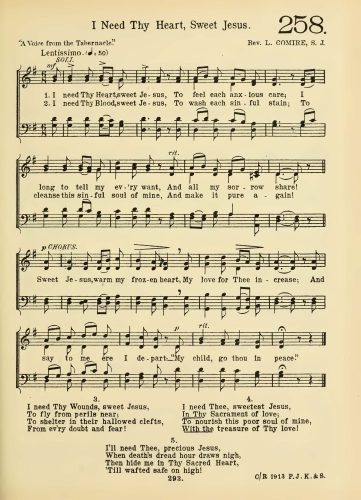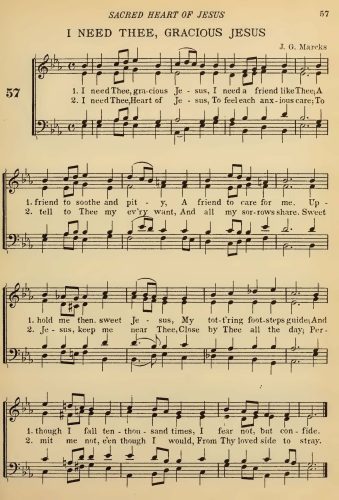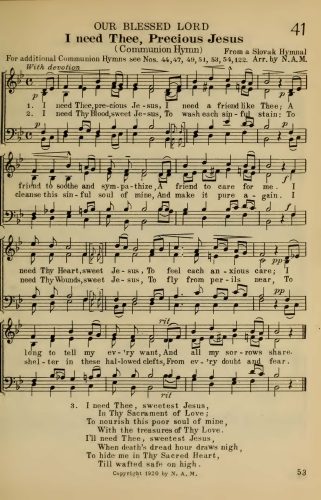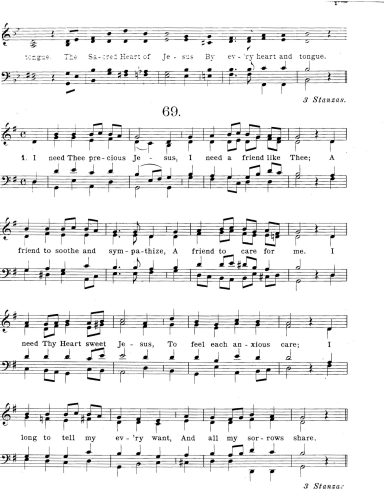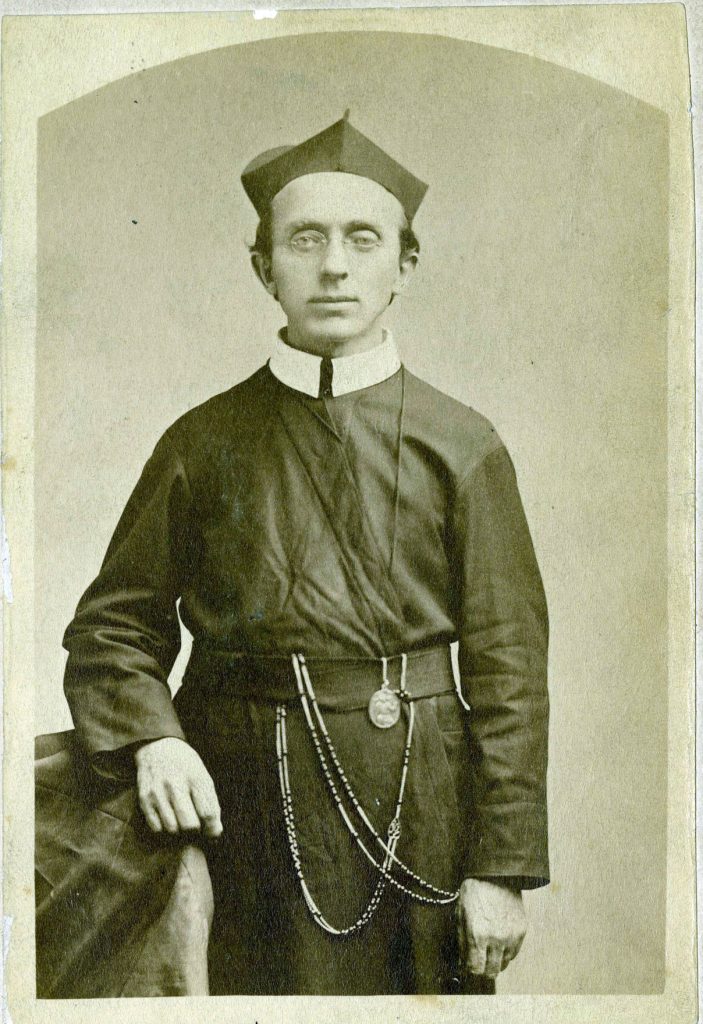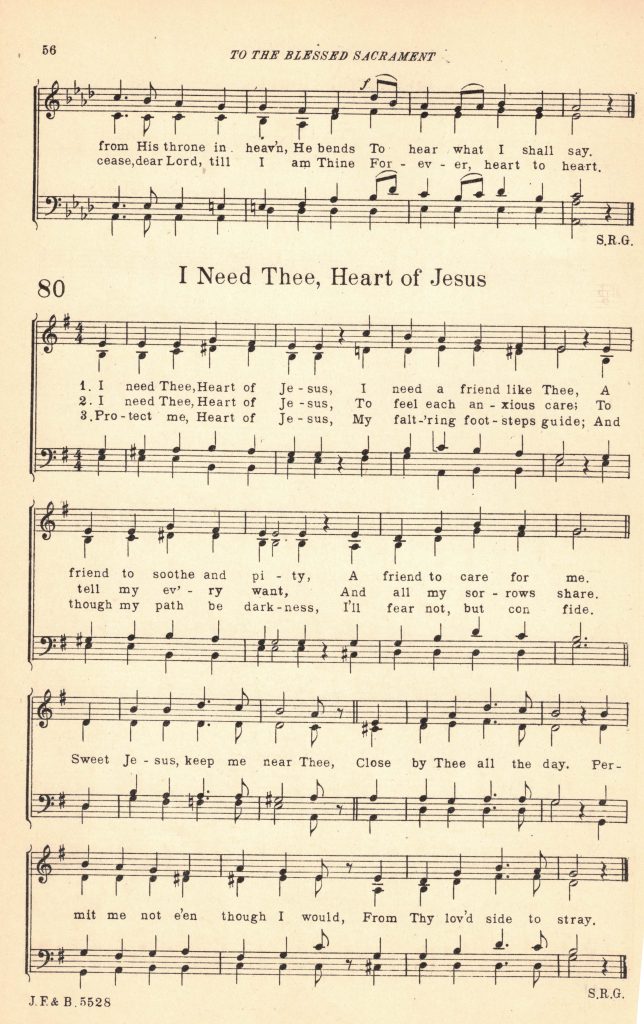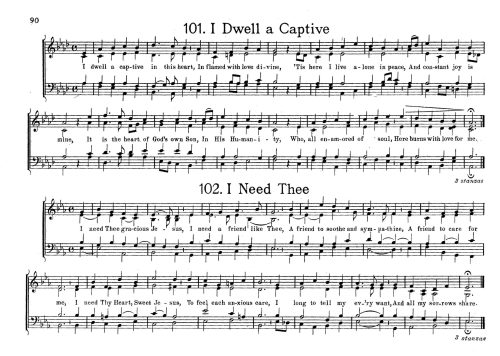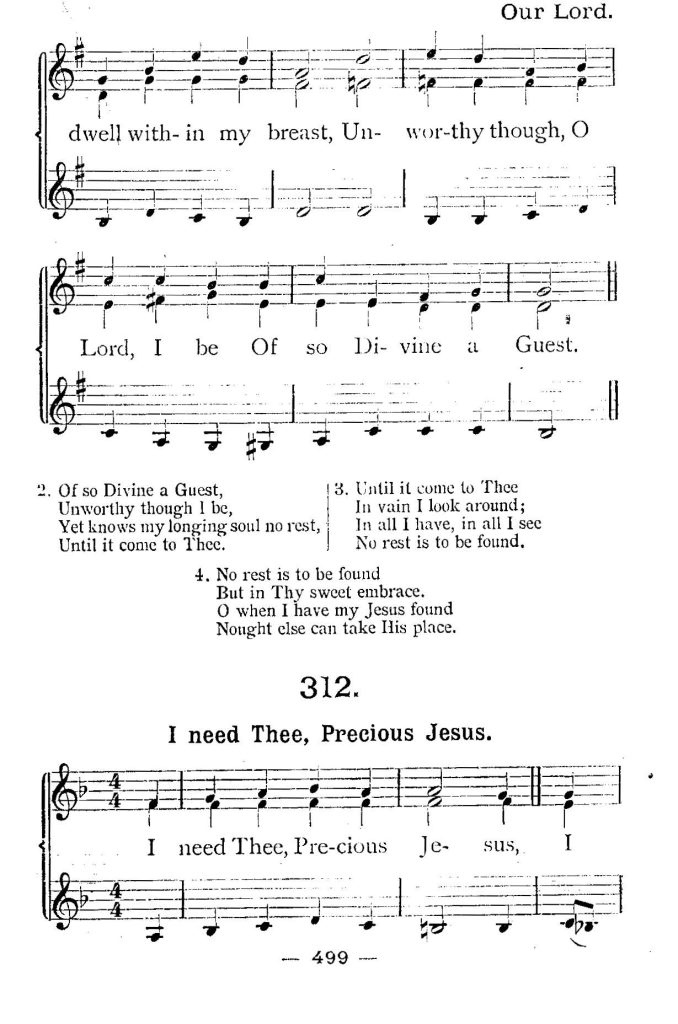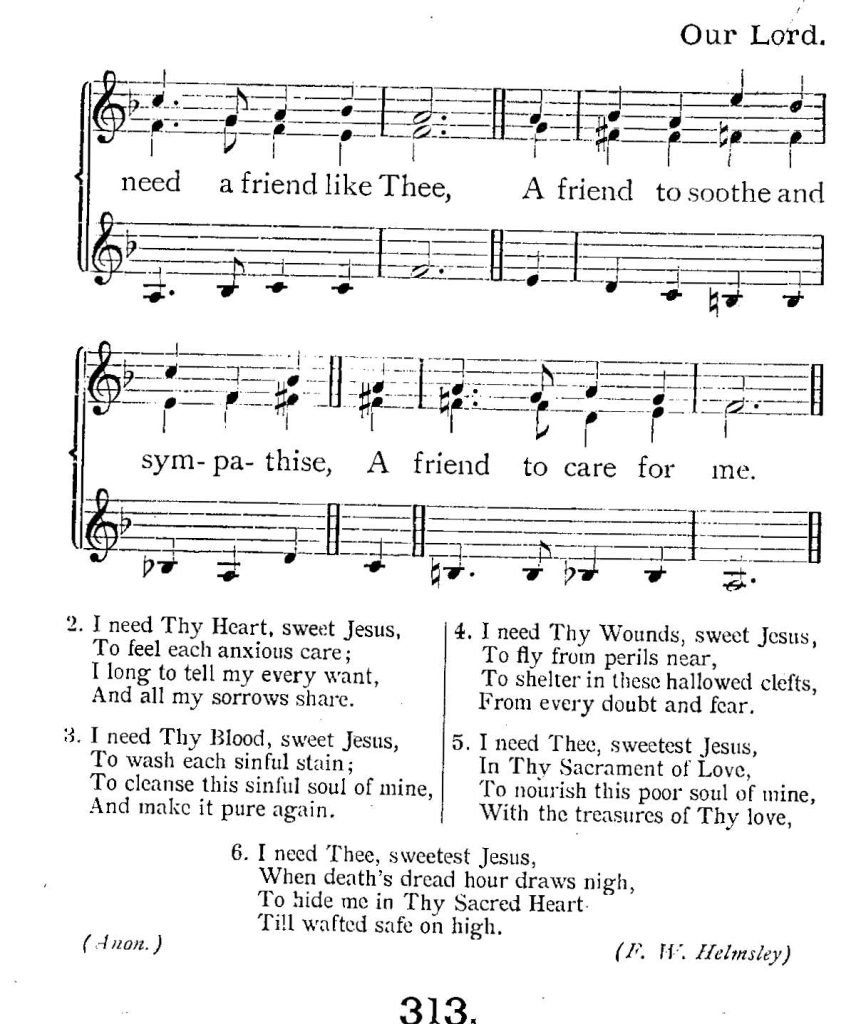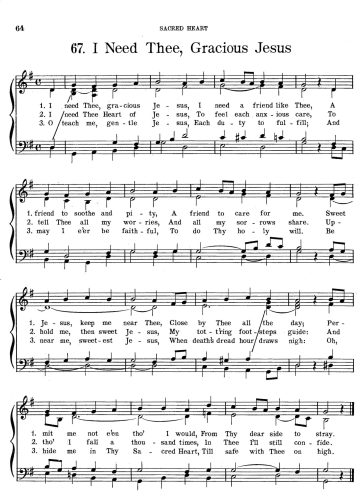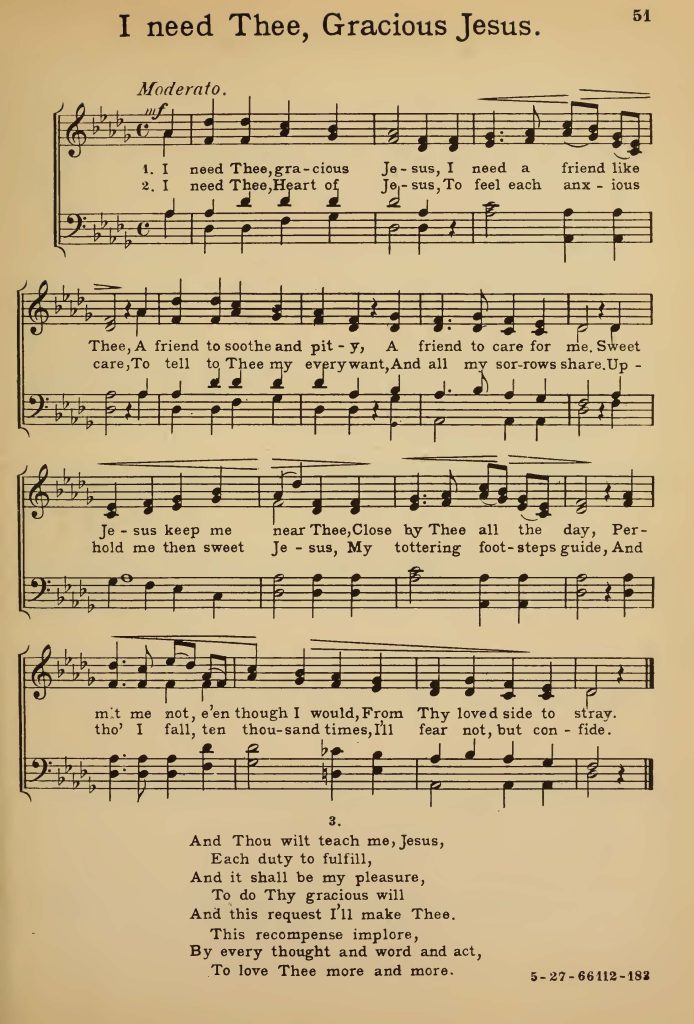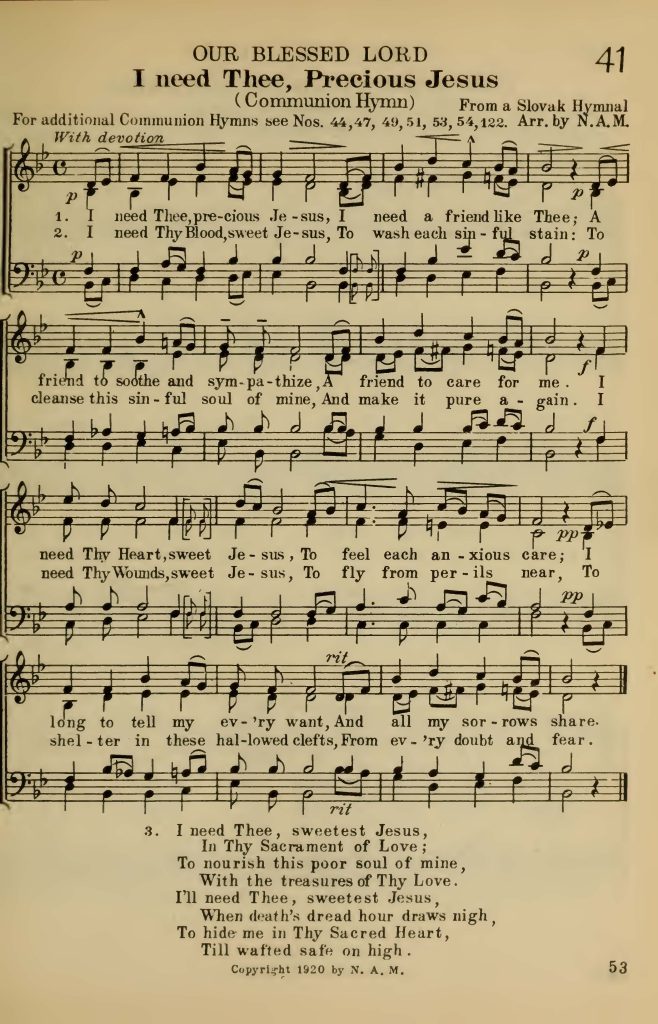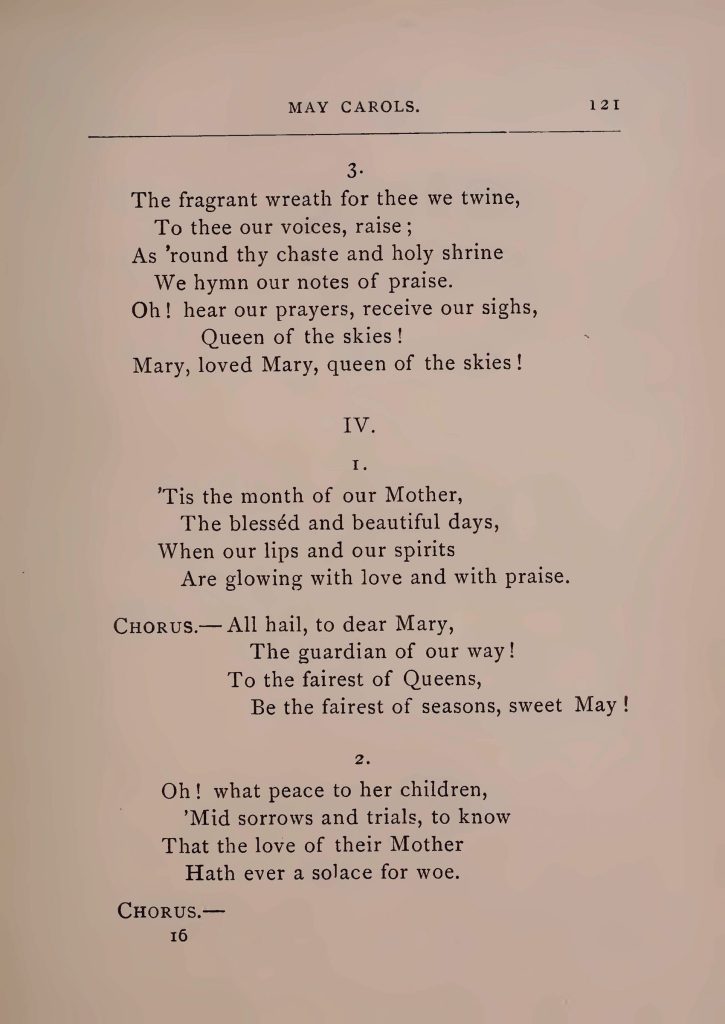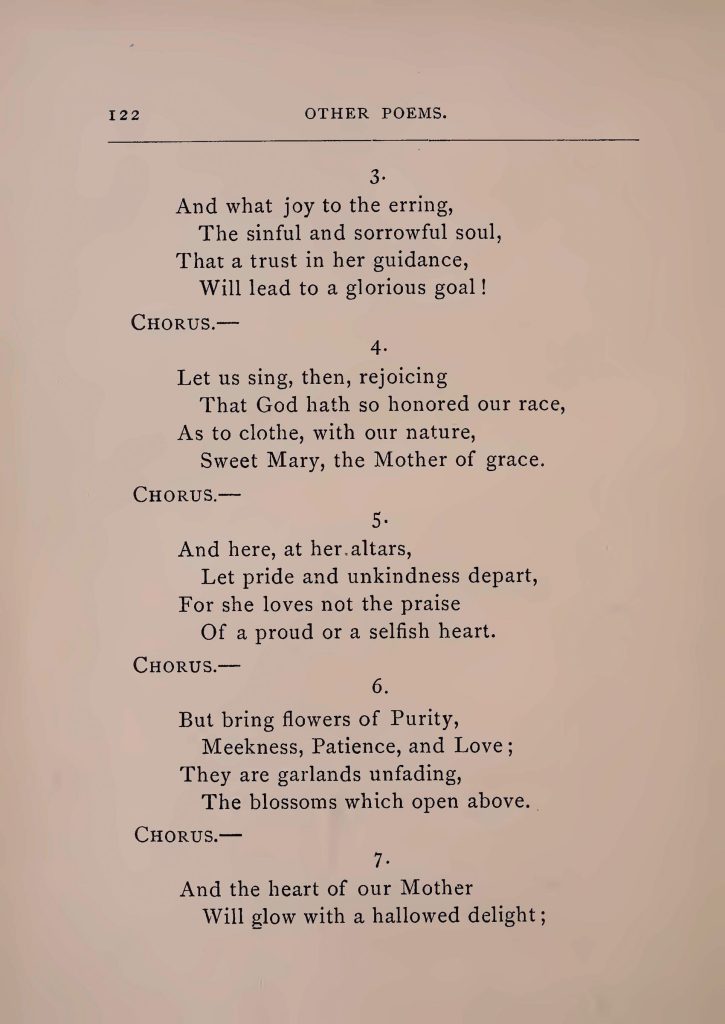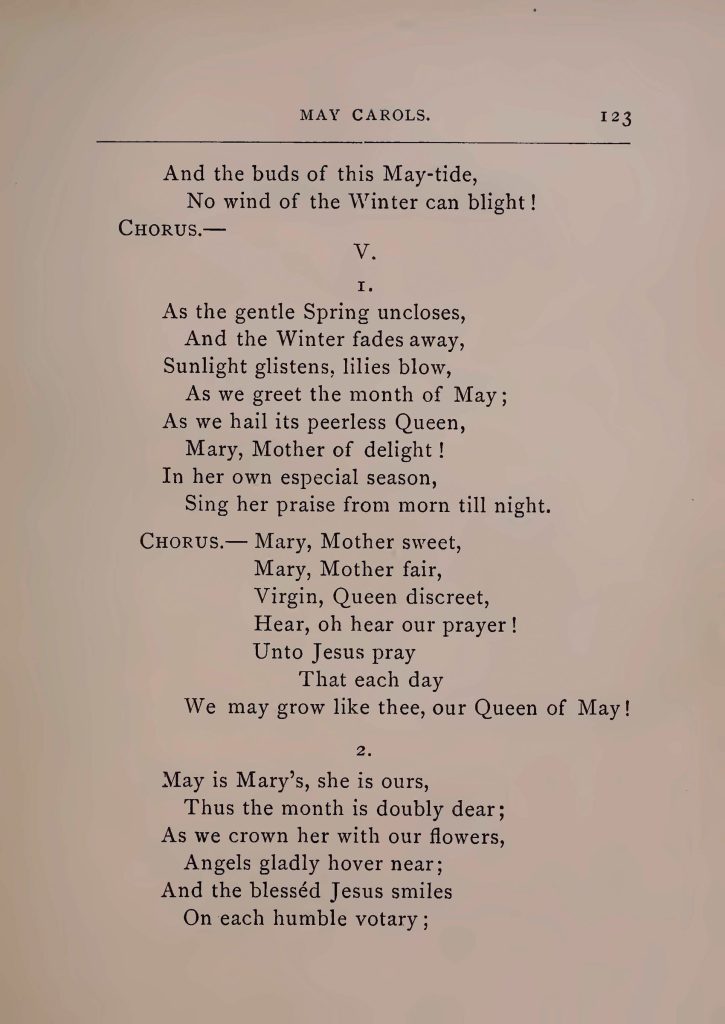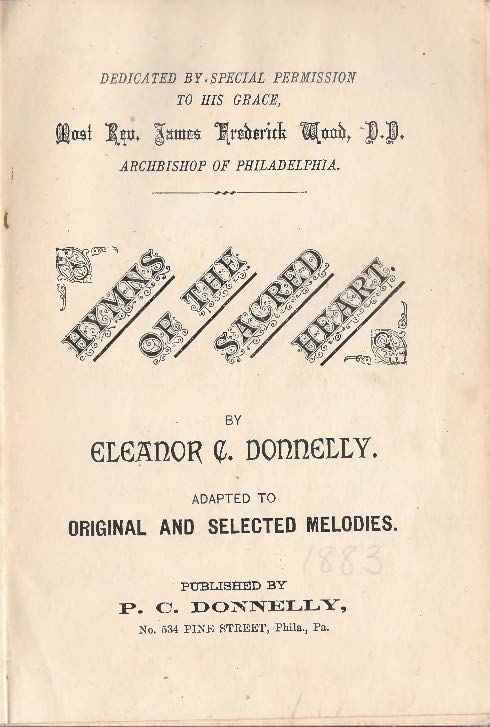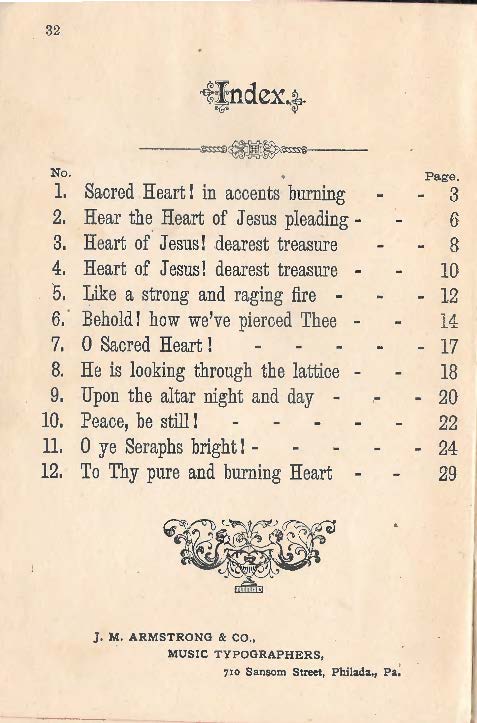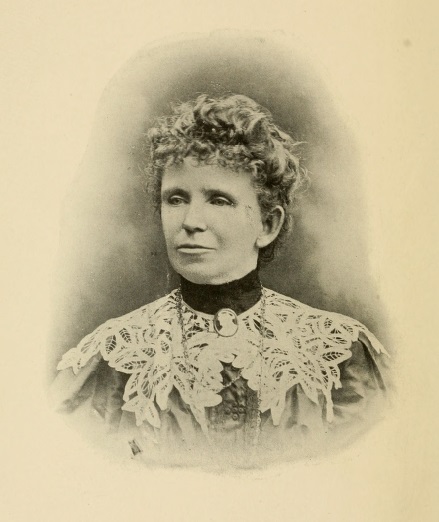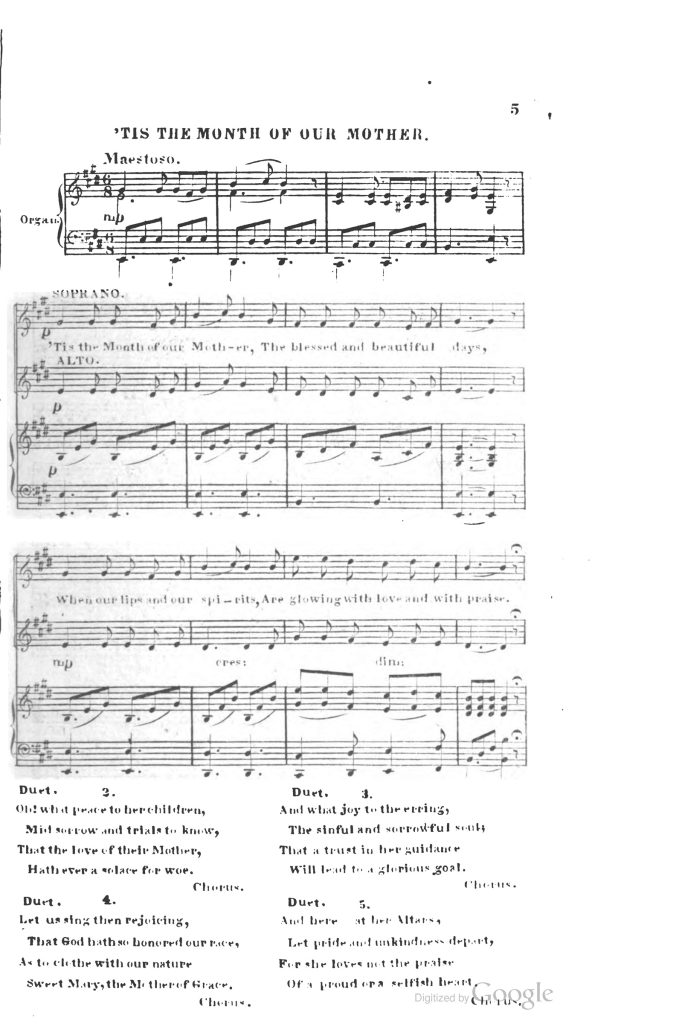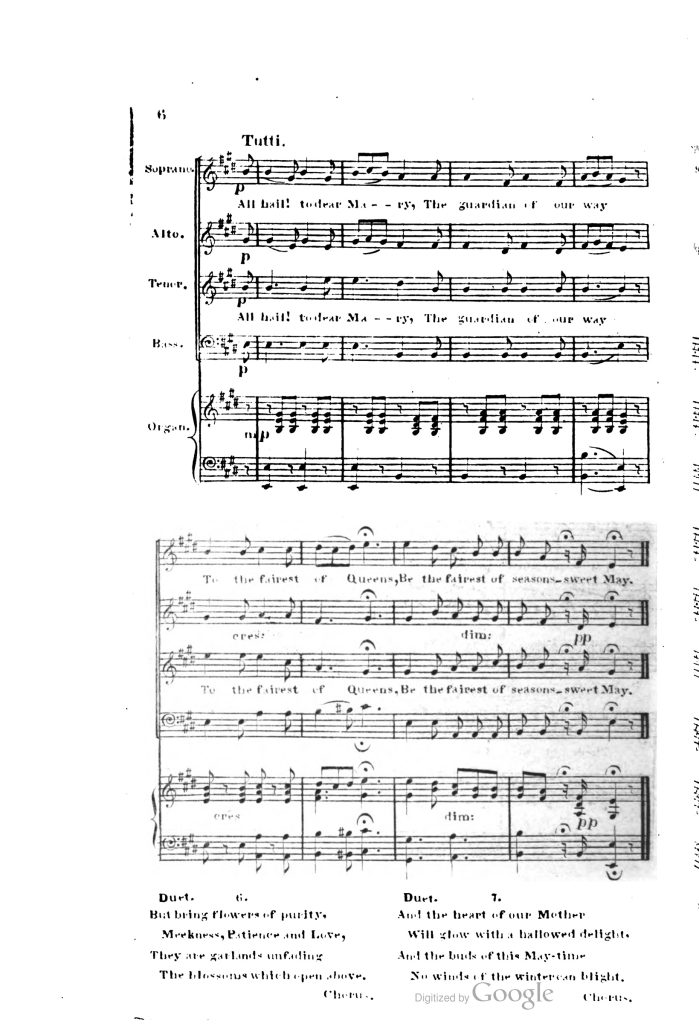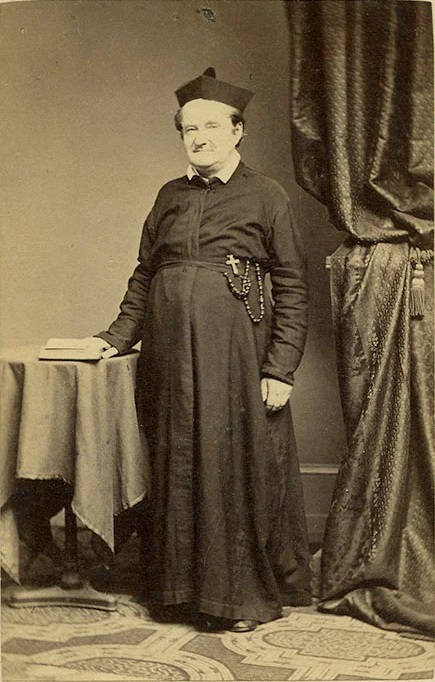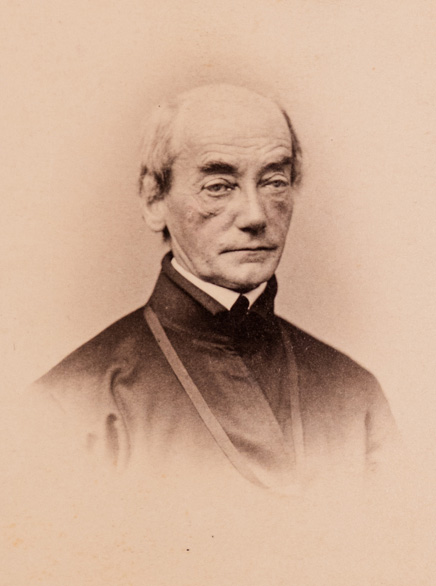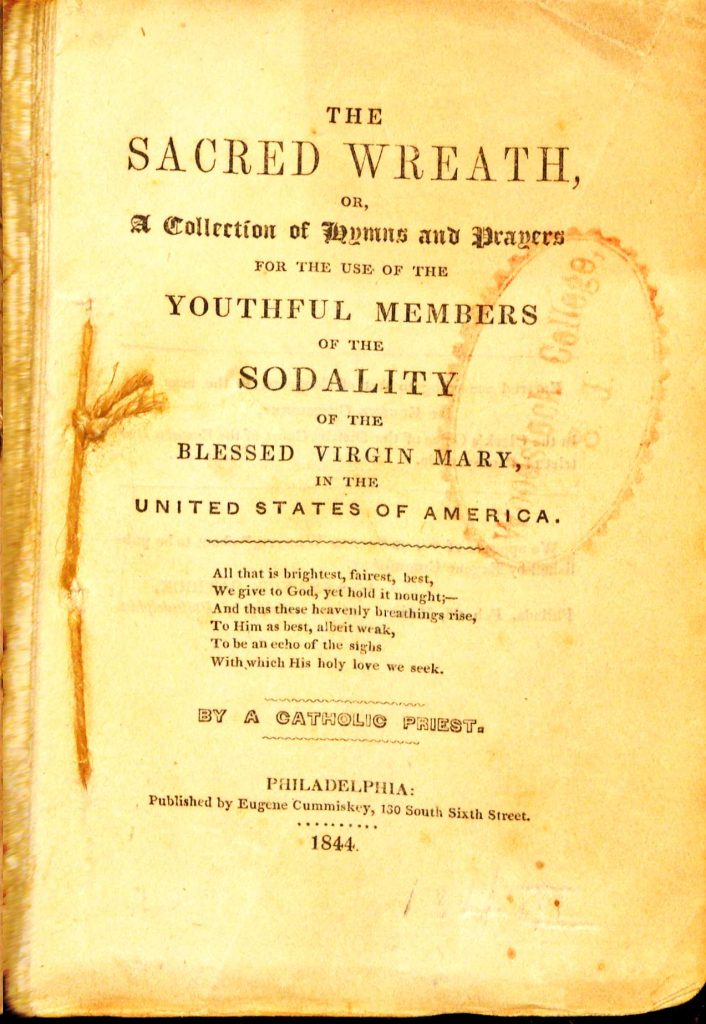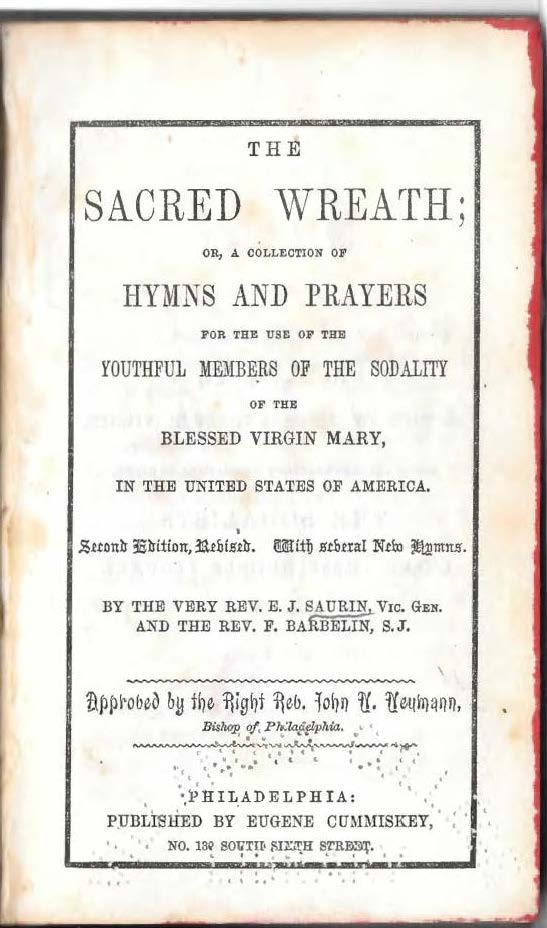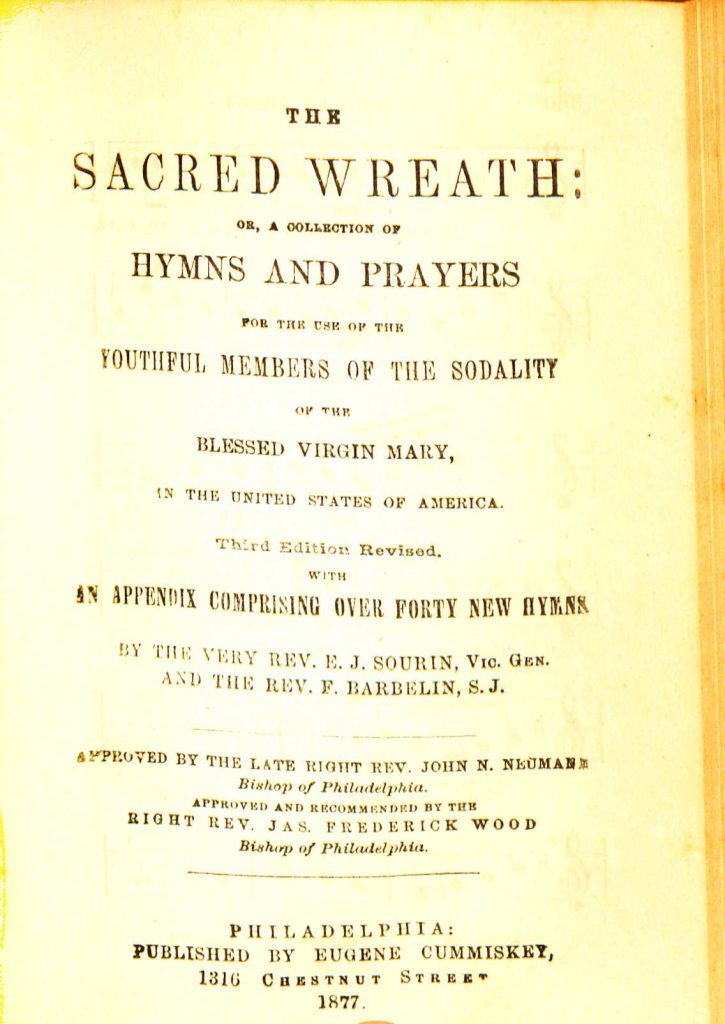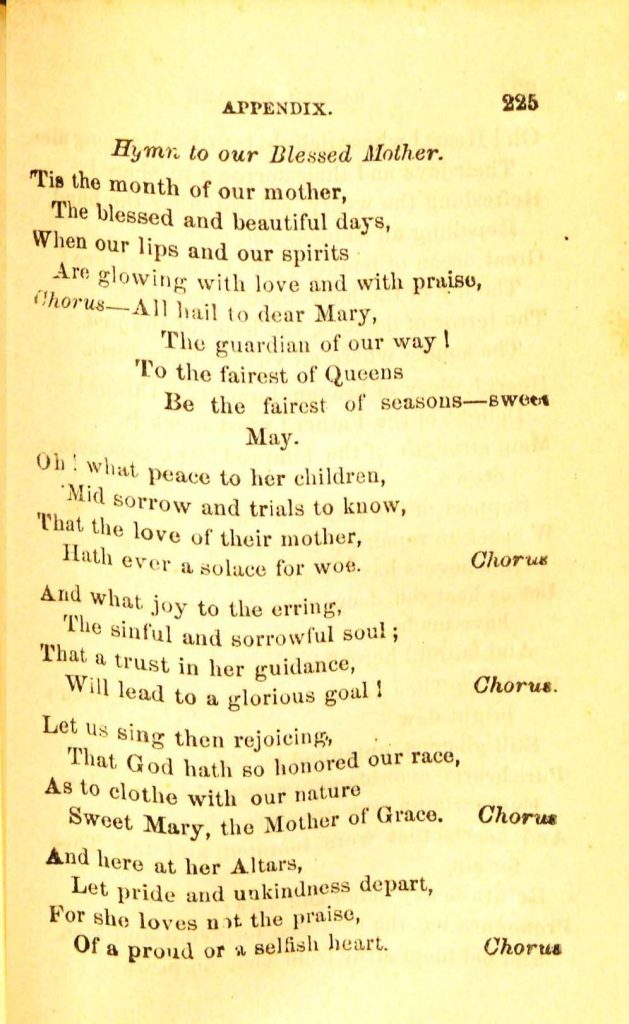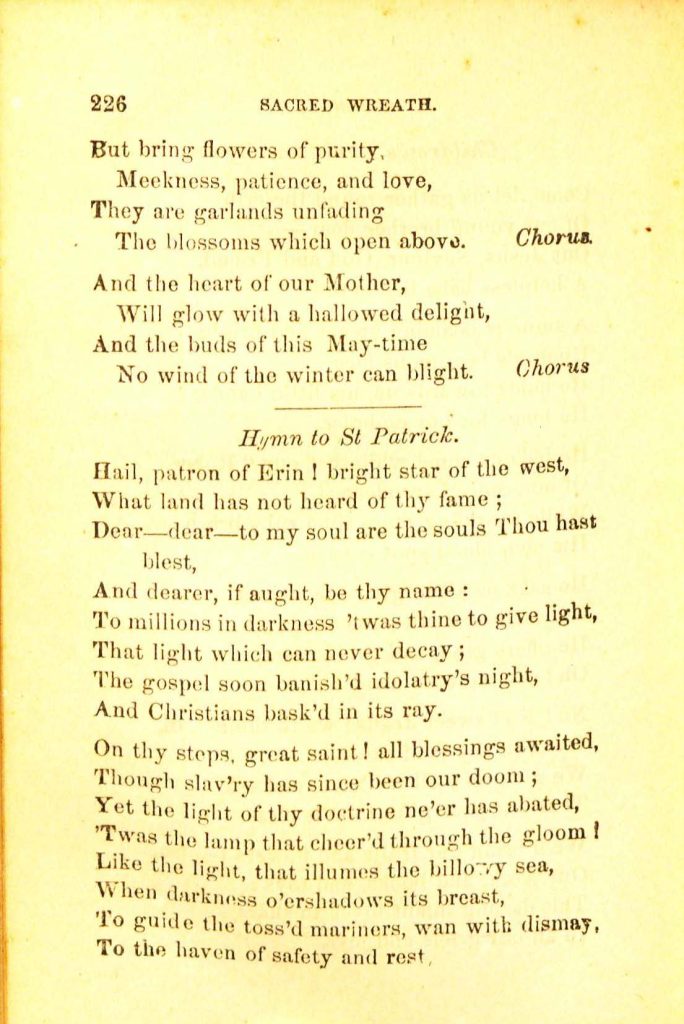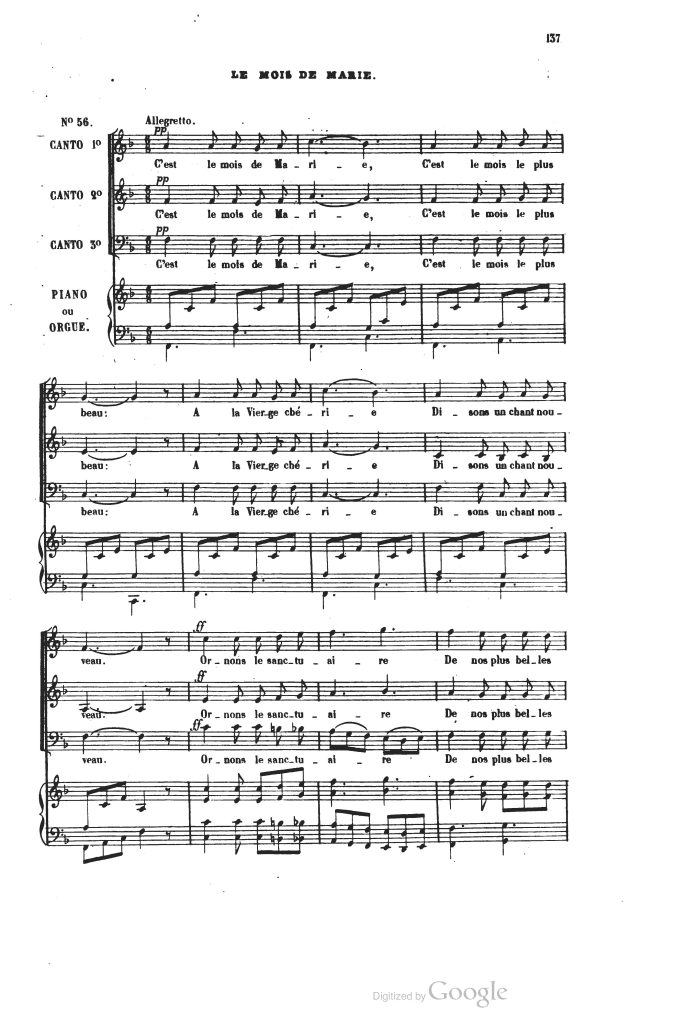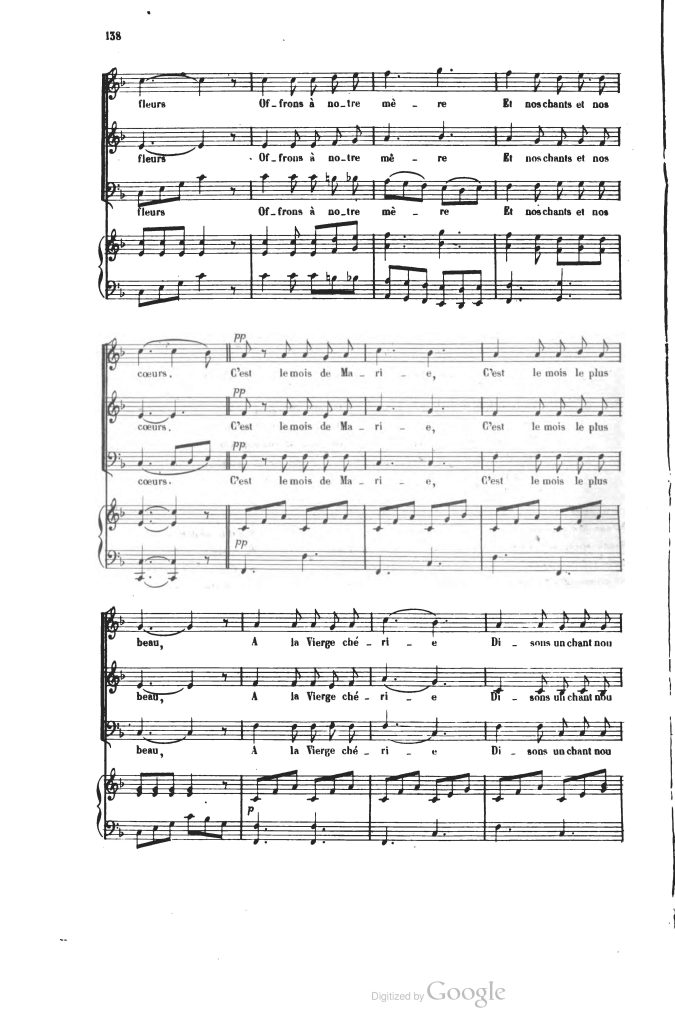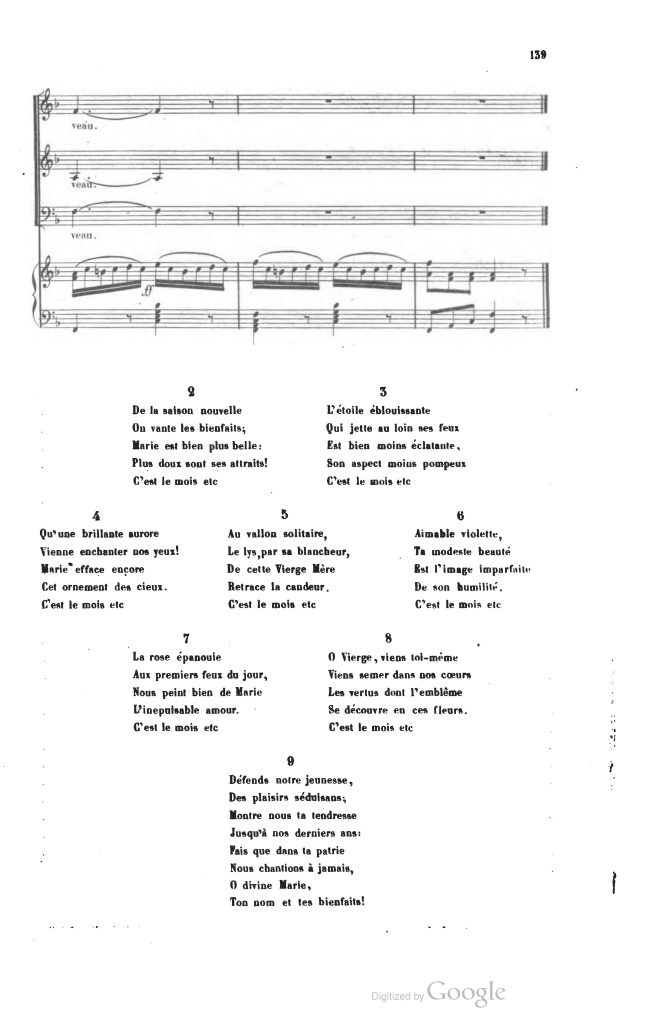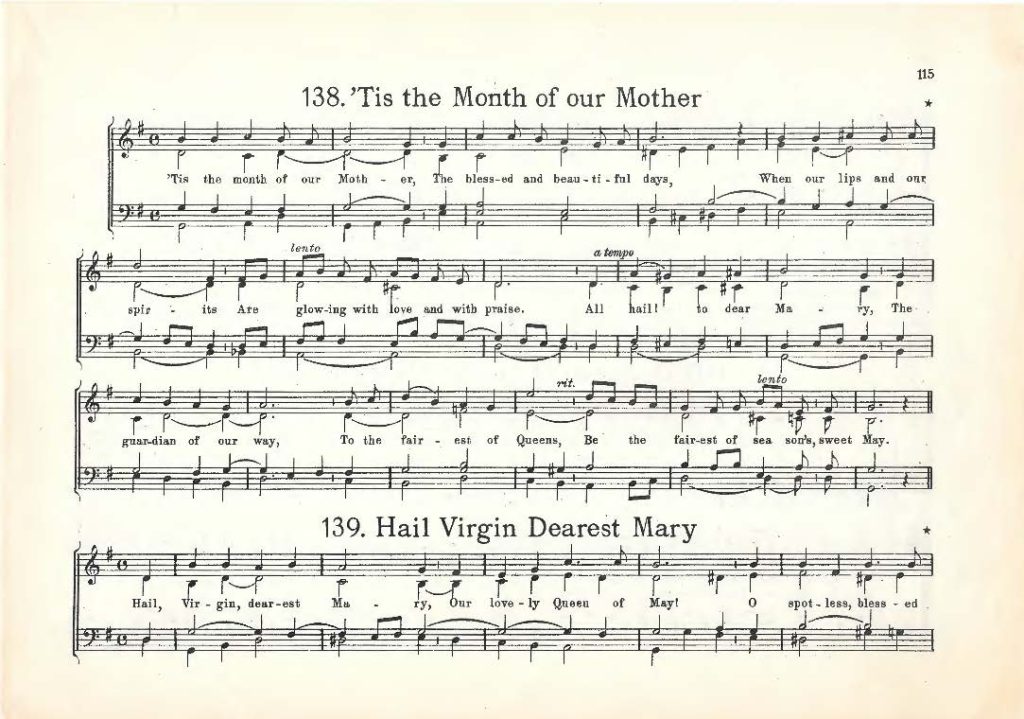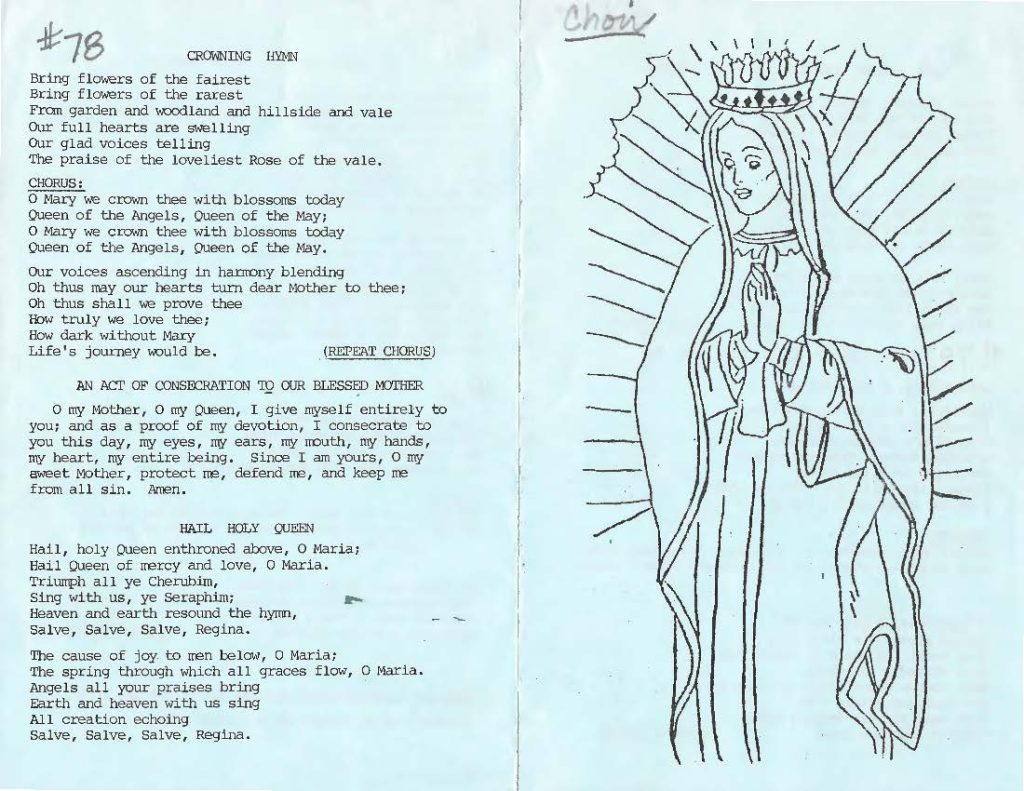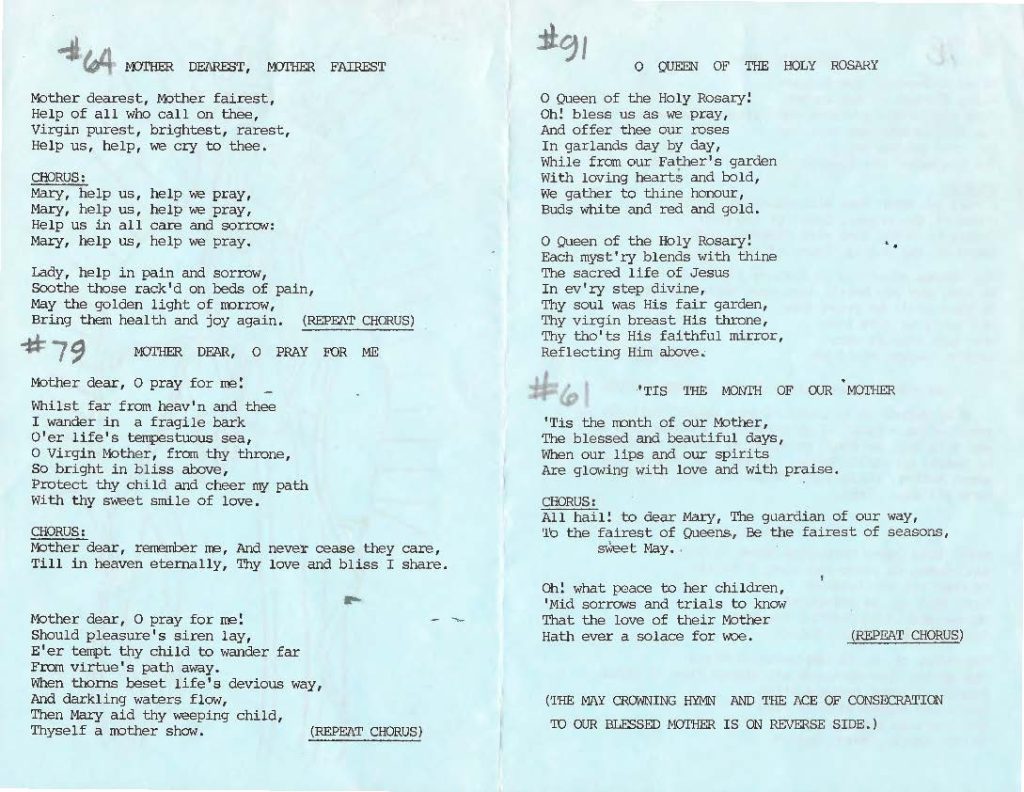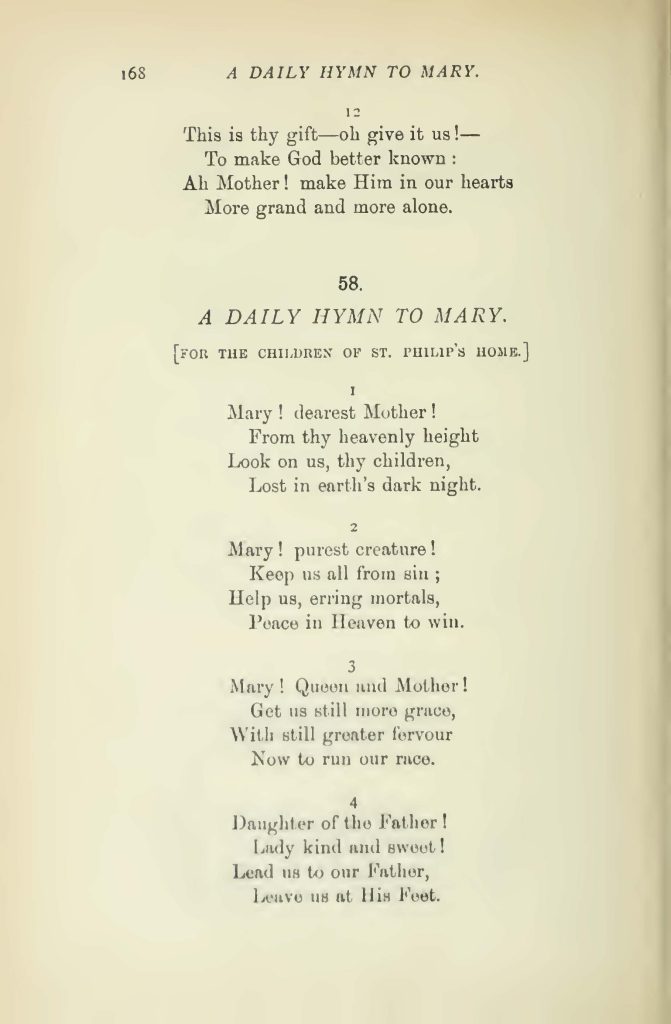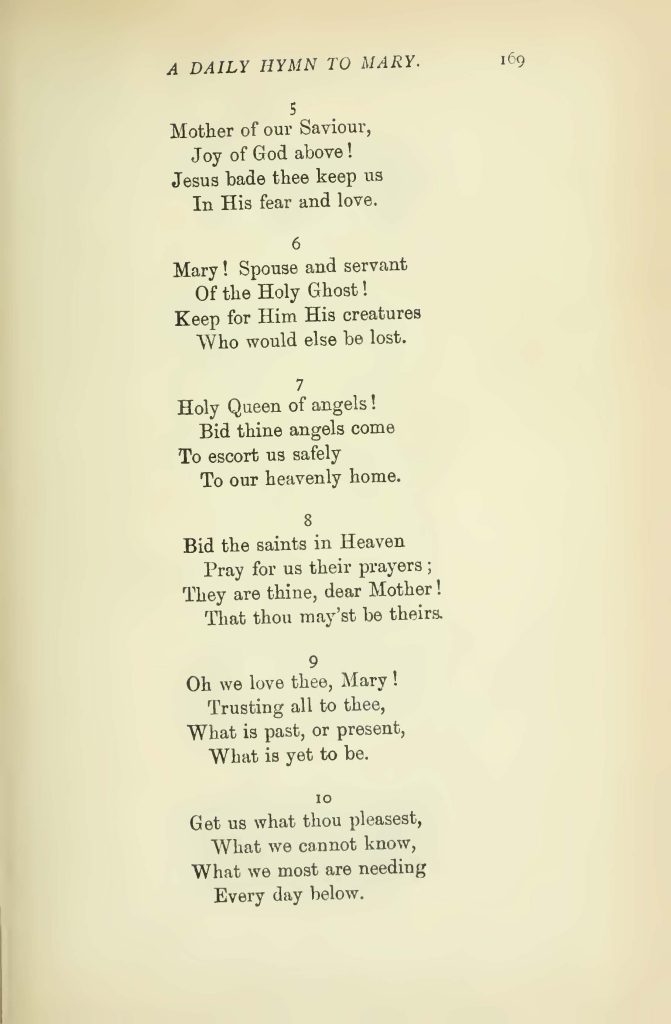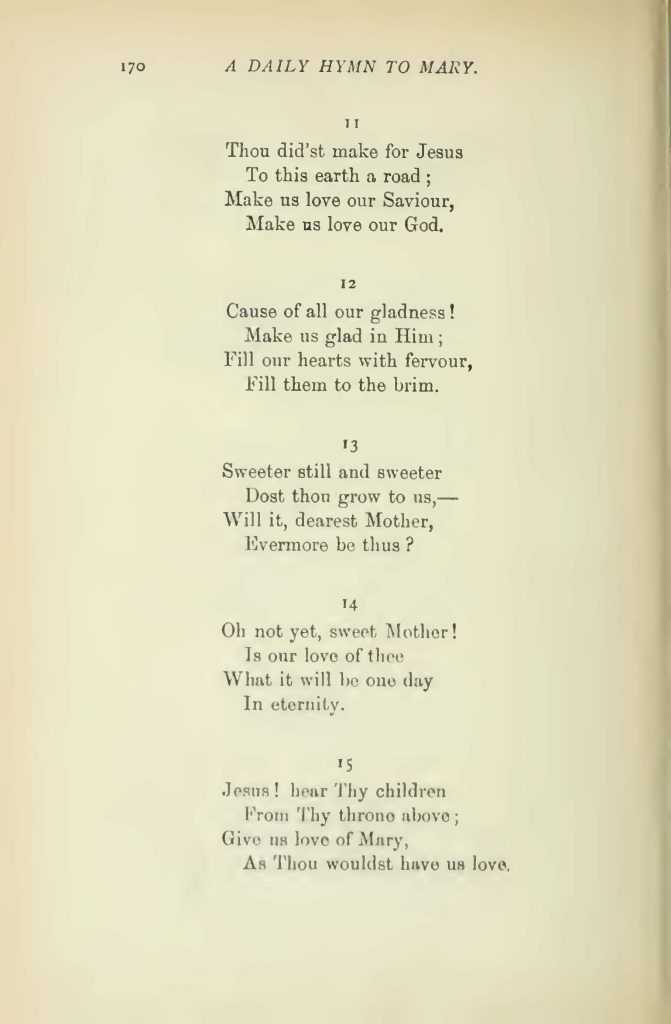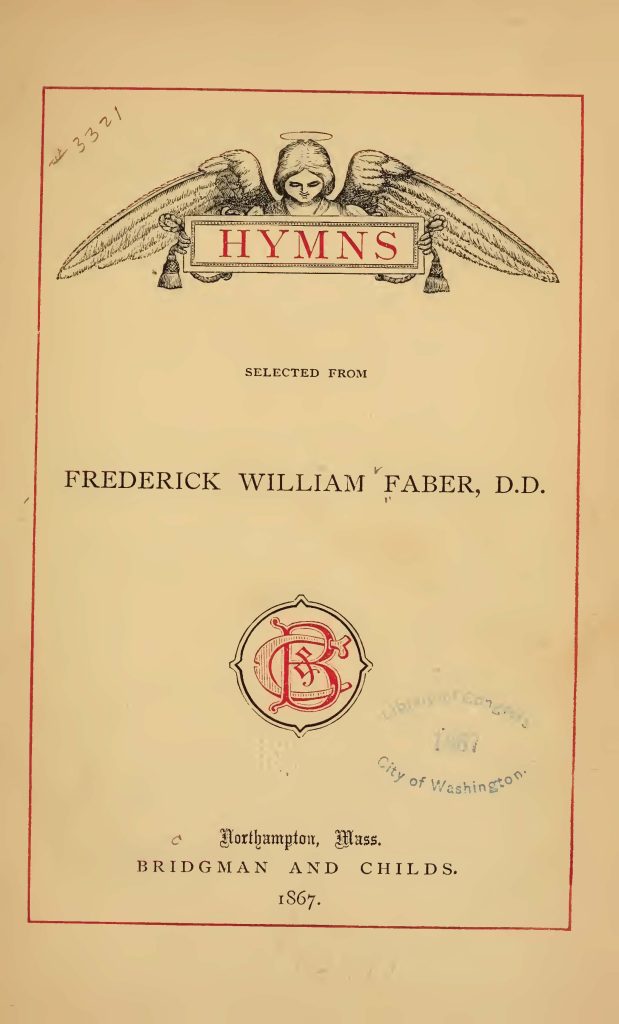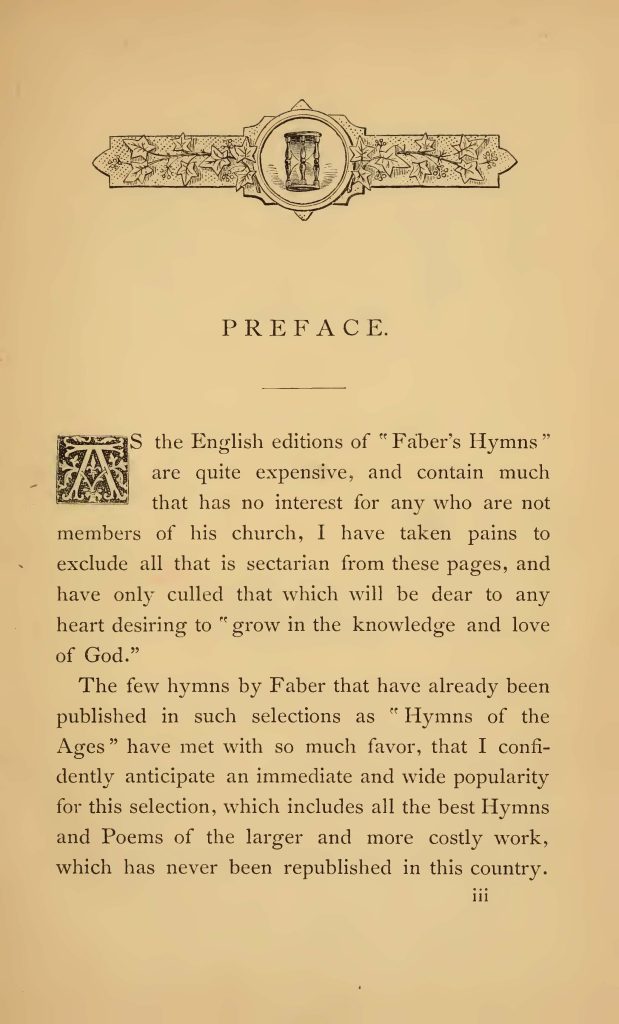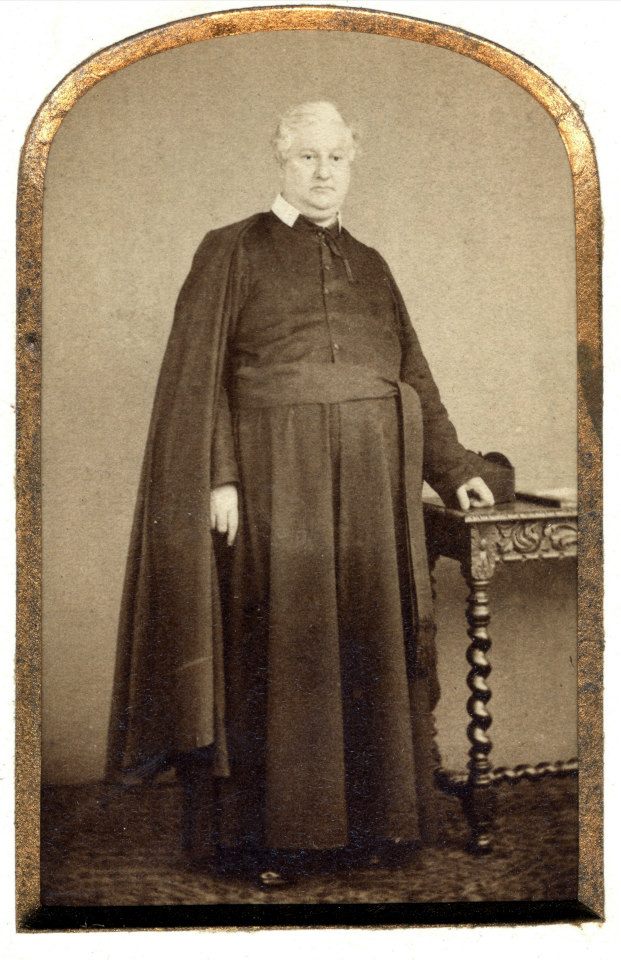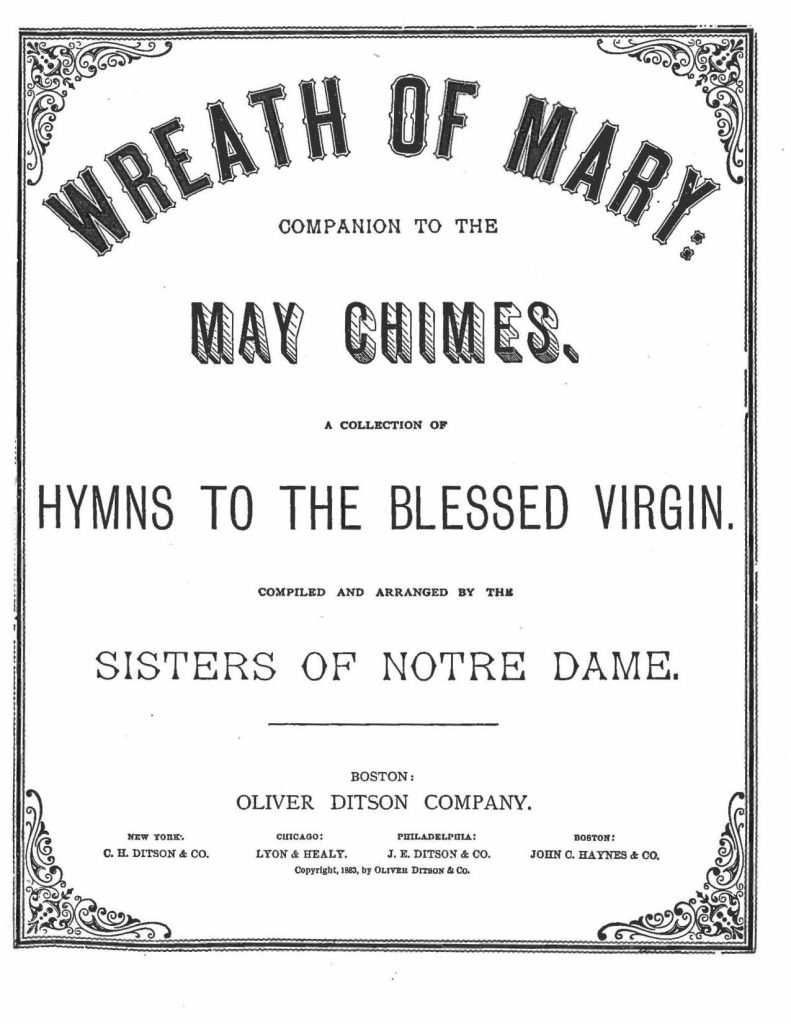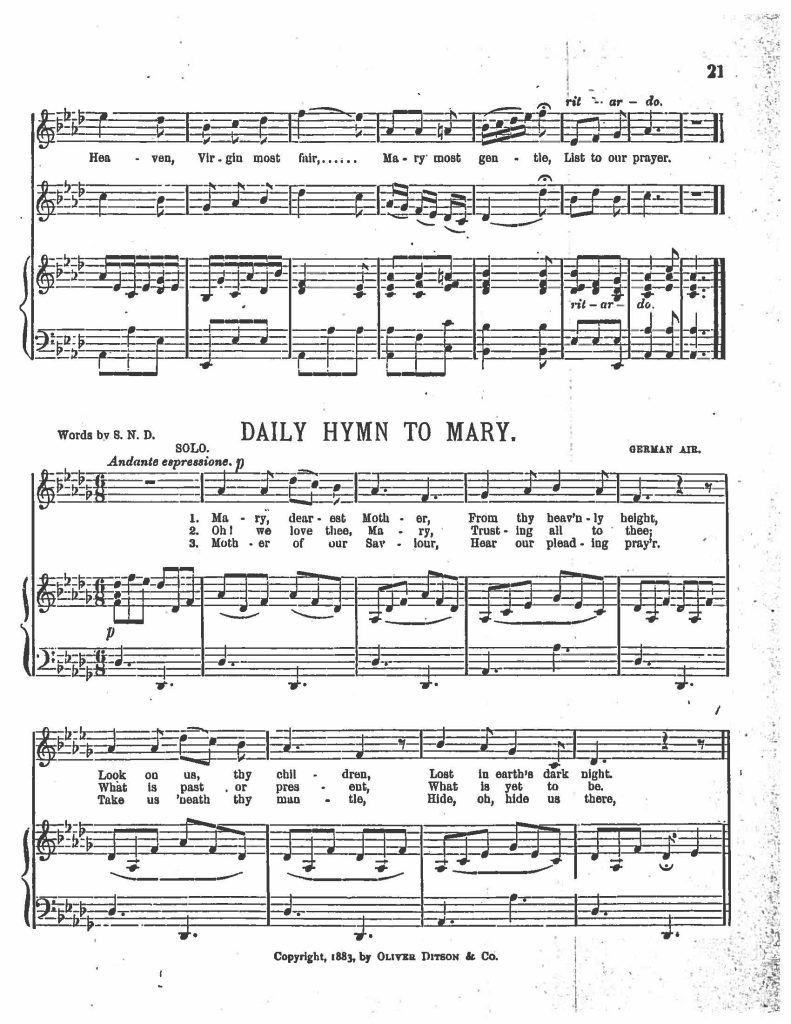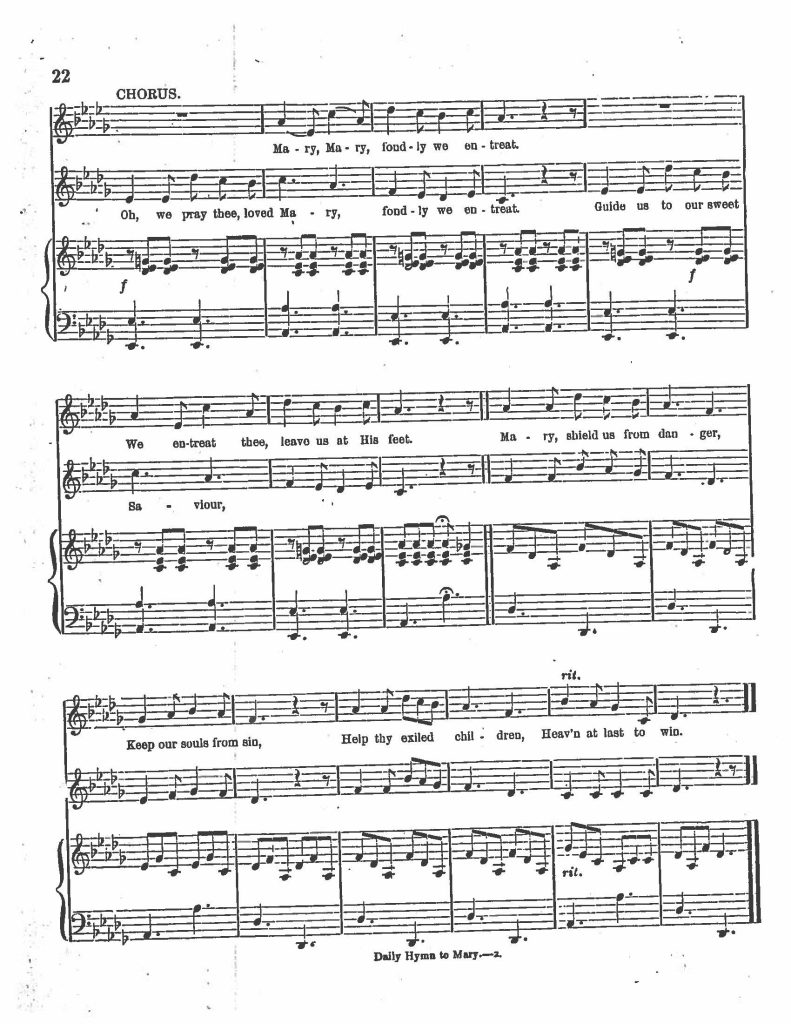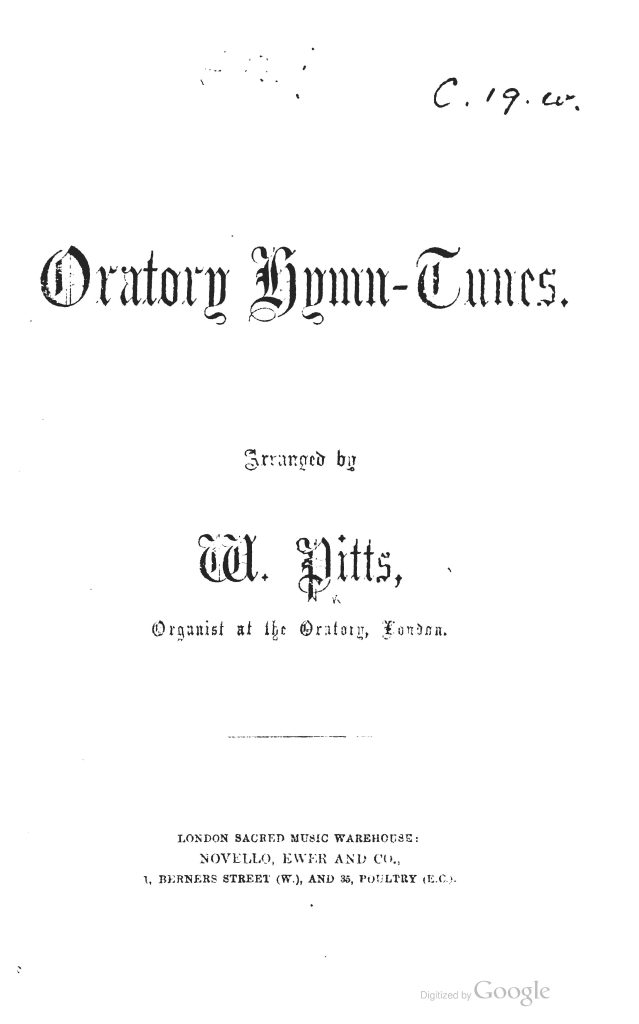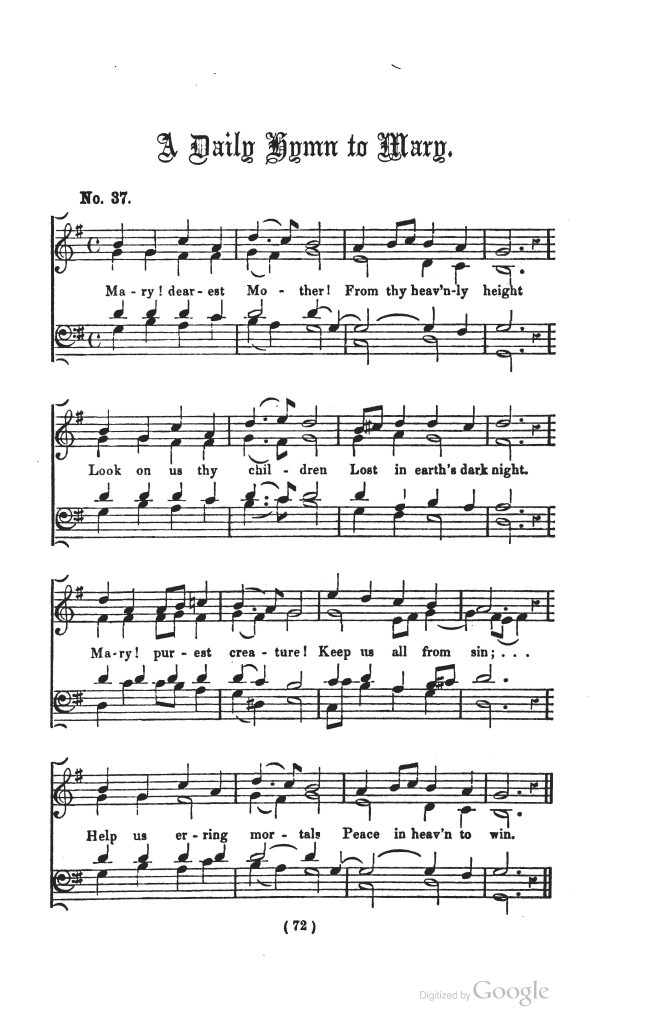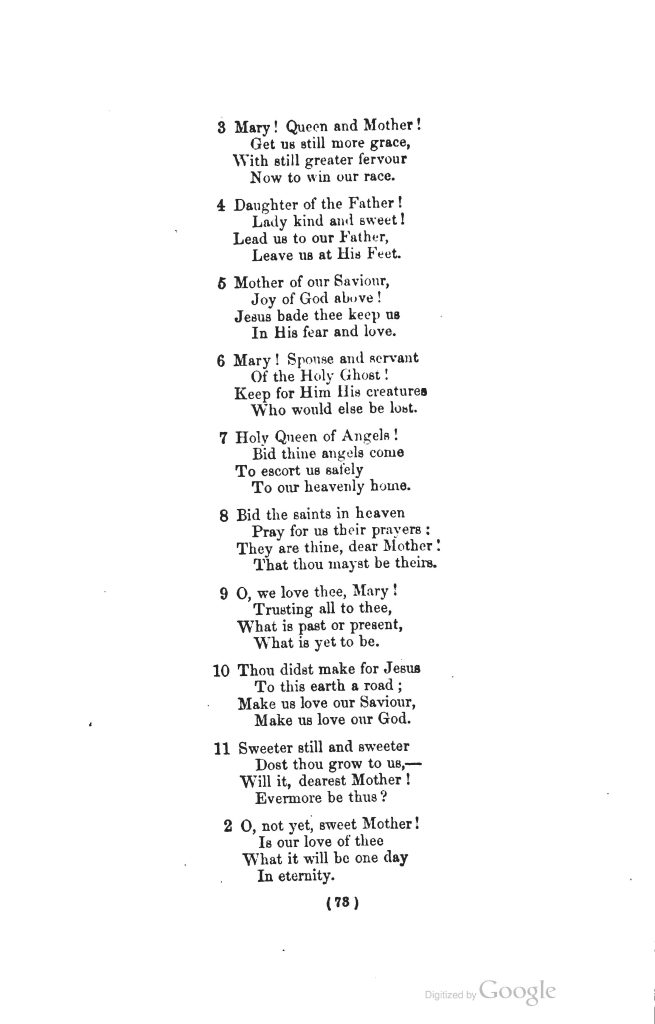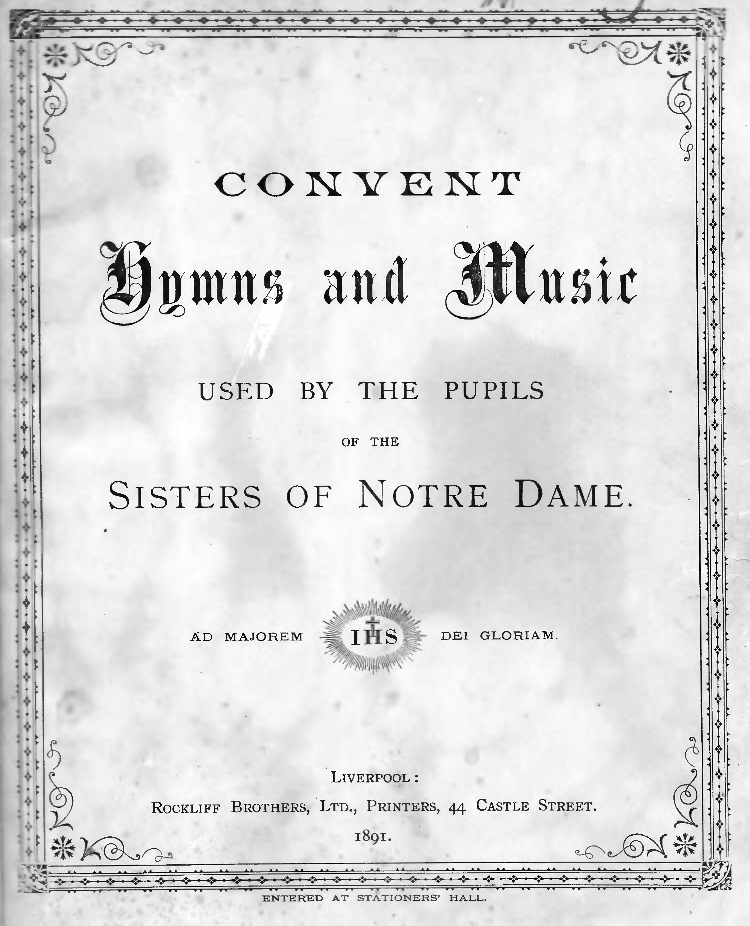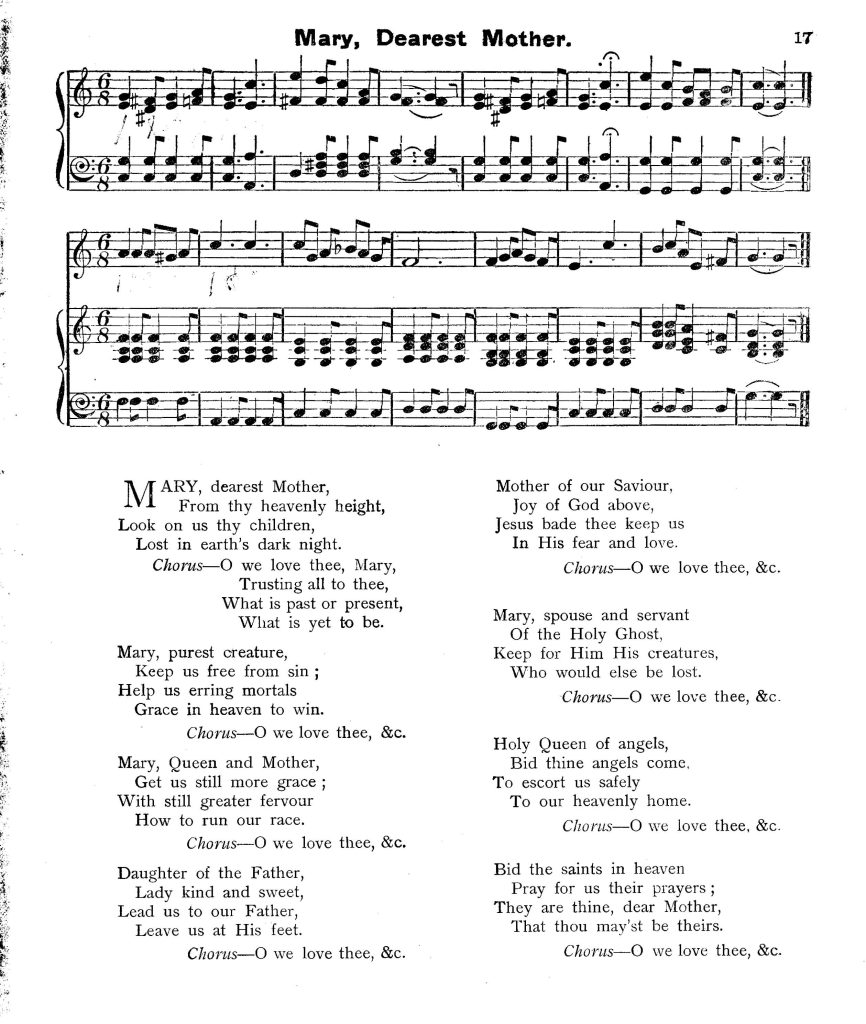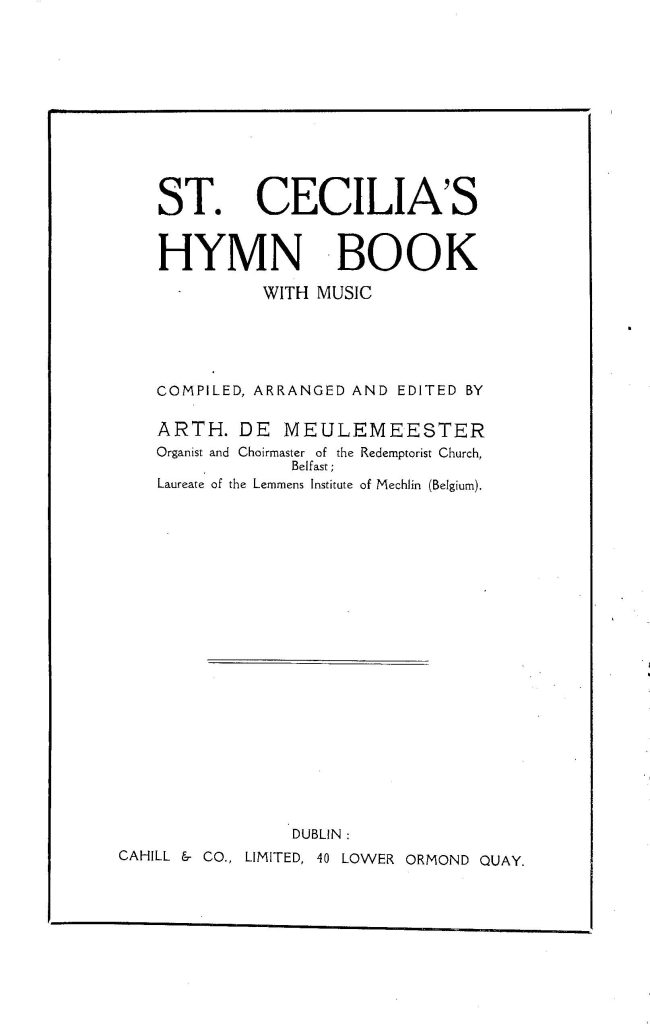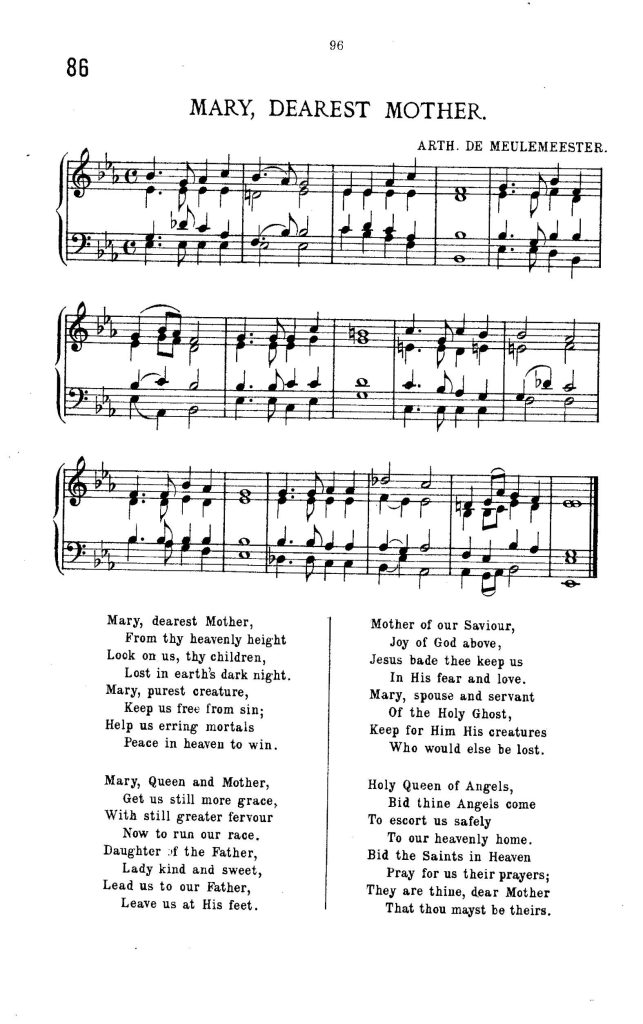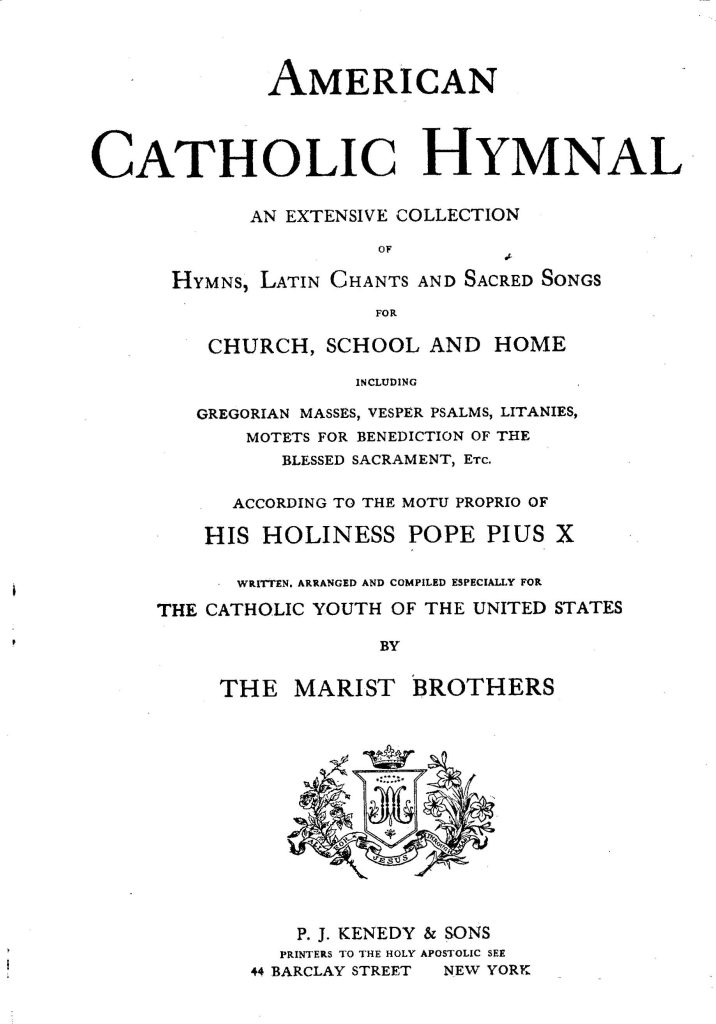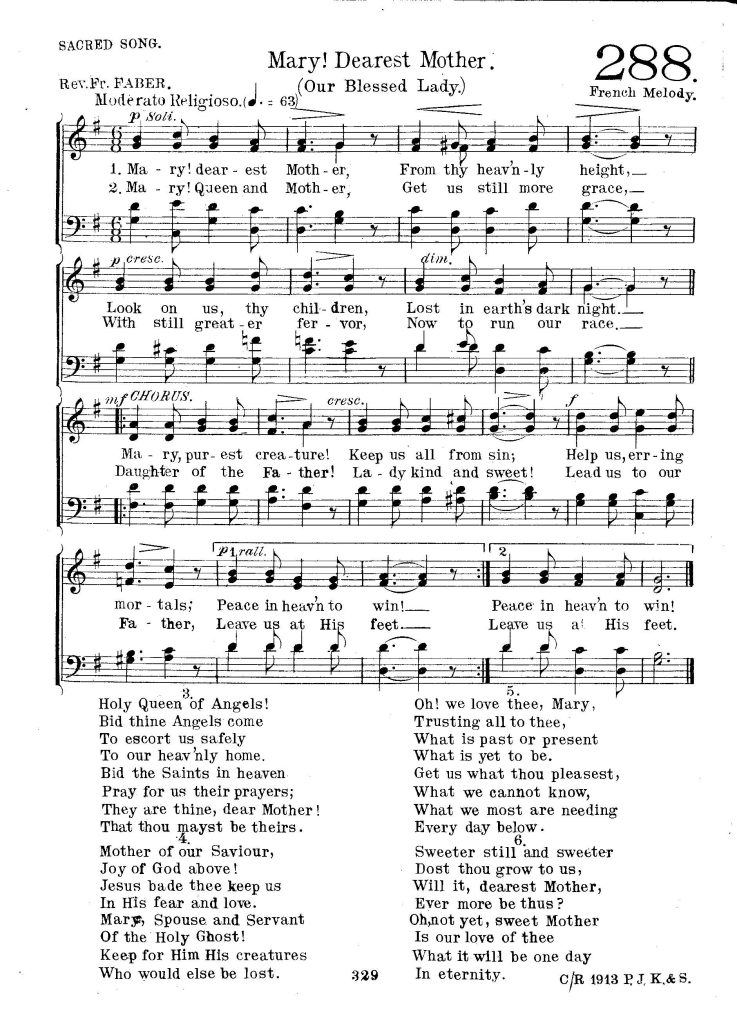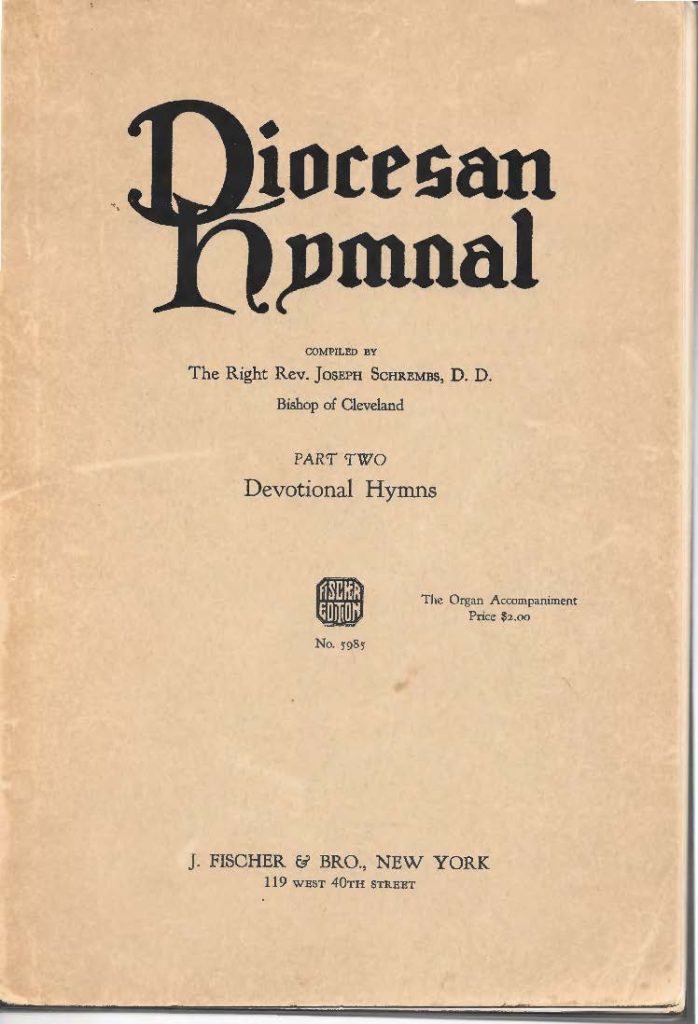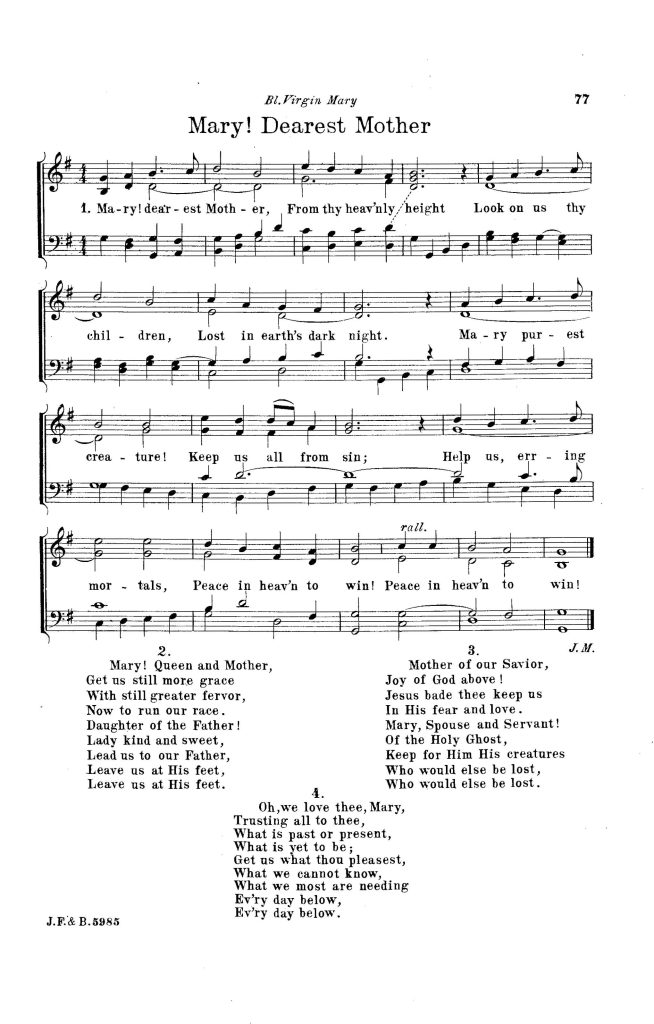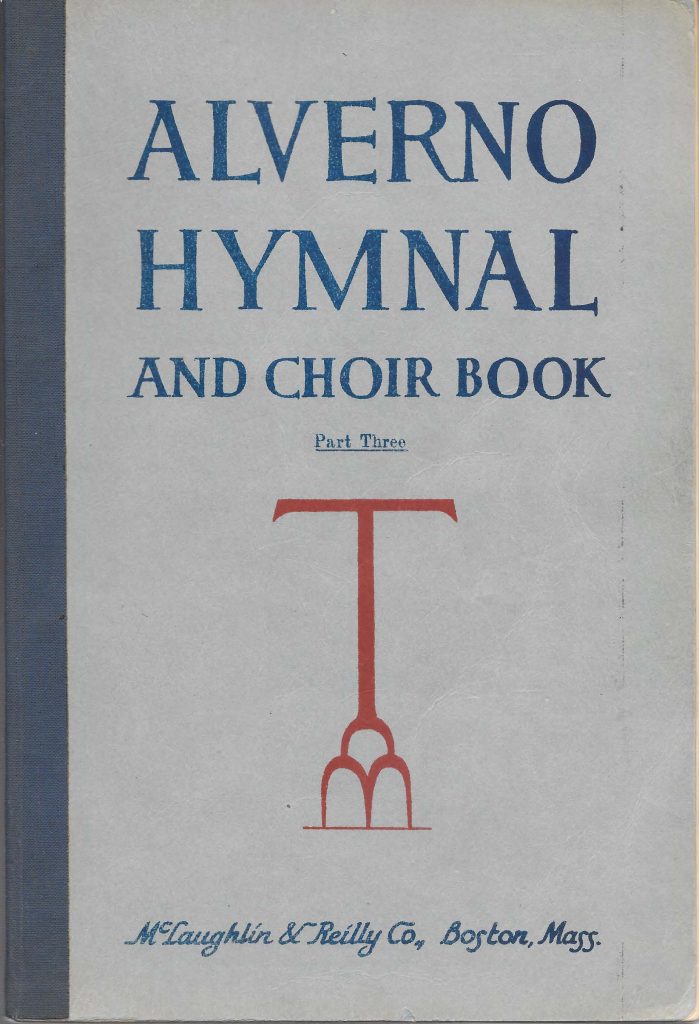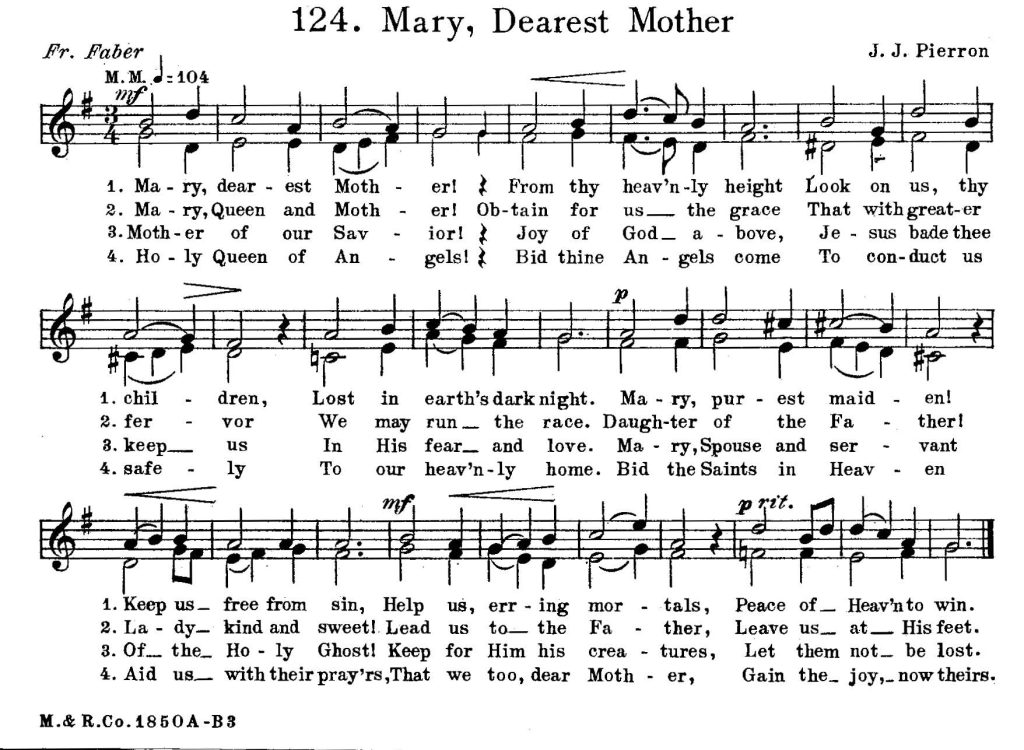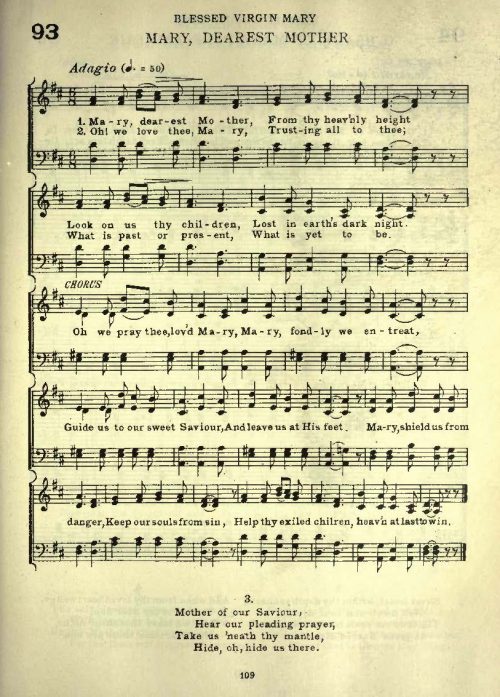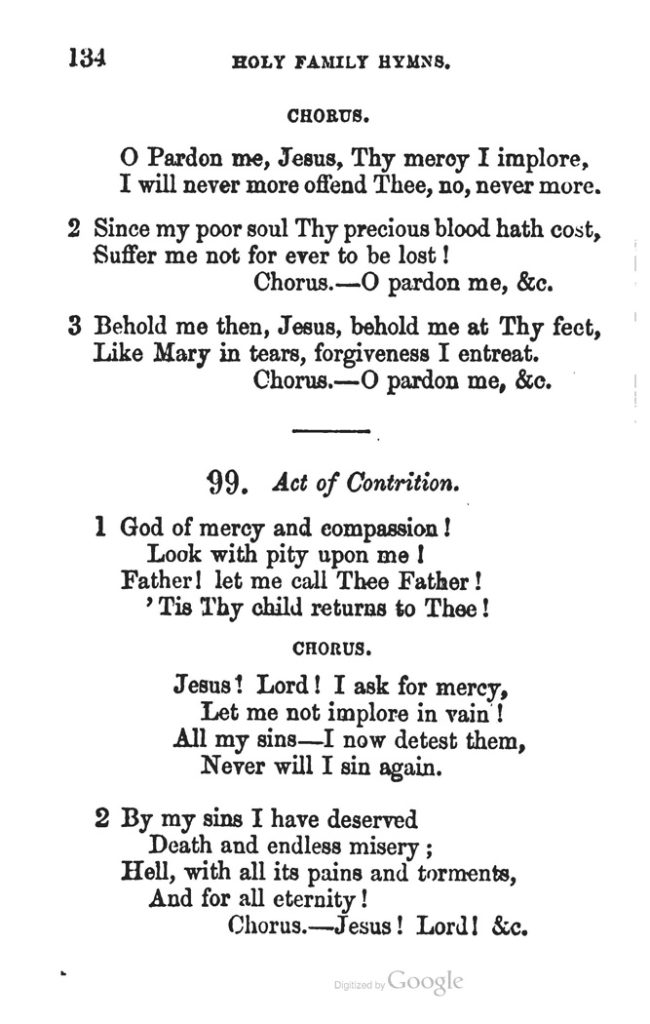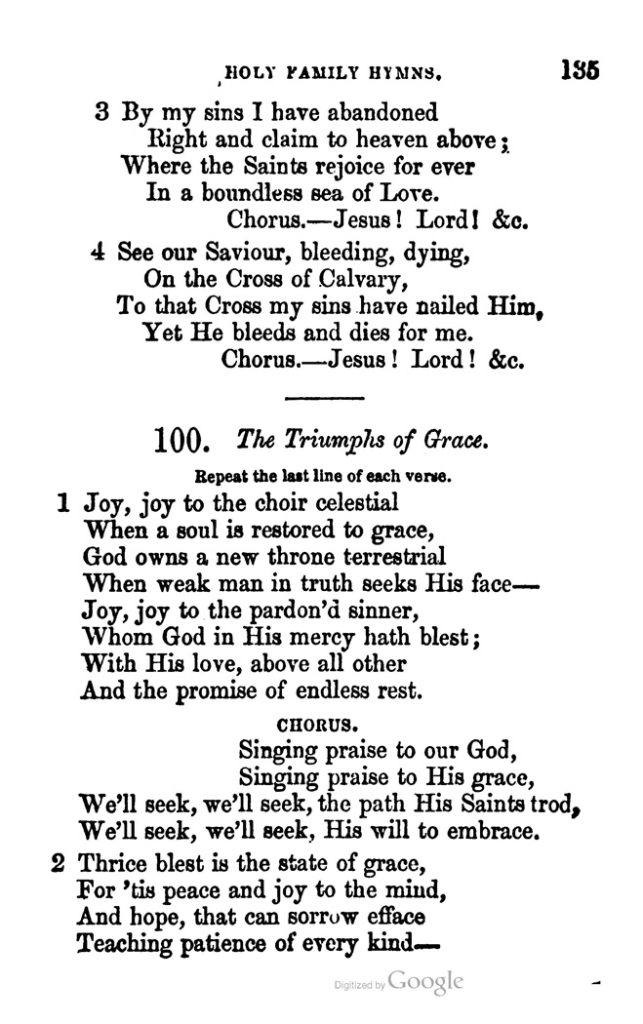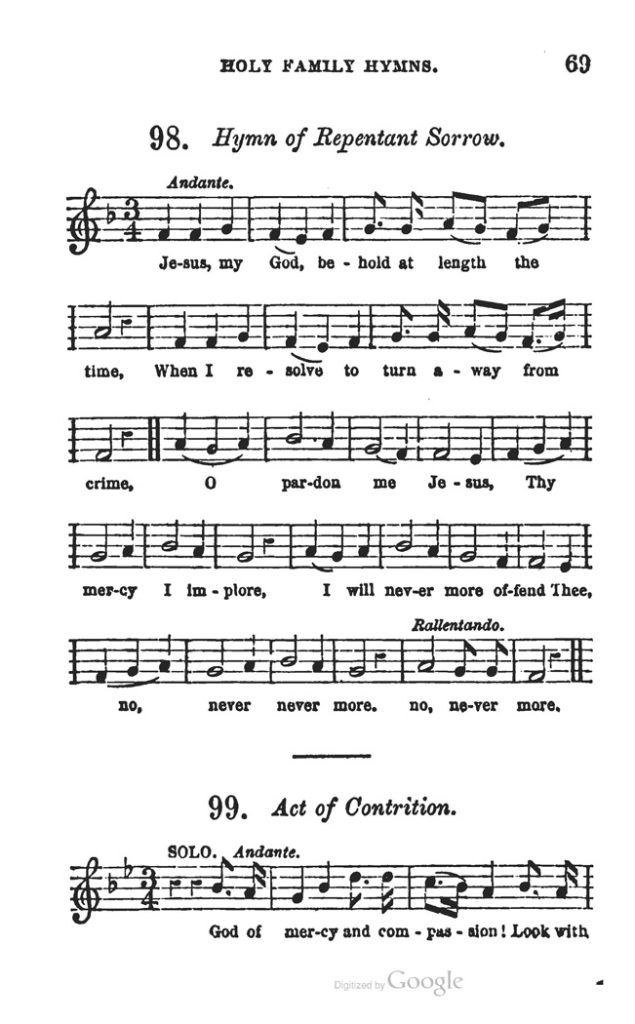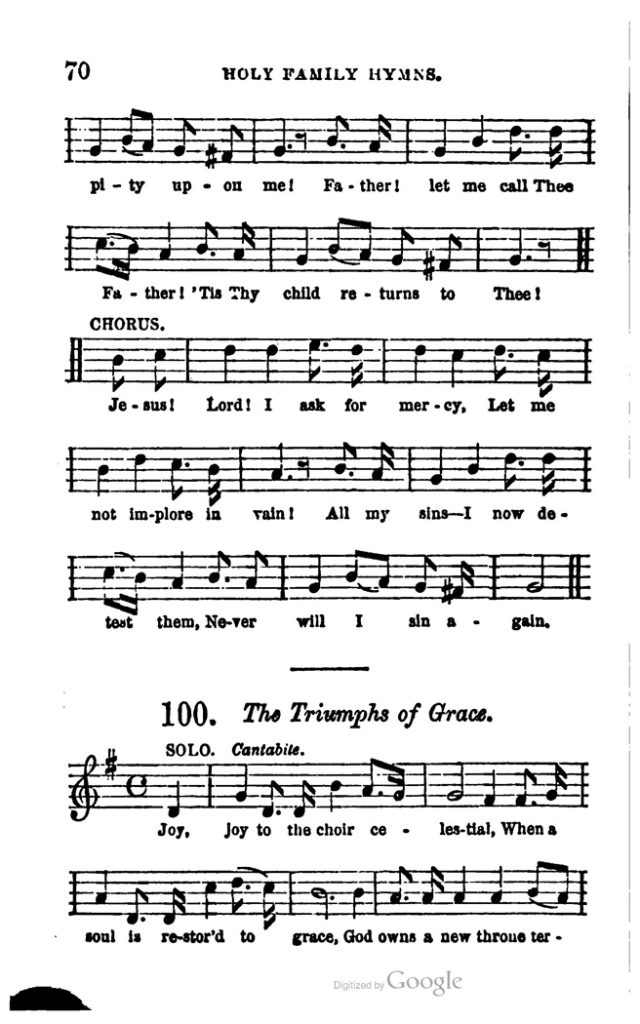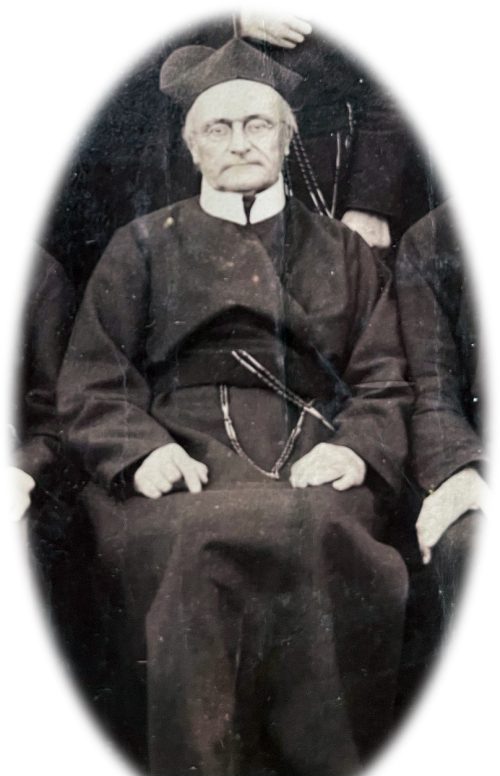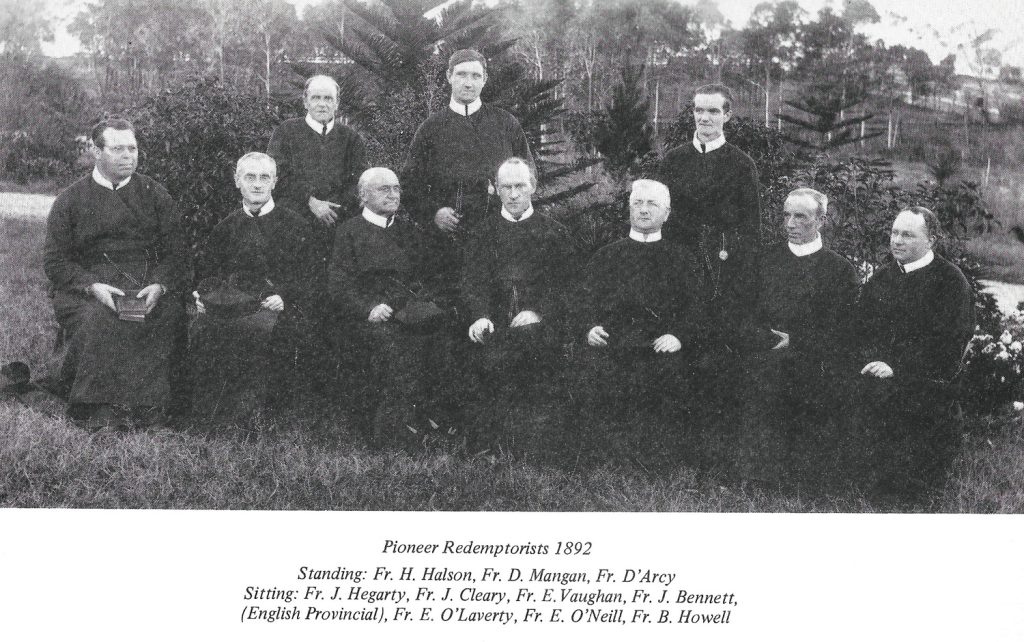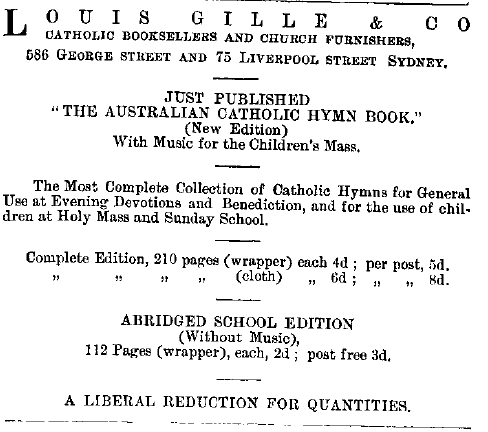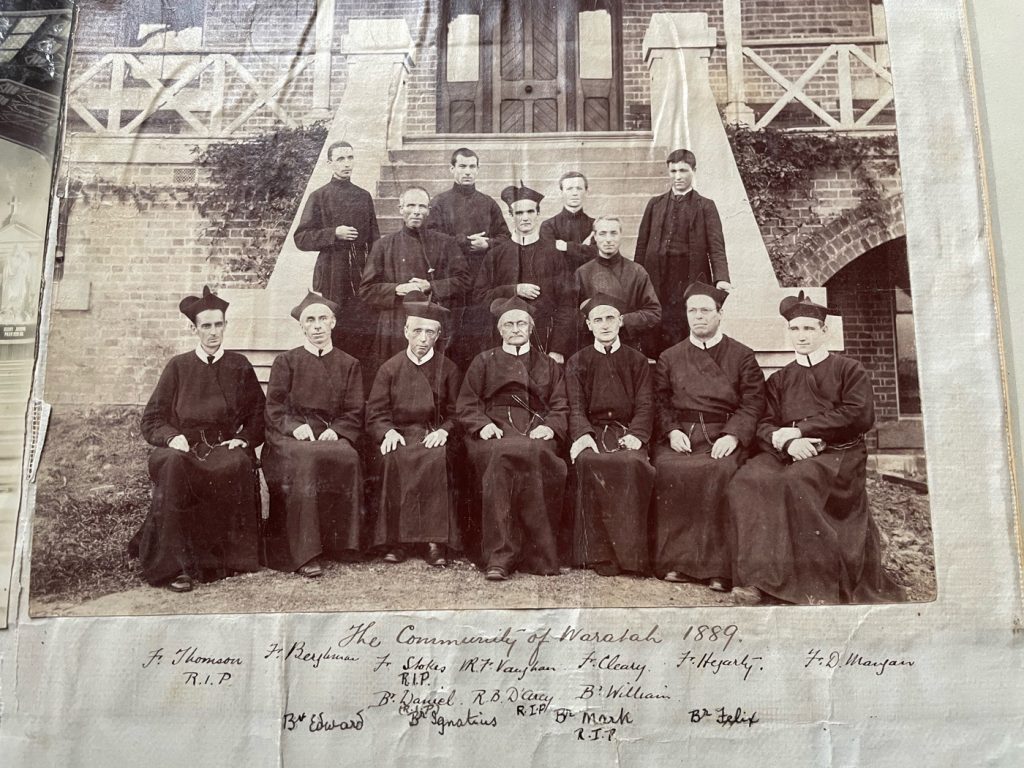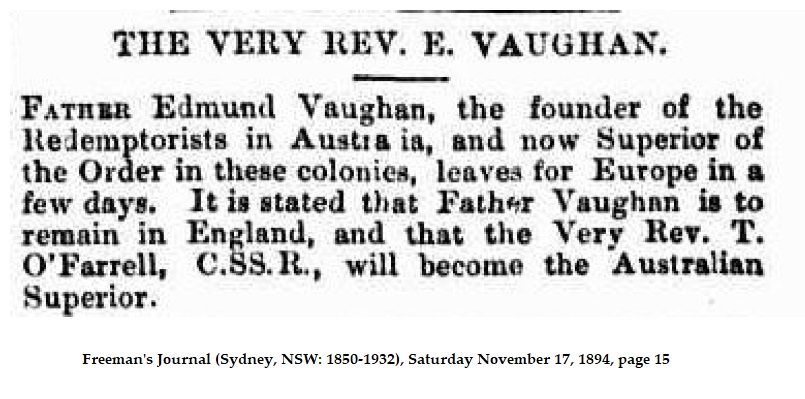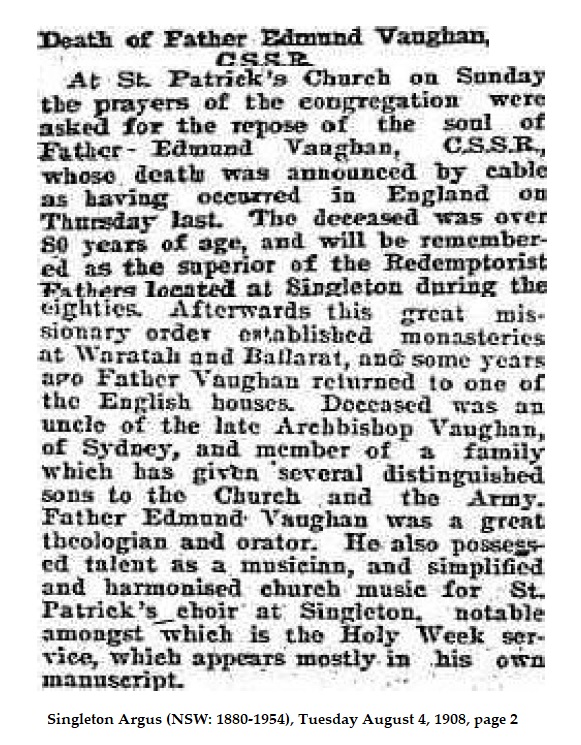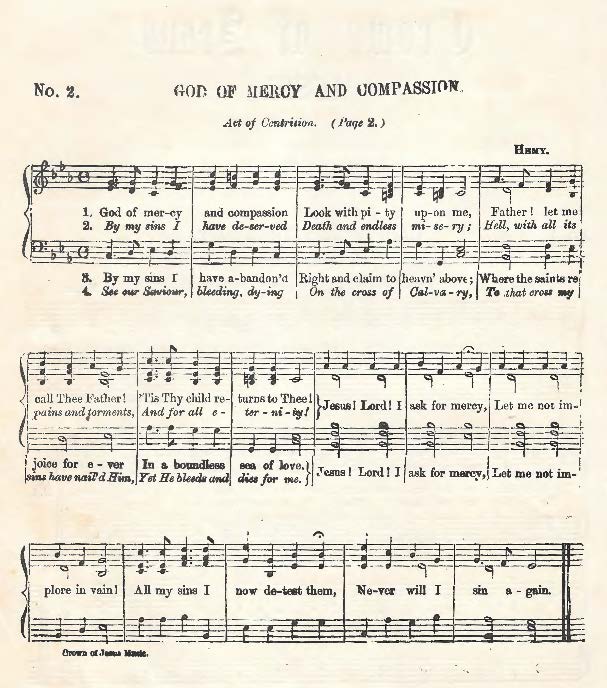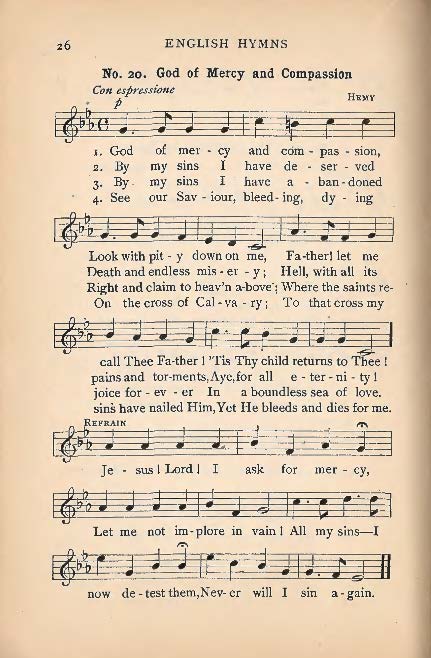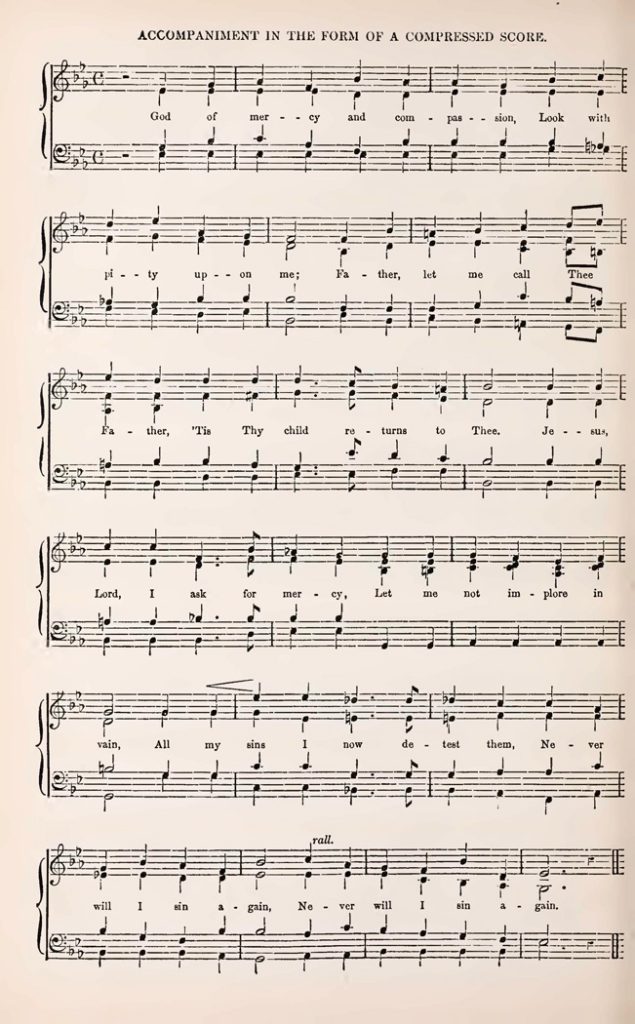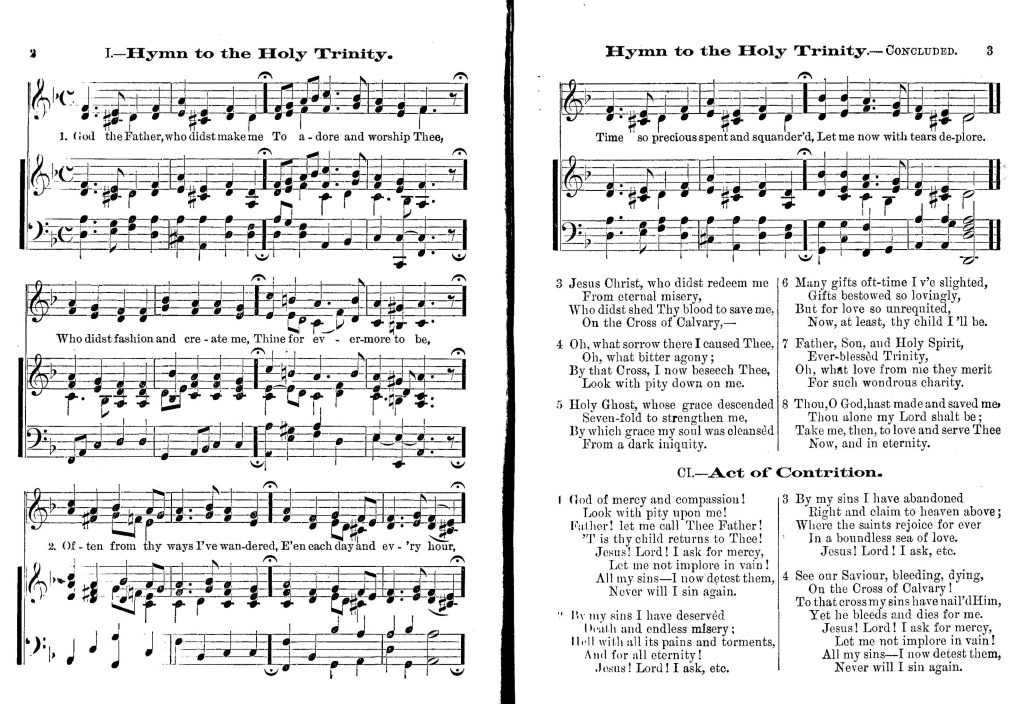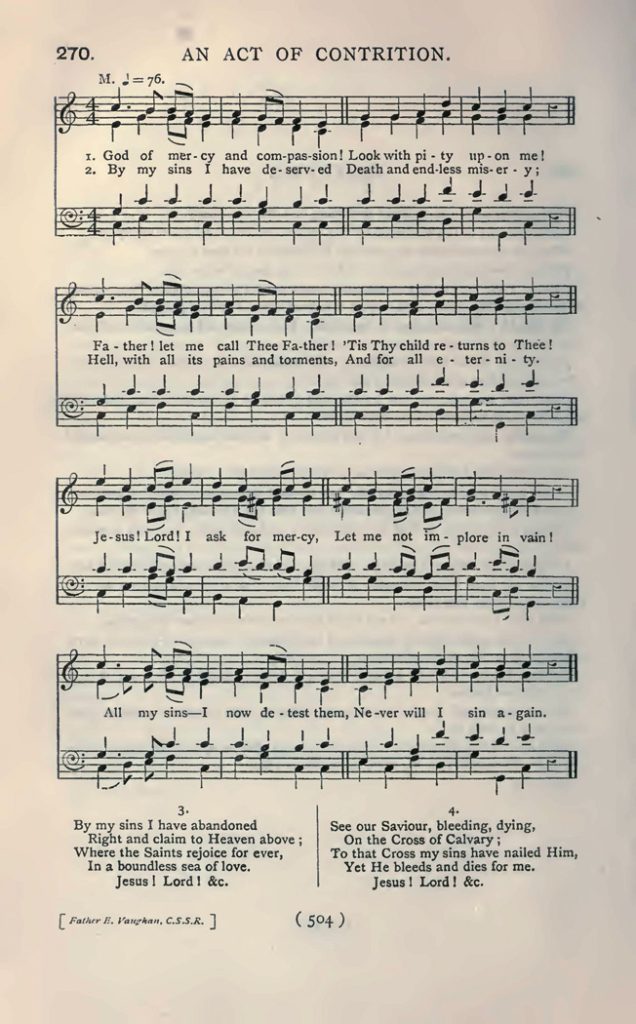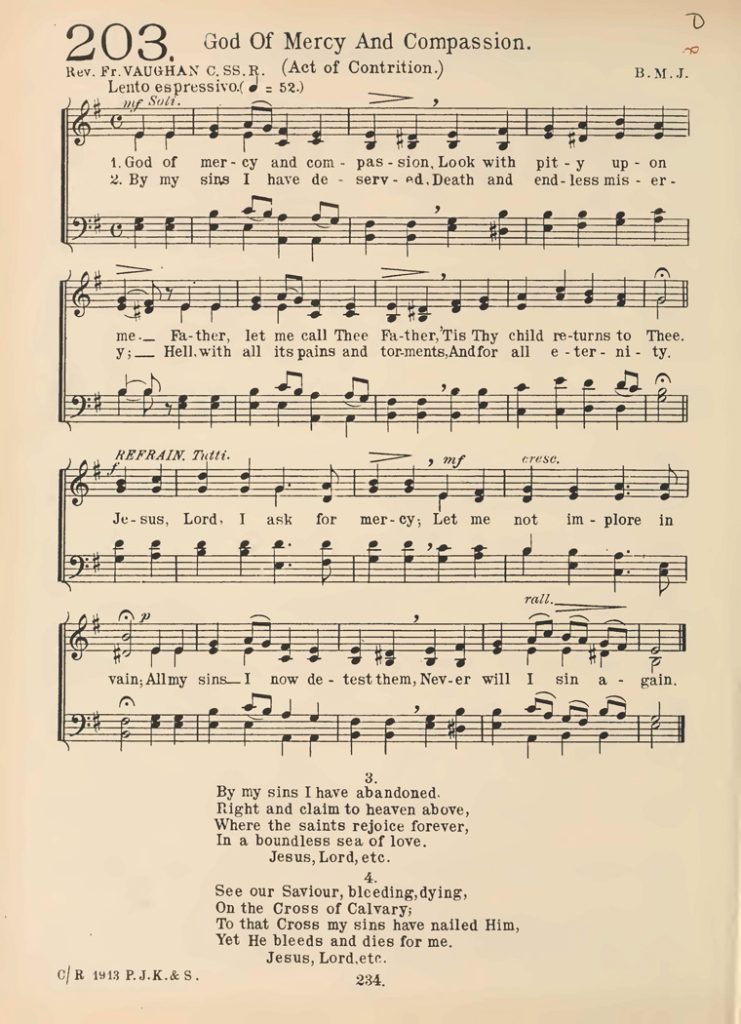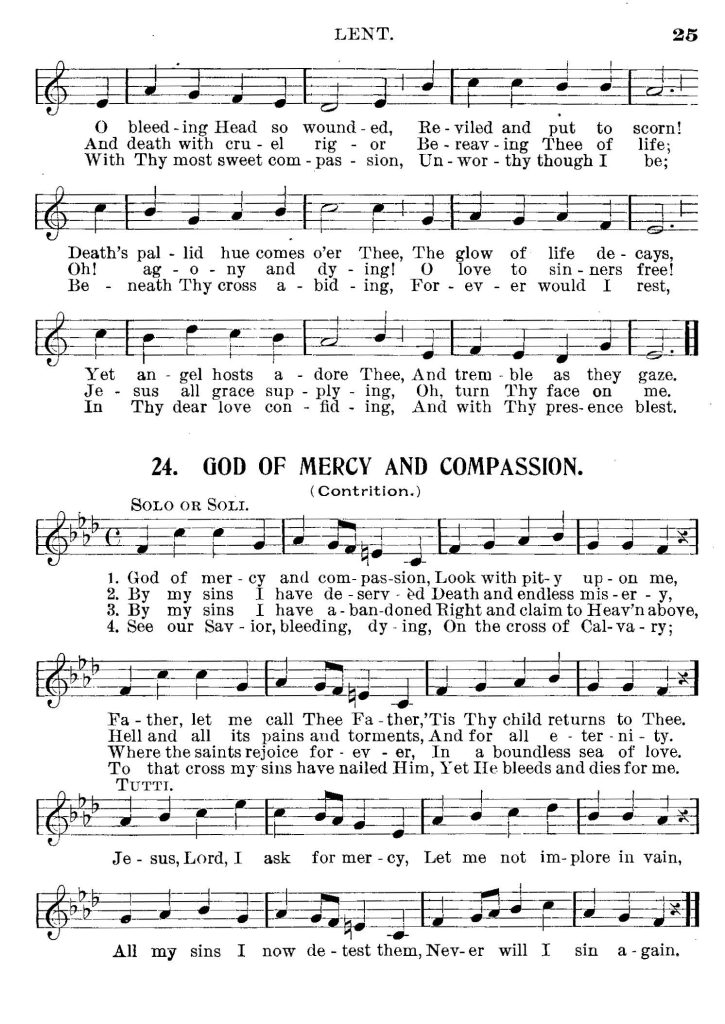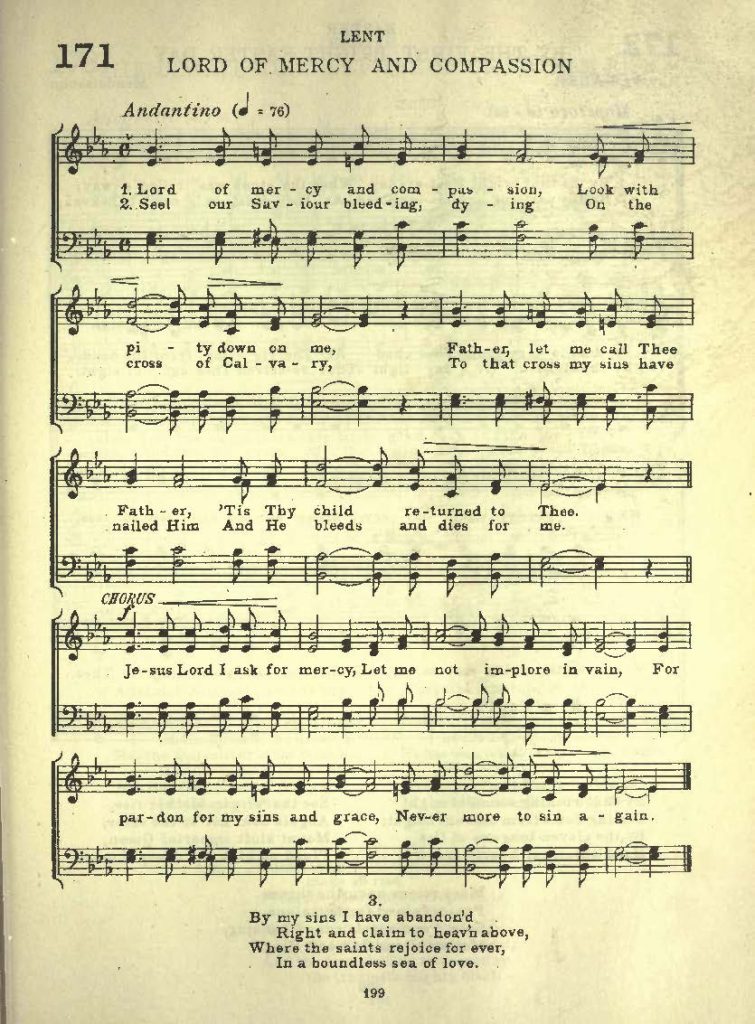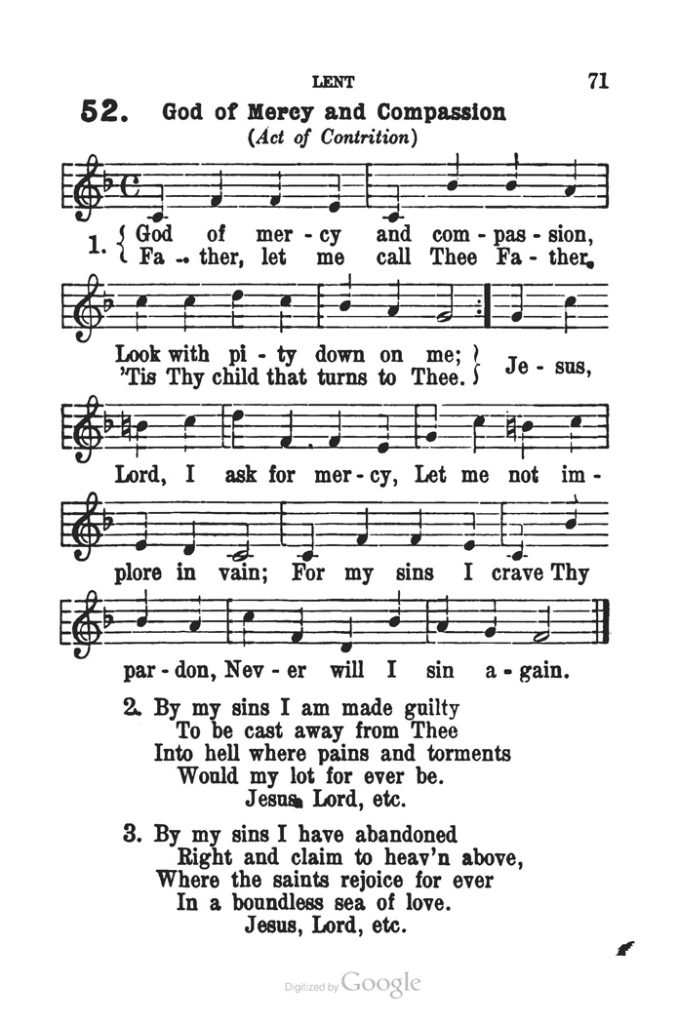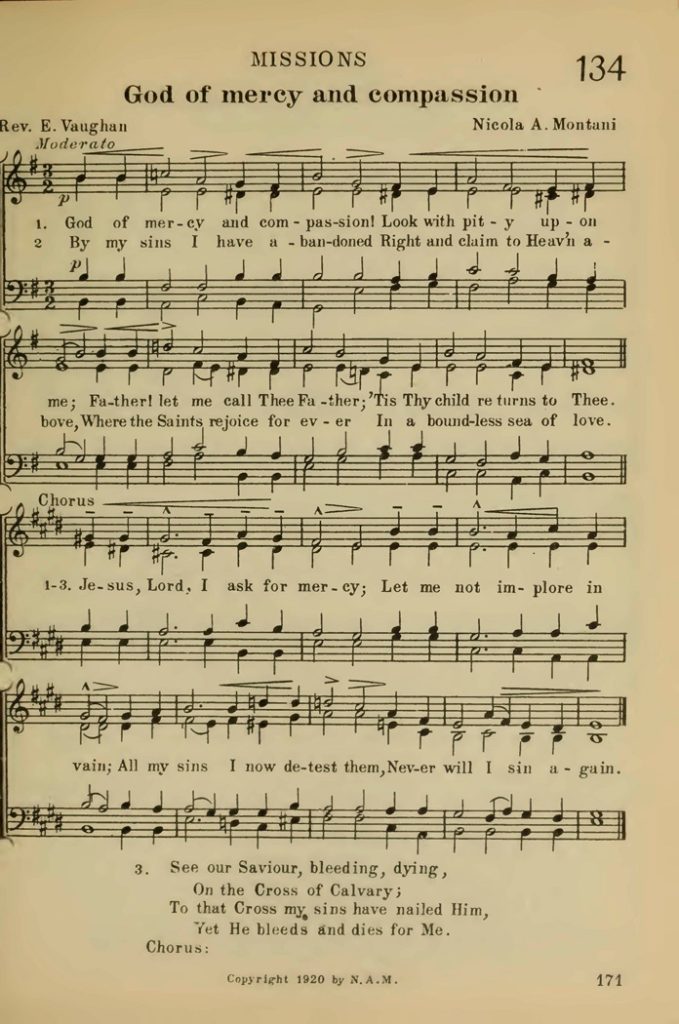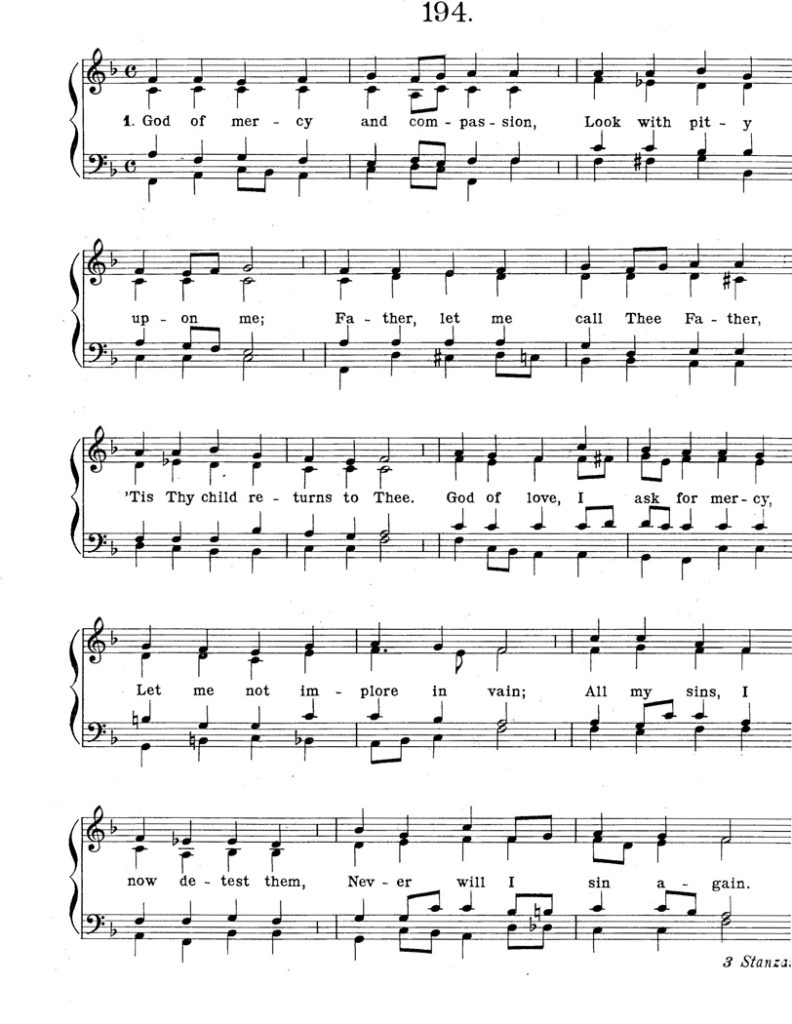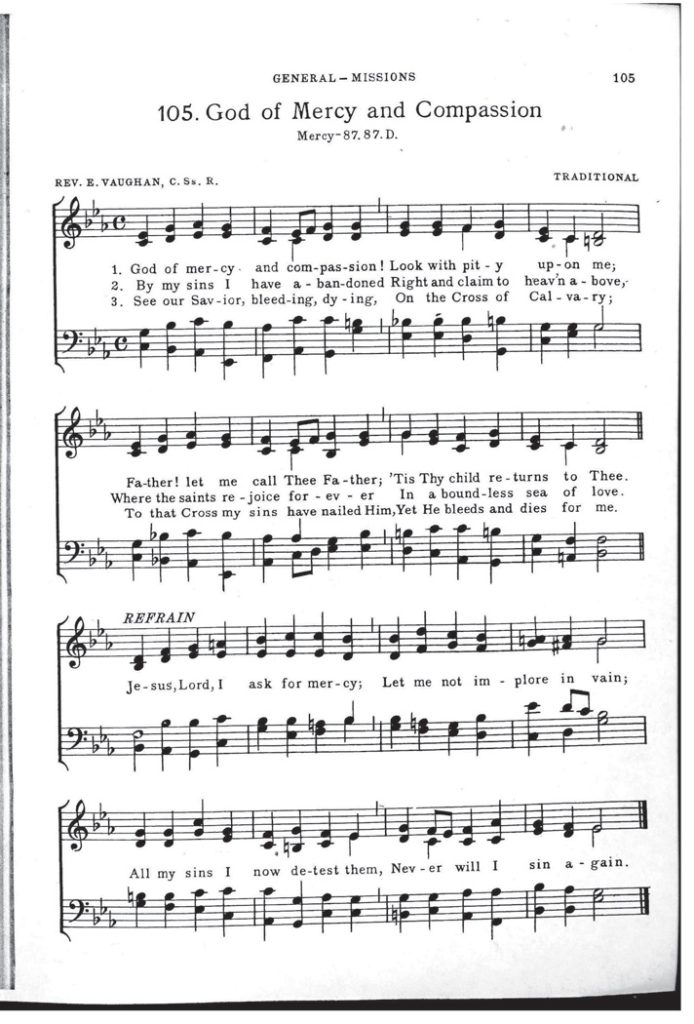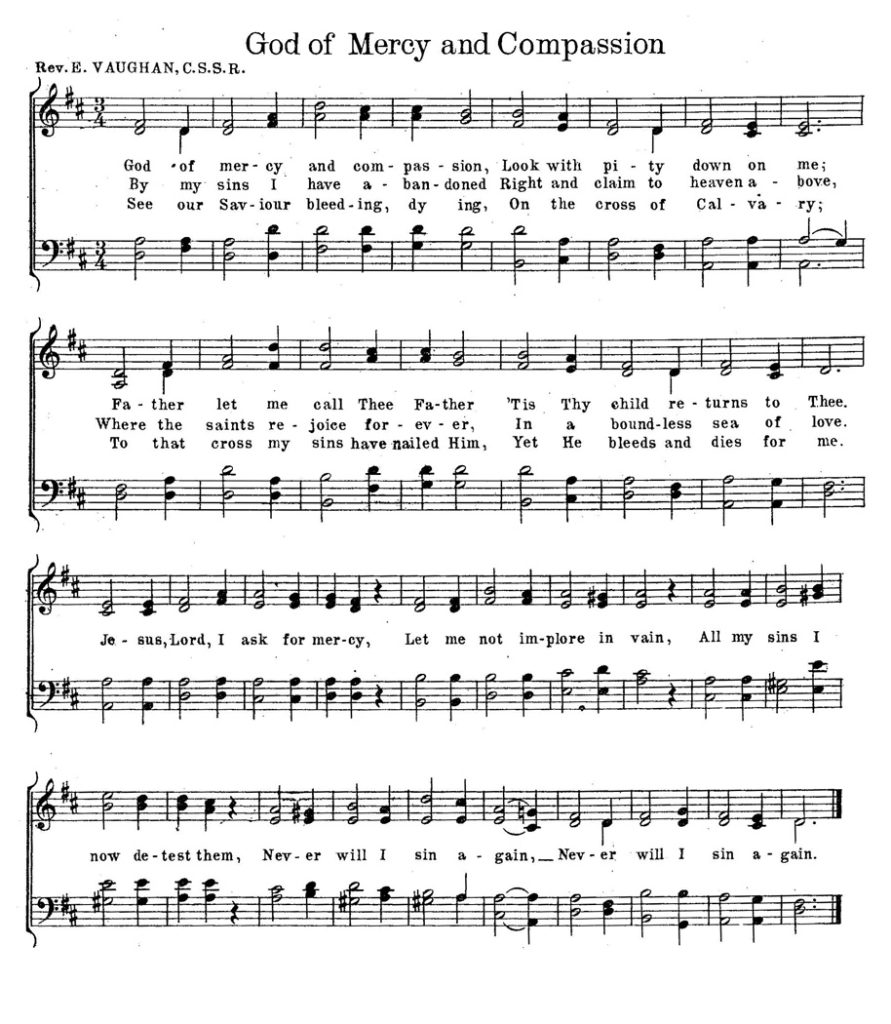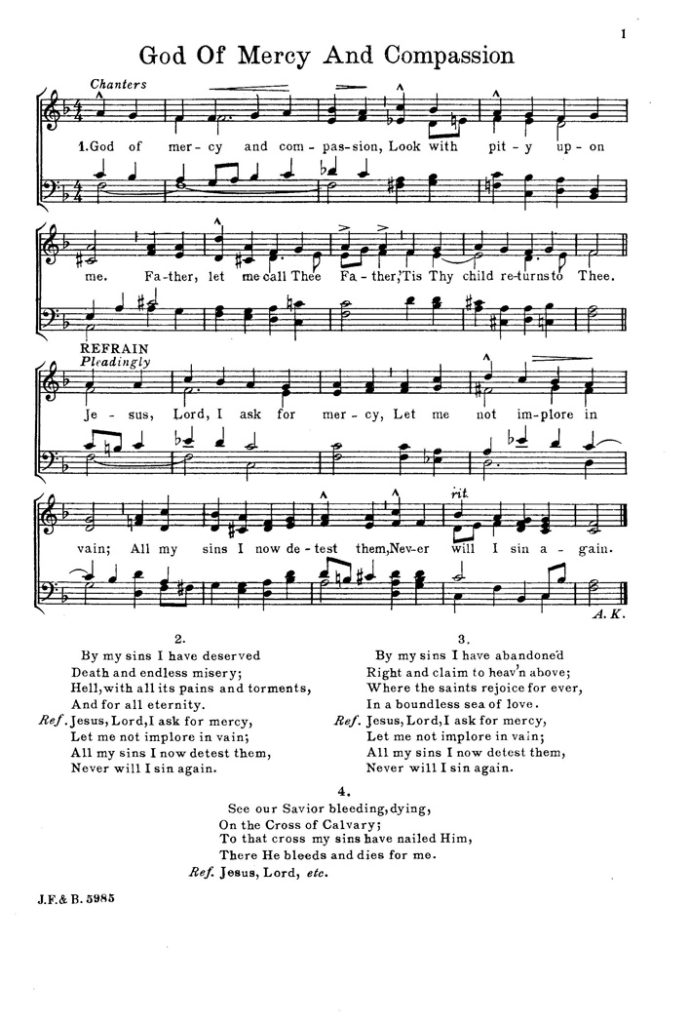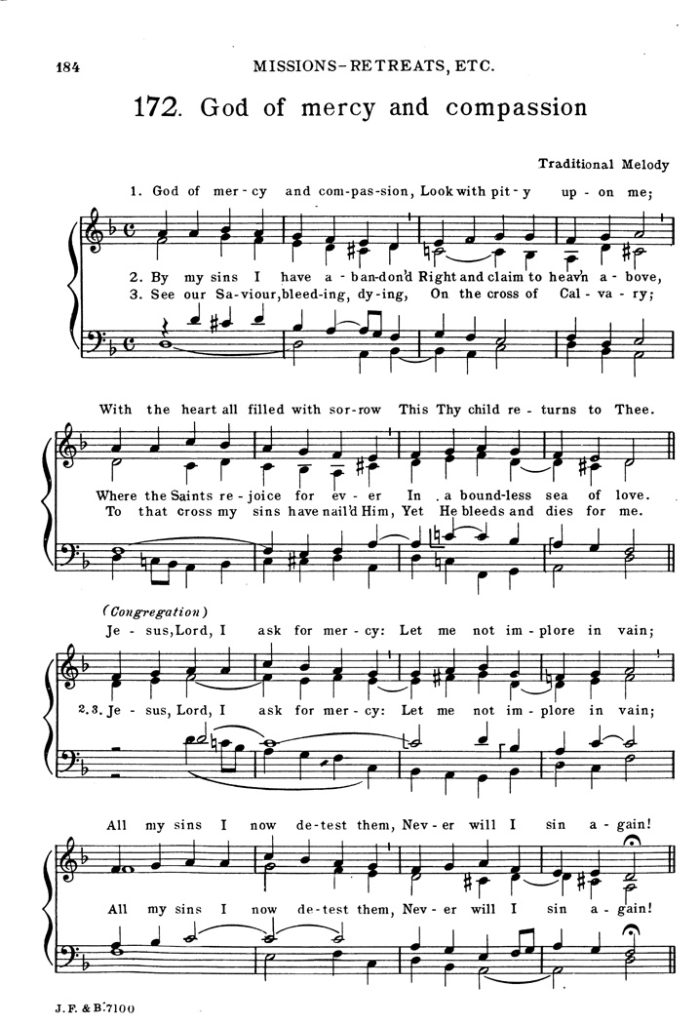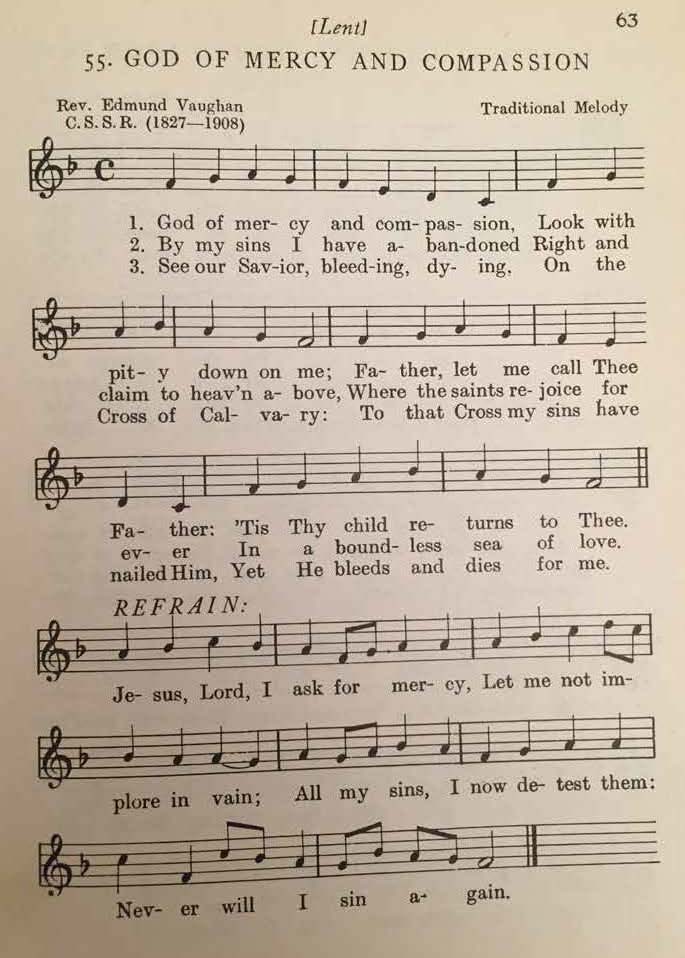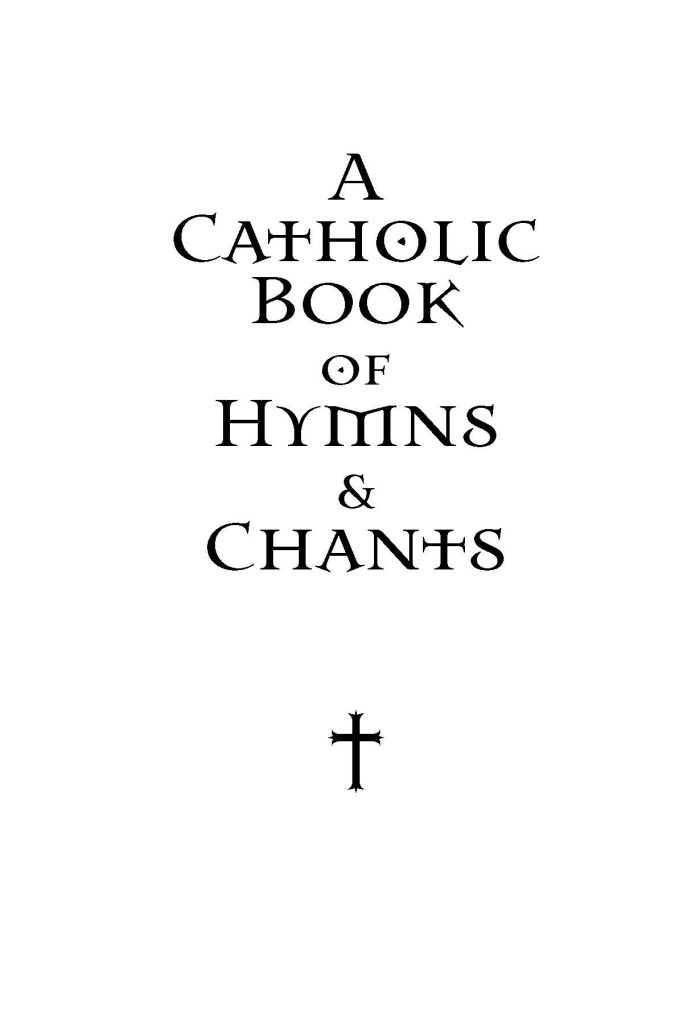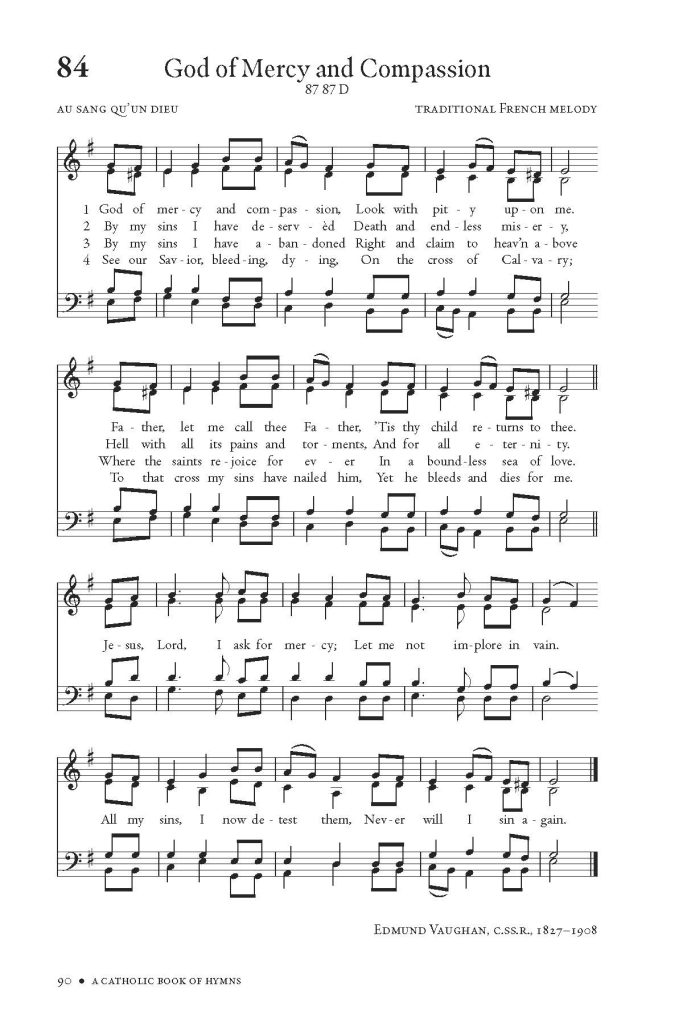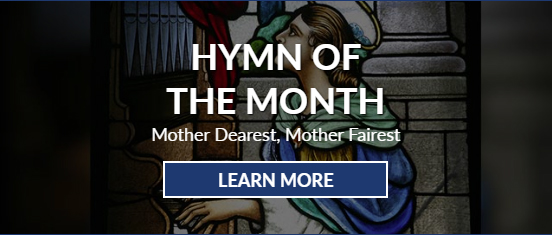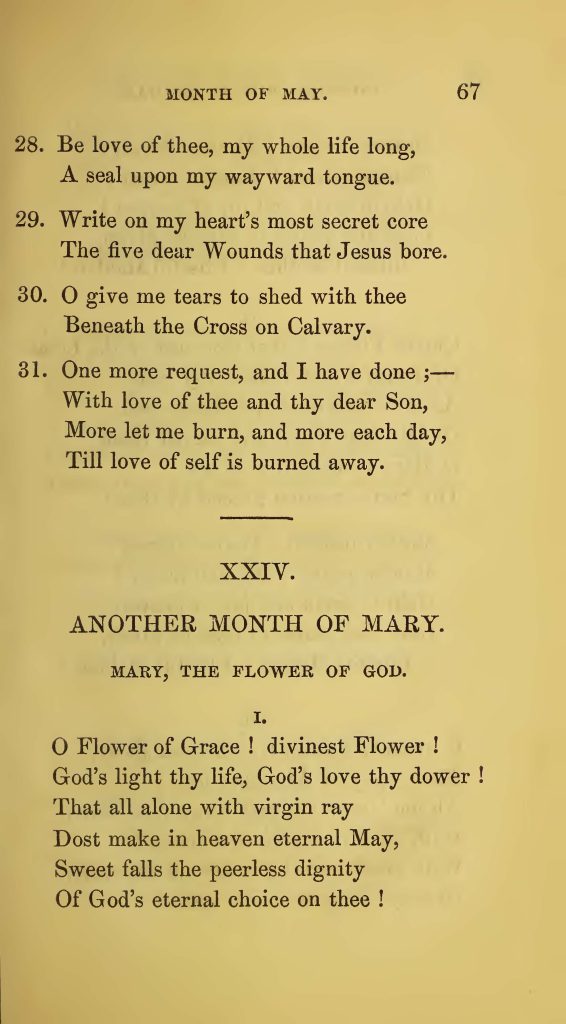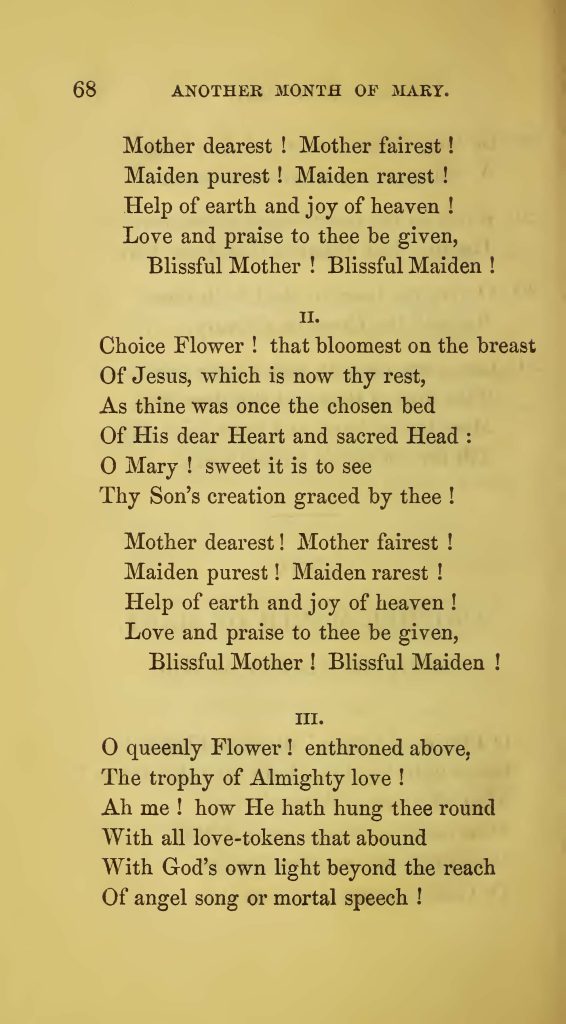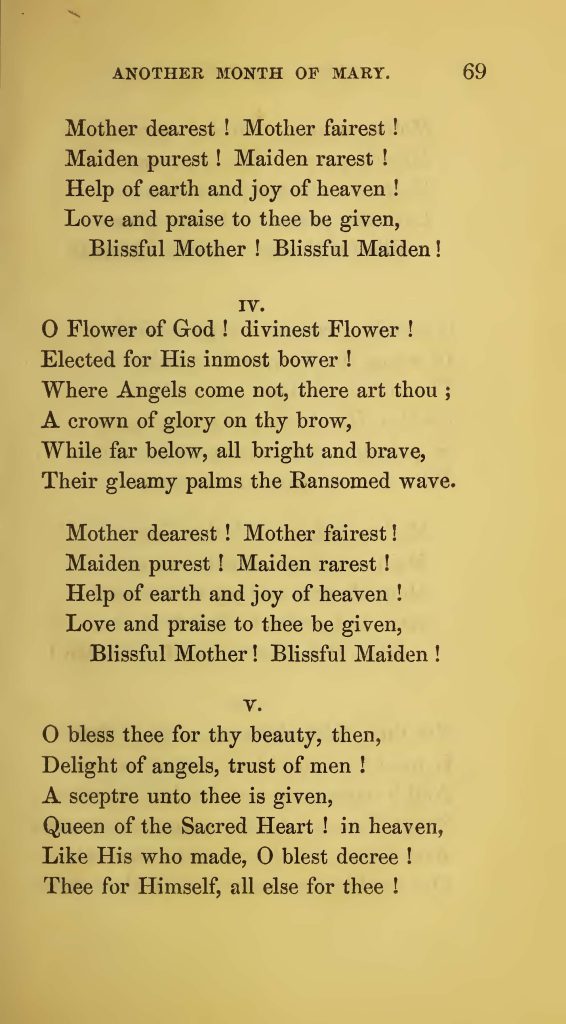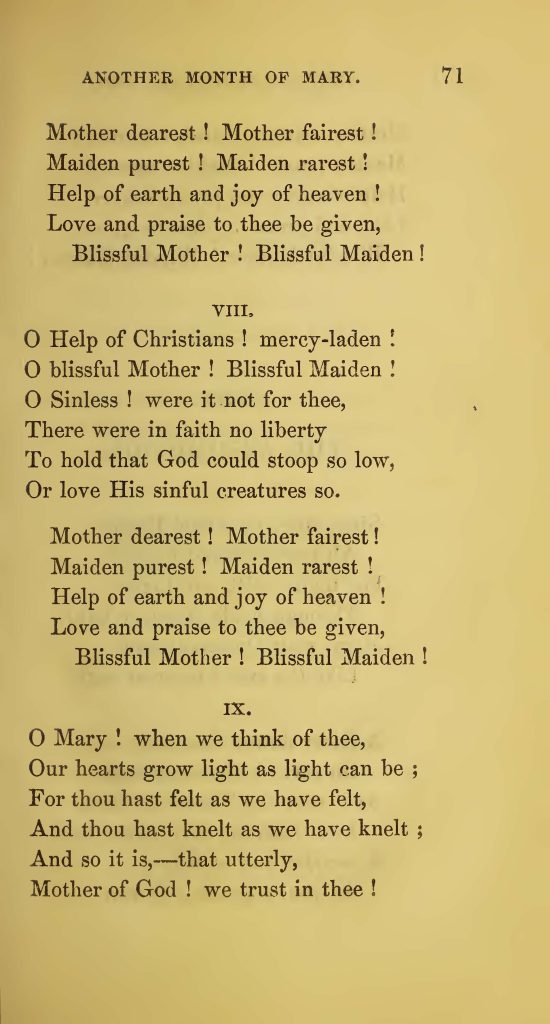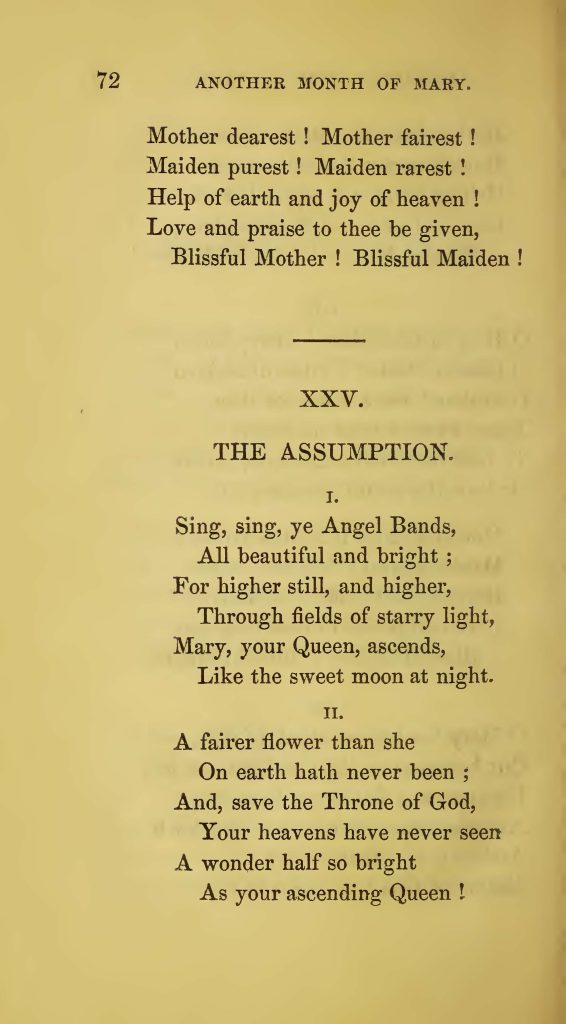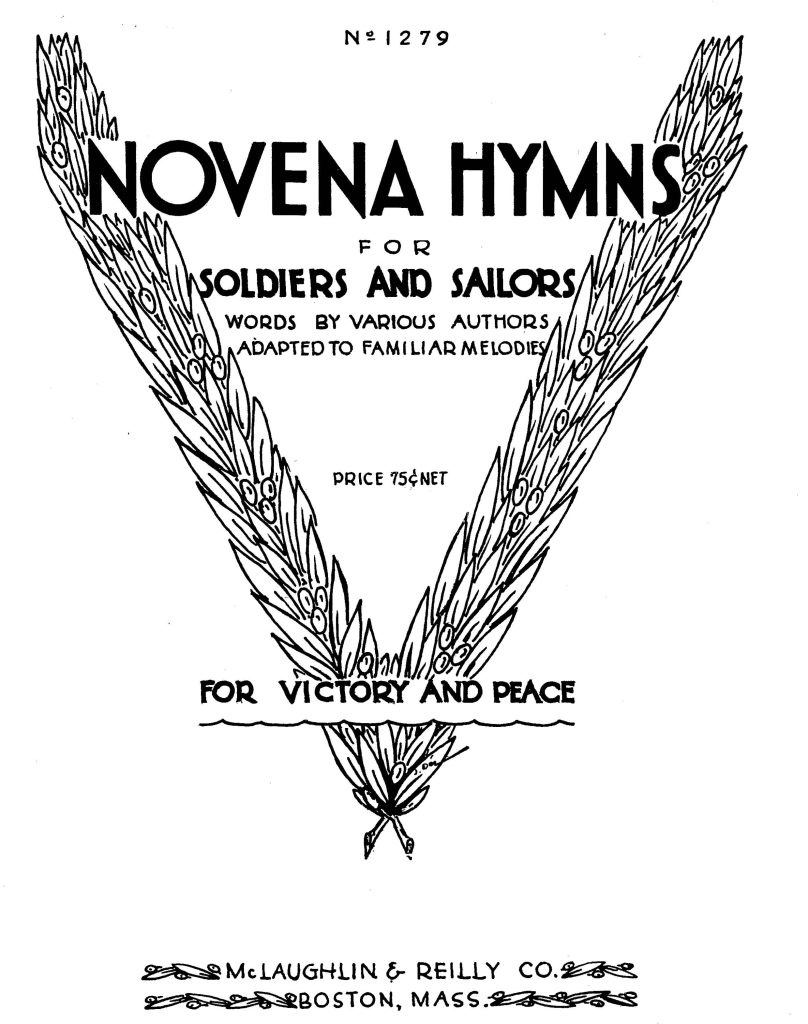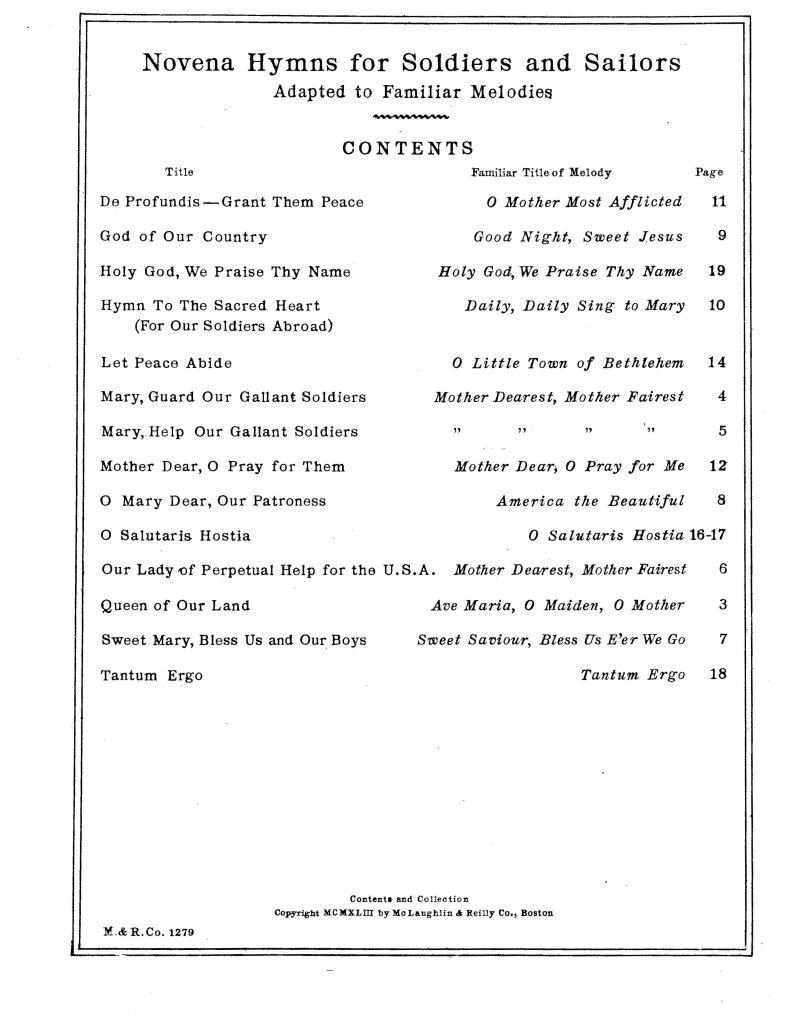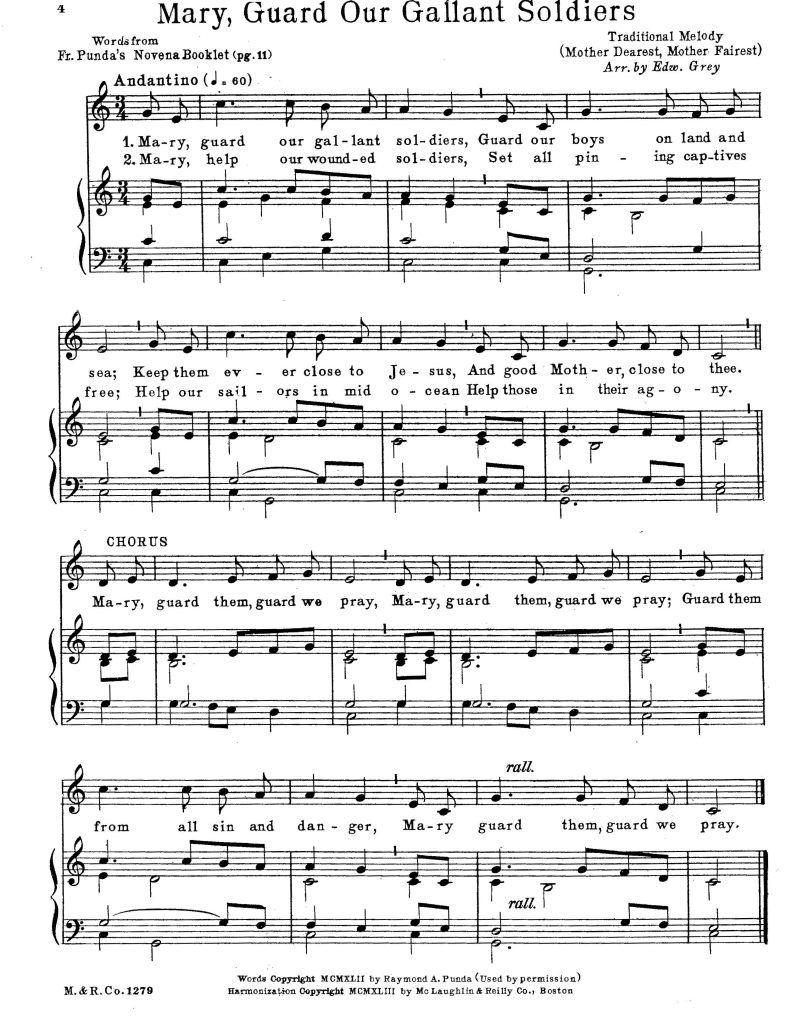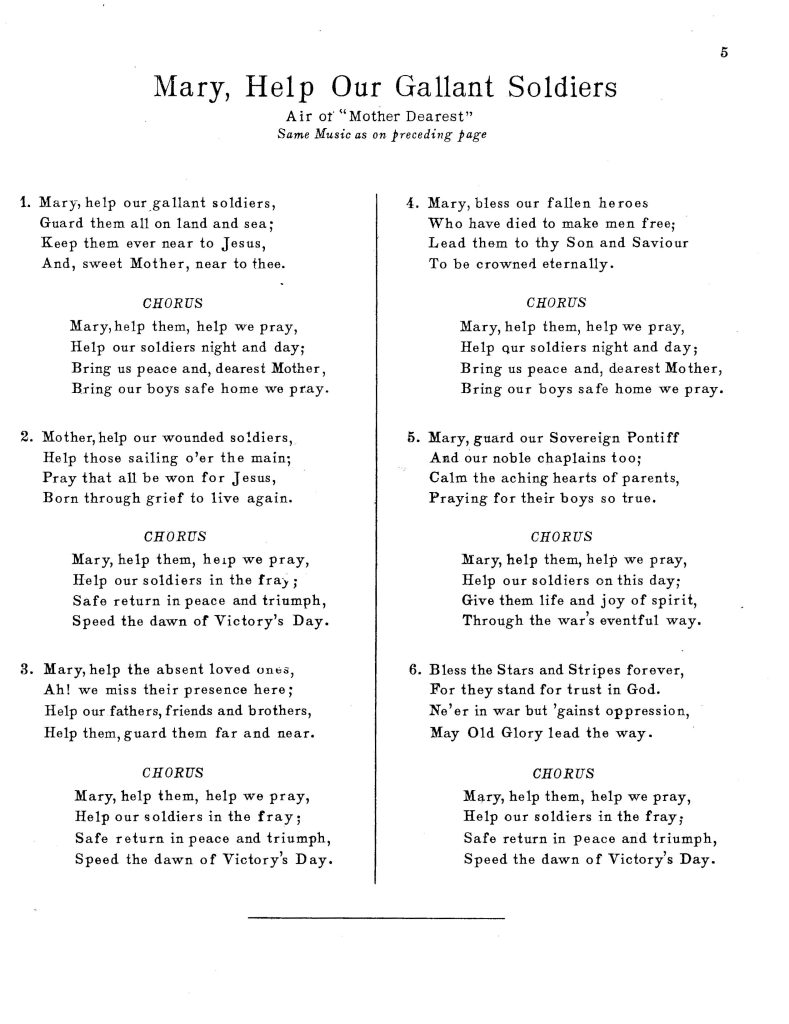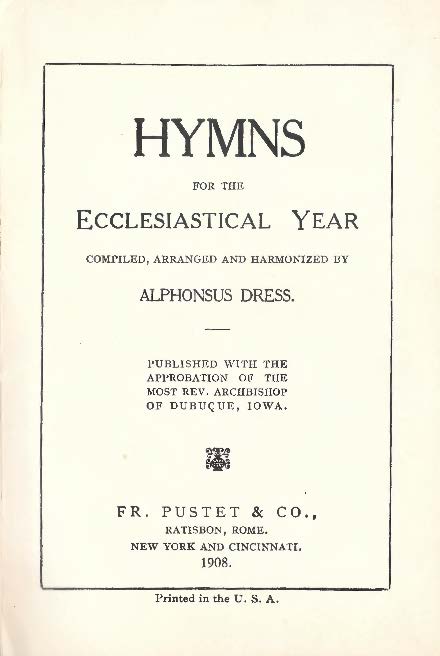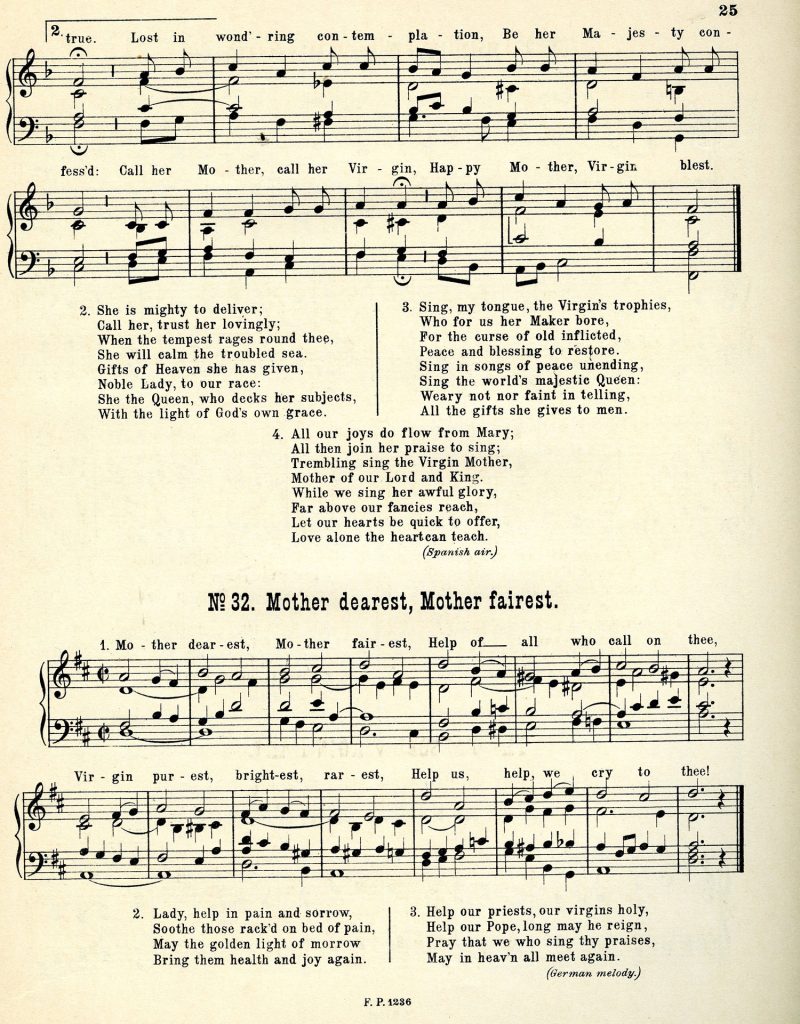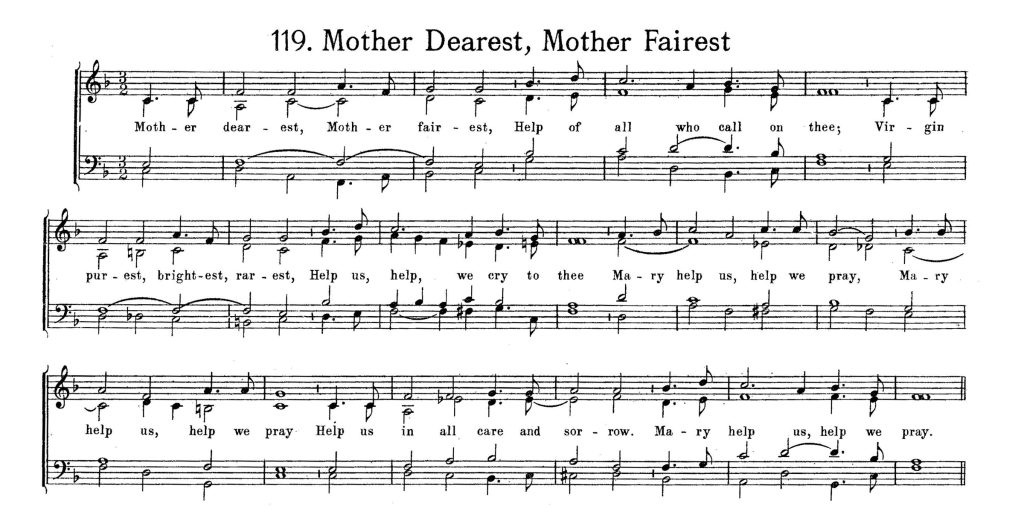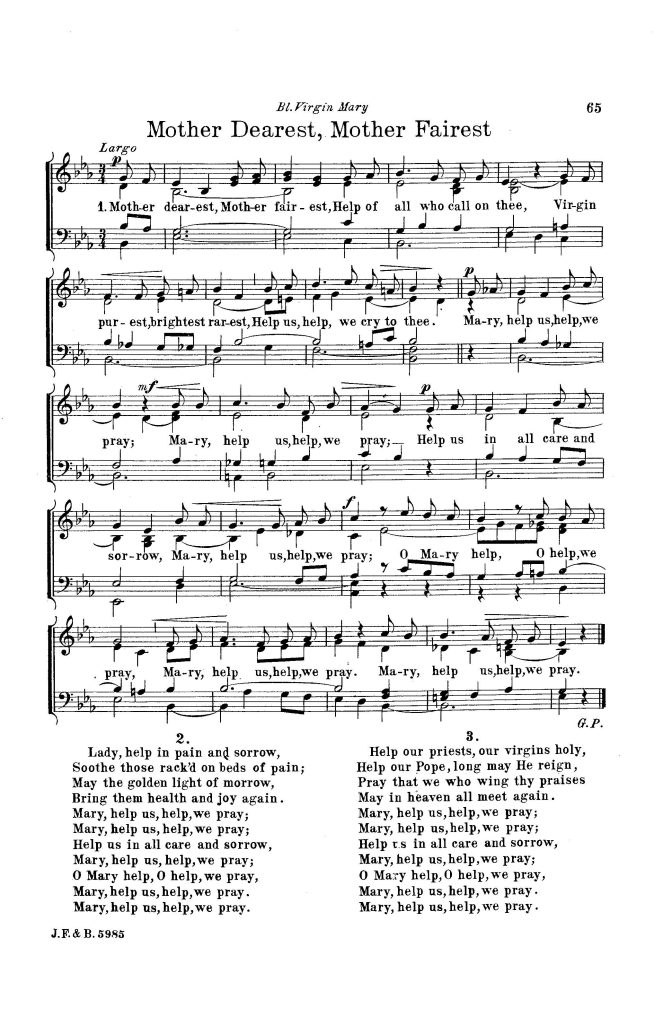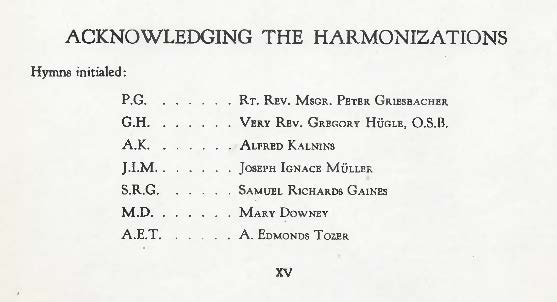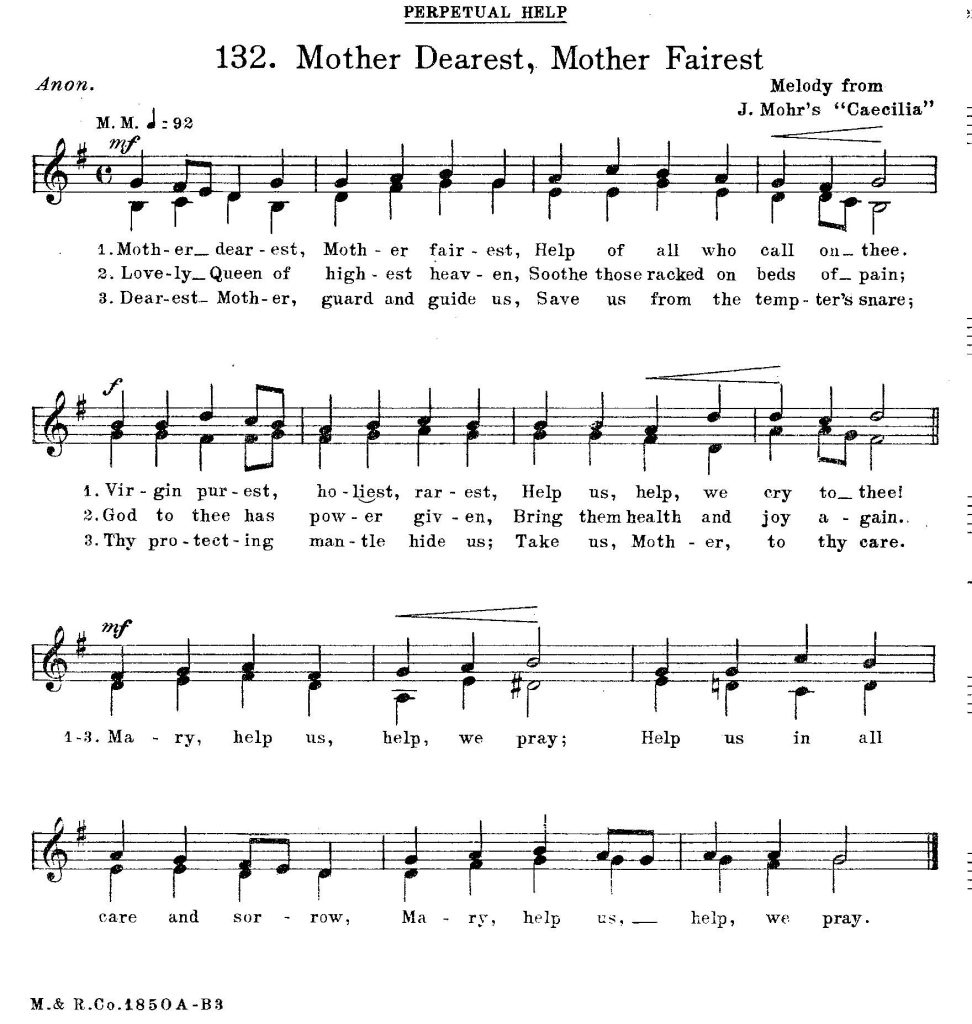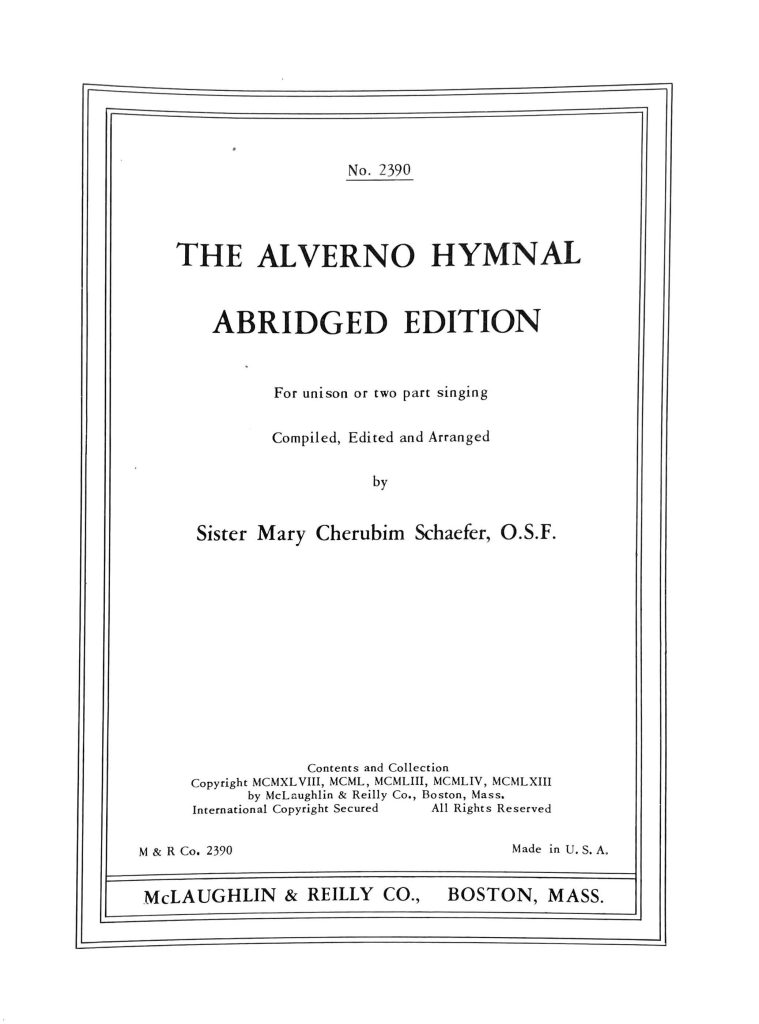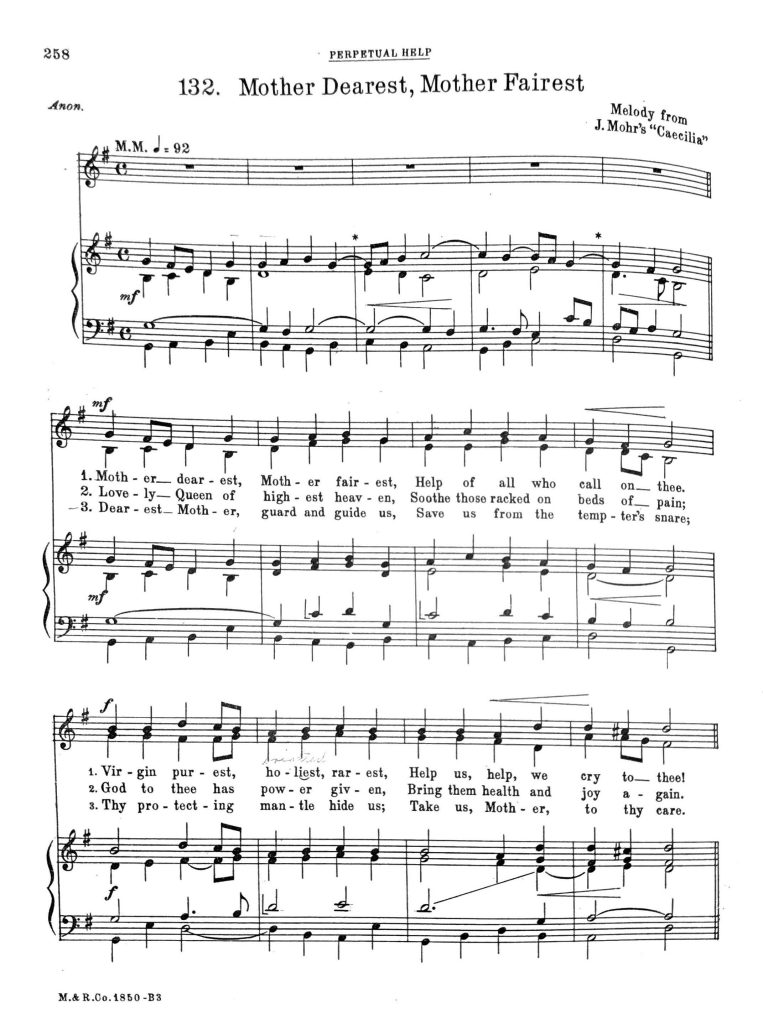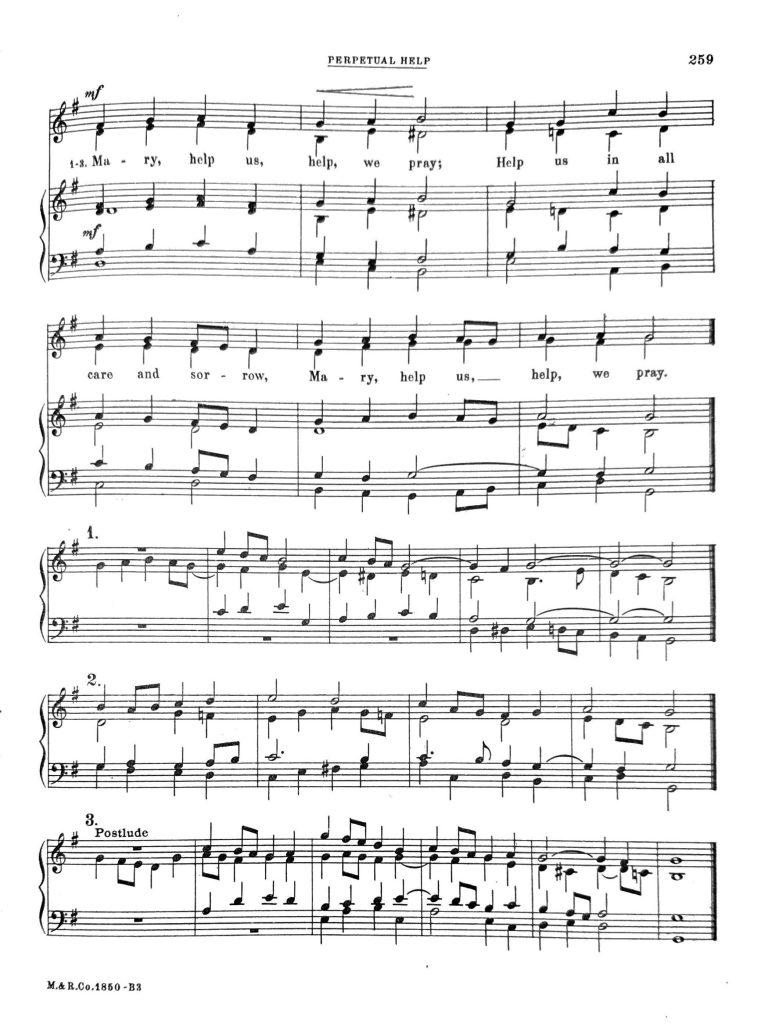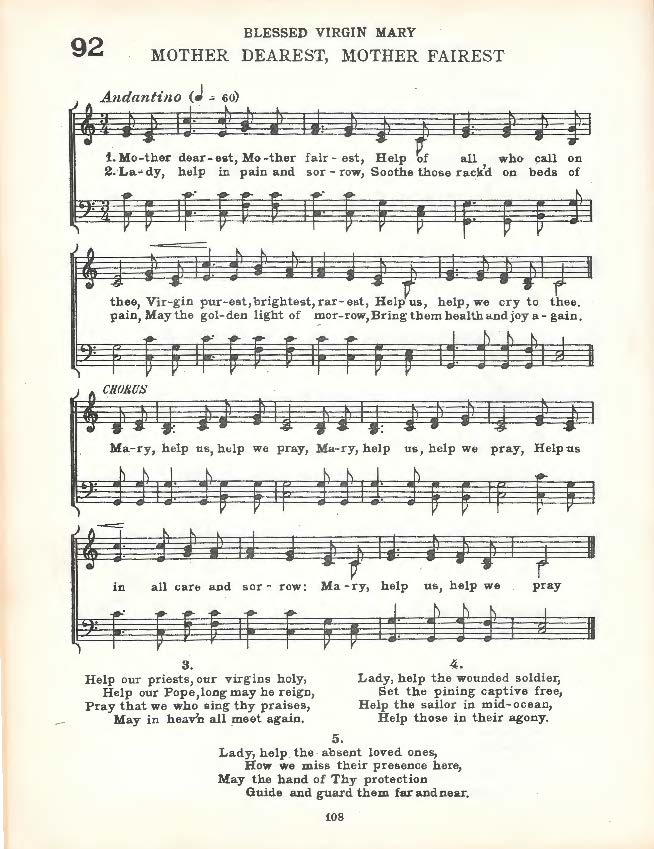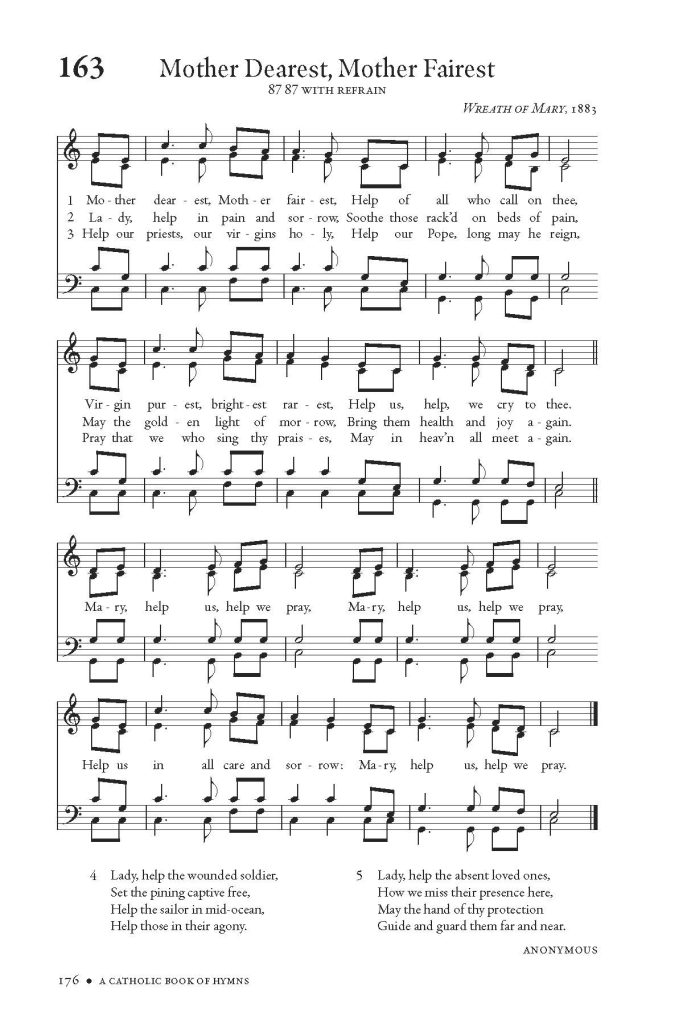In summer of 2023, I was approached by Peter Meggison, producer of The Devotional Hymns Project to engrave five original manuscripts by a religious Sister of Mercy. He recounted a wonderful anecdote about meeting her in 1987, when she was quite elderly but was still able to communicate.
This hymn write-up is about Sister Mary Ignatia Giblin (1910-1990) and her composition for the sacred Christmas song The City of David is Sleeping.
Elizabeth Joan Giblin was born to her parents Thomas and Flora Giblin (neé Lecraw) on November 16, 1910 in Pawtucket, Rhode Island. She entered the Sisters of Mercy at Mt. St. Rita on July 2, 1927 and made her perpetual vows at St. Xaviers in Providence, Rhode Island on March 12, 1933.
While a novitiate, Sister Mary Giblin was a student of Mother Mary Alexis Donnely, R.S.M., a well-known Catholic composer who published three hymnals and various pieces for different occasions. Many of her compositions were published in a series of hymn pamphlets by McLaughlin and Rielly.
Sister Mary Giblin had various assignment throughout the Catholic Schools of the Providence Diocese teaching 1st and 2nd grades. She began teaching music at St. Xavier’s Academy in 1935. She earned a Bachelor of Education degree in music in 1937 and a Bachelor of Science degree from St. Rose’s College in 1942. Then in 1945, she was assigned to St. Mary School in Pawtucket where she taught music.
During the summer months of June and July 1945 she underwent a major operation at St. Joseph’s Hospital and recuperated at St. Francis Xavier Convent. By September of the same year she was back teaching music at St. Mary School, a position she held for several years.
In September 1952, she was assigned to St. Michael School in Providence teaching music at the school and convent. In 1953, almost a year later to the date, she was assigned to Sacred Heart Convent where she taught the fourth grade until 1964.
In the spring of 1964, she underwent an operation for a malignancy at Our Lady of Fatima Hospital and spent the better part of the year receiving treatments and recuperating. She retired in 1972 tutoring part time at the Mt. St. Rita Health Center. In the same year, ill health confined her to the Mercy infirmary. She remained there until her death on November 23, 1990.
At her funeral, one of her pupils reflected on her life. All of us who were associated with Sister Mary Ignatia can look back on her and on her special gift of music and fondly recall how she shared that gift with so many people. Her greatest joy was to create music: to play the organ for Mass or Benediction, to direct operettas,… to rewrite or reword songs for sing-a-longs that added so much joy to a sister’s jubilee celebration, to bring smiles to the faces of little children, to encourage young musicians who were struggling as they began to learn how to play the piano, or those taking voice lessons who tried so hard – according to the instructions – to breathe from the diaphragm and always to use head tones.
Throughout most of her active years in ministry, she was known for her love of music and her ability to pull music talent from even the most unlikely sources. For one whose life was so filled with song, we may also say that her songs became prayers. For she fingered her rosary constantly and always appreciated and responded when someone spent a few moments with her in prayer.
The music which follows was transcribed from original manuscripts provided by Peter Meggison, producer of The Devotional Hymns Project.
The following musical arrangements were made by David E. Sylvester, a long-time organist and friend of Peter Meggison. David started playing the organ at St. Mary’s Church in Pawtucket at a young age when Sister Mary Ignatia was a teacher, although he didn’t have her in school when he was a student there. David and I exchanged emails shortly after I transcribed his arrangements, and he was quite impressed stating Outstanding job on the music! He conveyed to me that all of his choir’s loved to sing this sacred Christmas song.
The City of David is Sleeping, edited, and arranged by Gilbert Prentiss (1927-2008), was published by McLaughlin and Reilly Co., in 1968. It also appeared in piano songbooks of the 1960s and 1970s.
The photo below is courtesy of the Sisters of Mercy of the Americas Archives in North Carolina.
A comment on the photograph. The date of the photo is not known but is probably around 1929 when Sister Ignatia was a Novice. Few photographs exist of the Sisters but clearly there were times when groups were photographed. Sisters were not usually allowed to have photographs taken until the late 1960s, which makes this photograph incredibly special.
While researching this sacred Christmas song, I came upon a newspaper article found in The Thompsonville Press, a Connecticut newspaper. This particular edition was published on December 31, 1914 in the social column In Neighboring Places. The article describes the Christmas morning services at St. Mary’s Church in Longmeadow where a Miss Gertrude Hughes sang a solo The City of David is Sleeping.
This confirms anecdotal evidence conveyed to me that the City of David appeared in some old hymnals and that the composition by Sister Mary Giblin is original.
Sister Mary Ignatia also composed music for the following hymns. Look for these and other fine hymns in future write-ups.
- Ave Maria (May 1944, Ascension Day)
- God of Love (a Thanksgiving hymn)
- Jesus When in Cruel Anguish
- My God, My Life, My Love (August 1944, while on retreat)
Reflection
Having the opportunity to transcribe Sister Mary Ignatia’s original manuscripts allowed me to be the first to hear her music in a long time. I was immediately captivated by The City of David Sleeping. It is absolutely beautiful, it is simple and easy to learn, and most of all, it tells the wonderful story of Christmas. It brought back memories of the of kind of music that I would sing with St. Mary’s Choir in Akron, Ohio. Take a moment to read the verses and reflect on them, and I’m sure you’ll agree.
The music of Sister Mary Ignatia Giblin, R.S.M., like those who came before her, Sister Mary Xavier, S.N.D; Sister Mary of St. Philip, S.N.D.; Sister M. B., R.S.M; and Sister Mary Alexis Donnelly, R.S.M, have been forgotten by all but a few vintage organists and hymn researchers.
I think it’s important to remember their contributions and to sing their hymns and sacred songs once more.
A special thank you to Peter Meggison, producer of The Devotional Hymns Project who made available to me a new recording of Sister M. Ignatia’s The City of David is Sleeping.
If you liked this write-up on Sister Mary Giblin’s sacred Christmas song, please take a moment to read about these other fine hymns and sacred songs that are very appropriate for the Christmas season.


